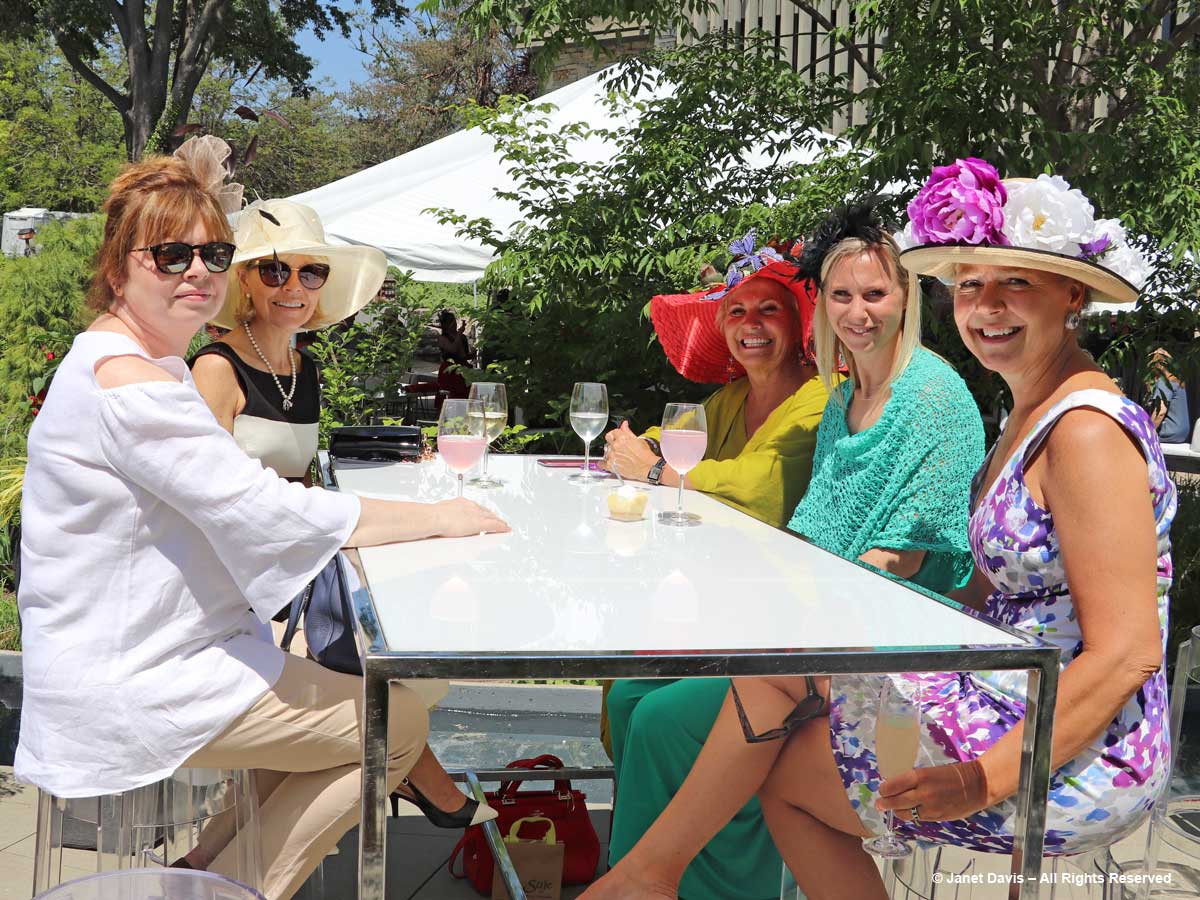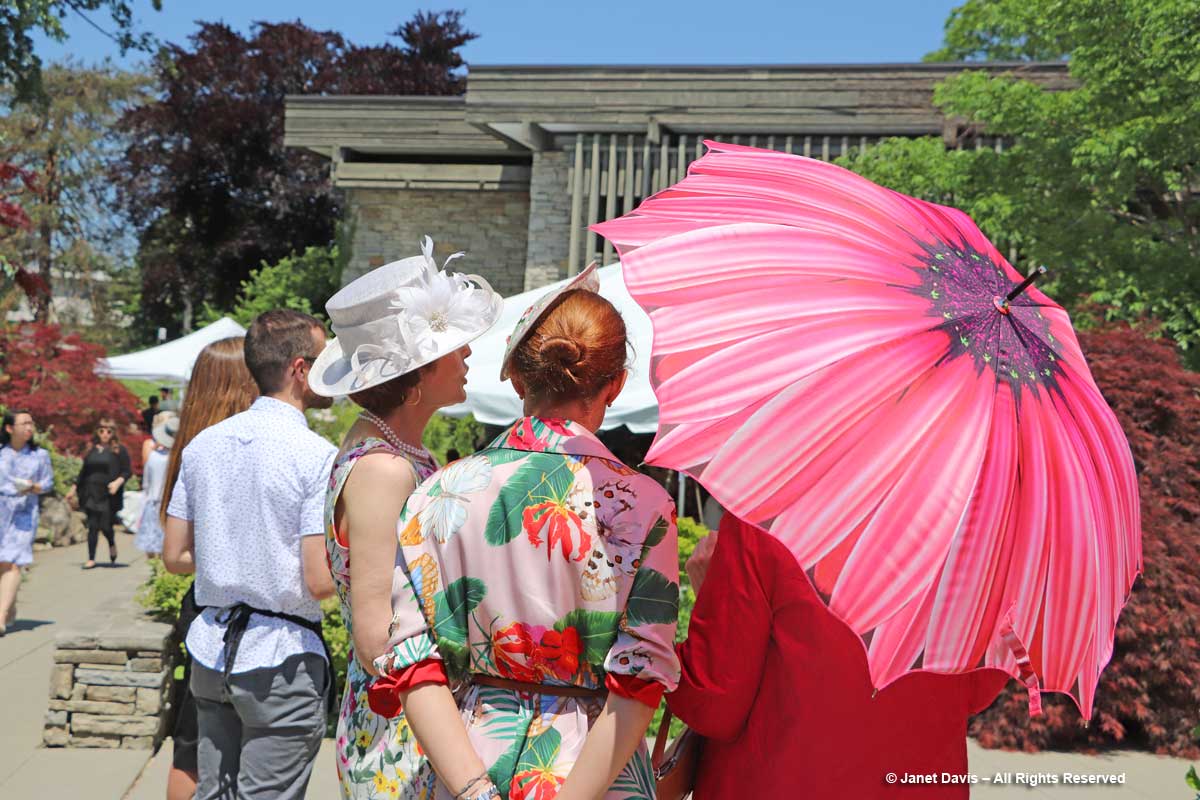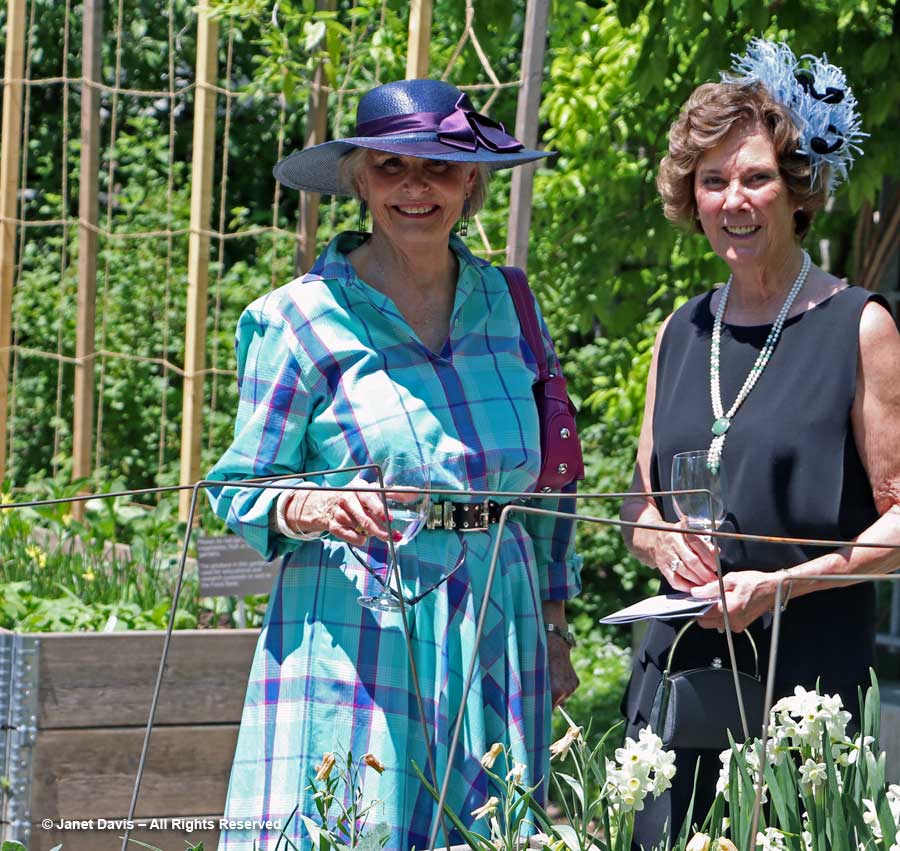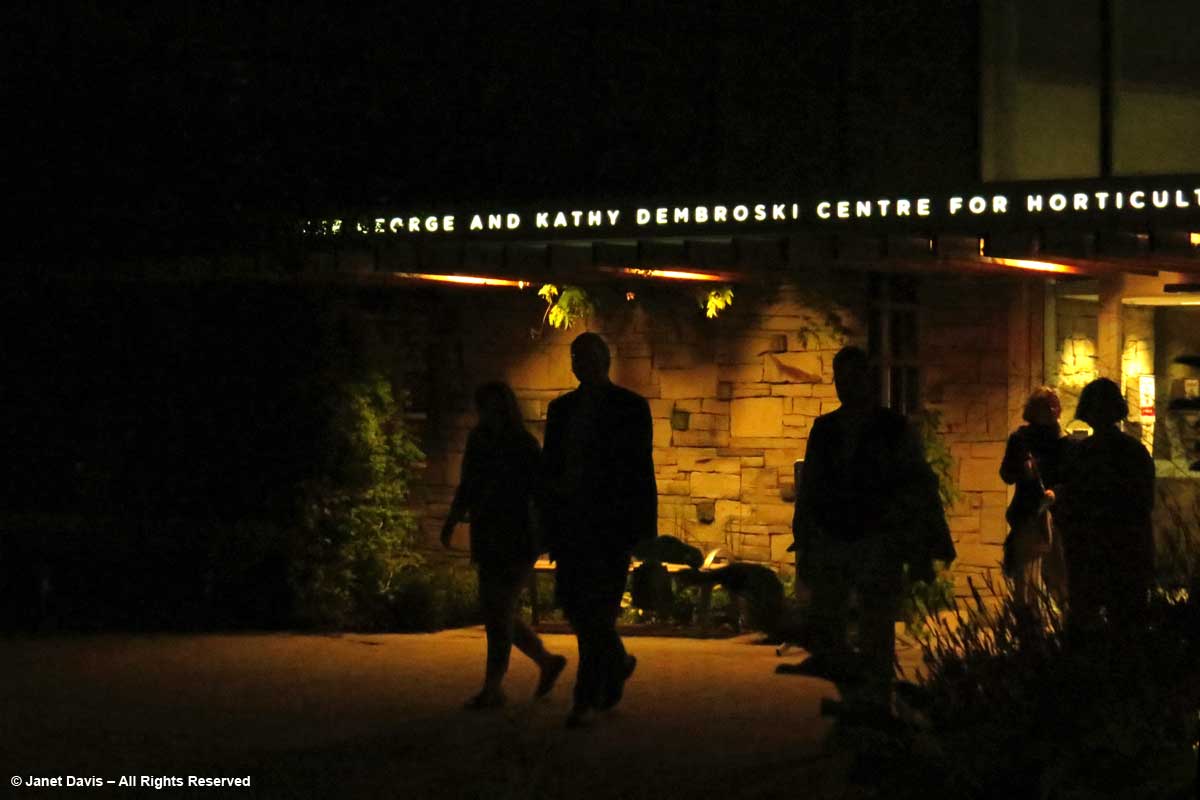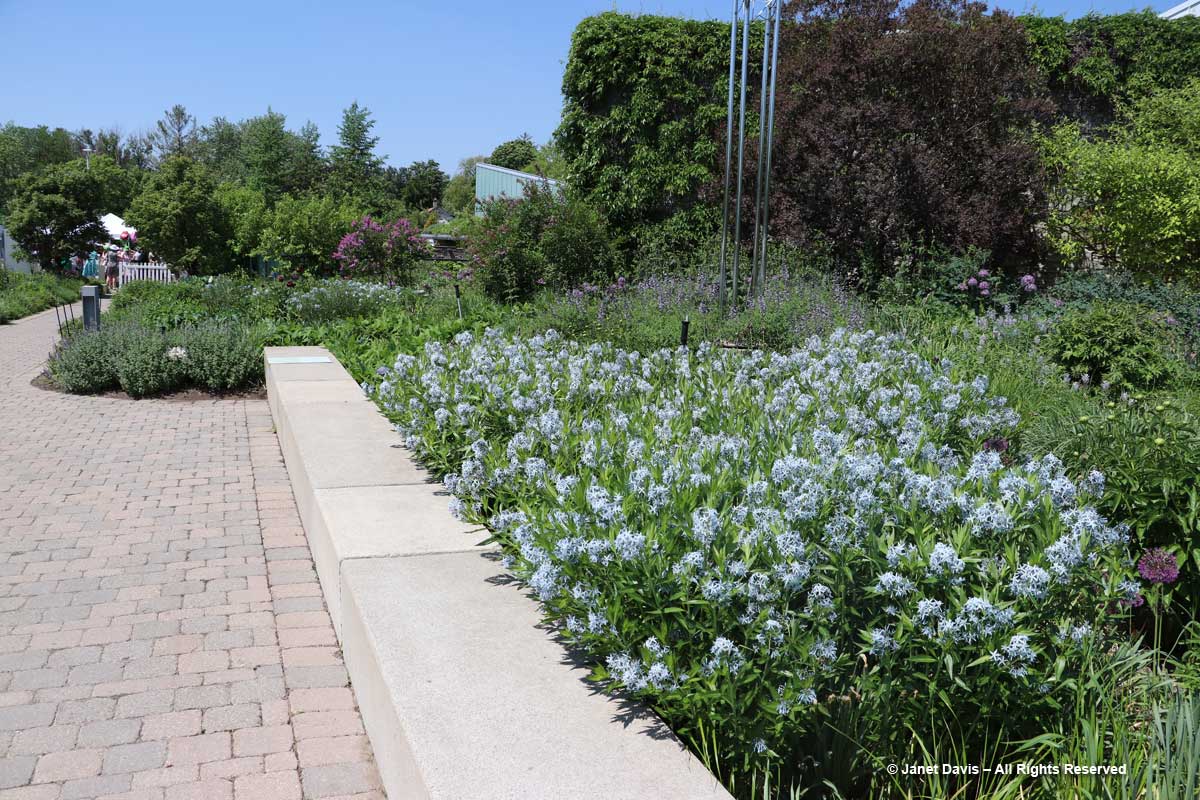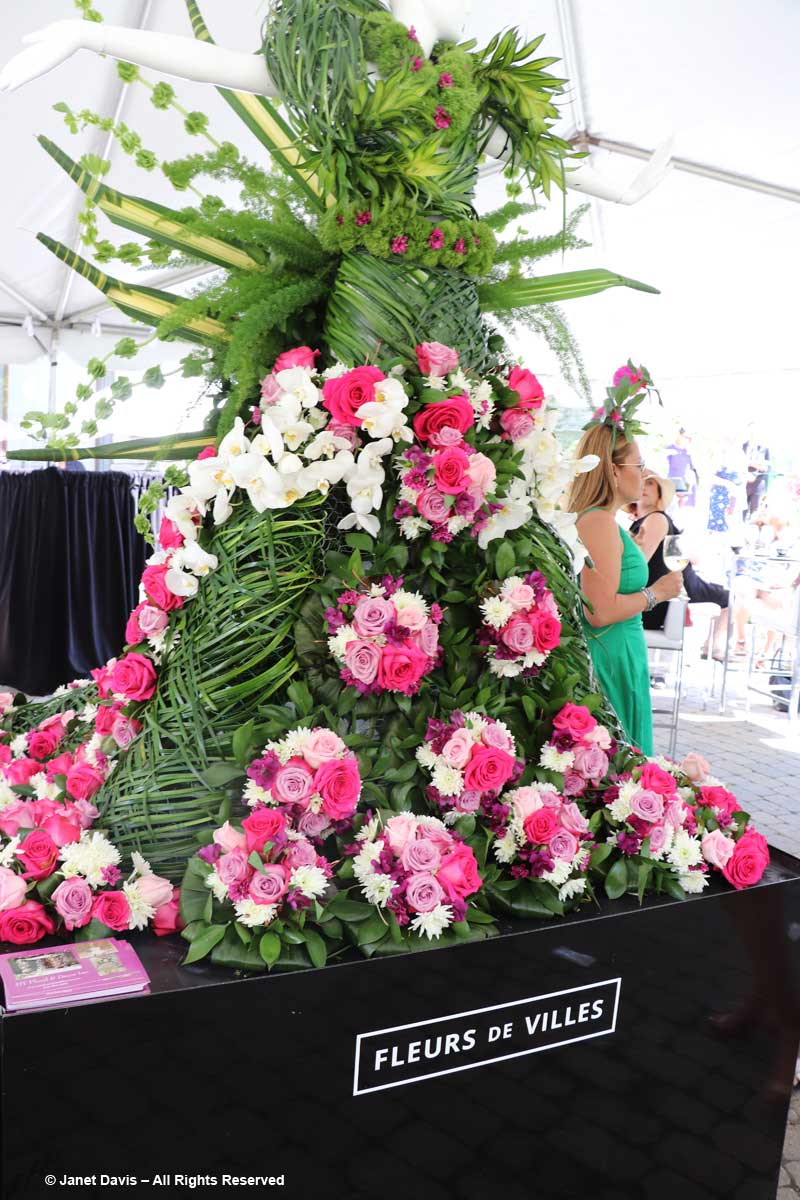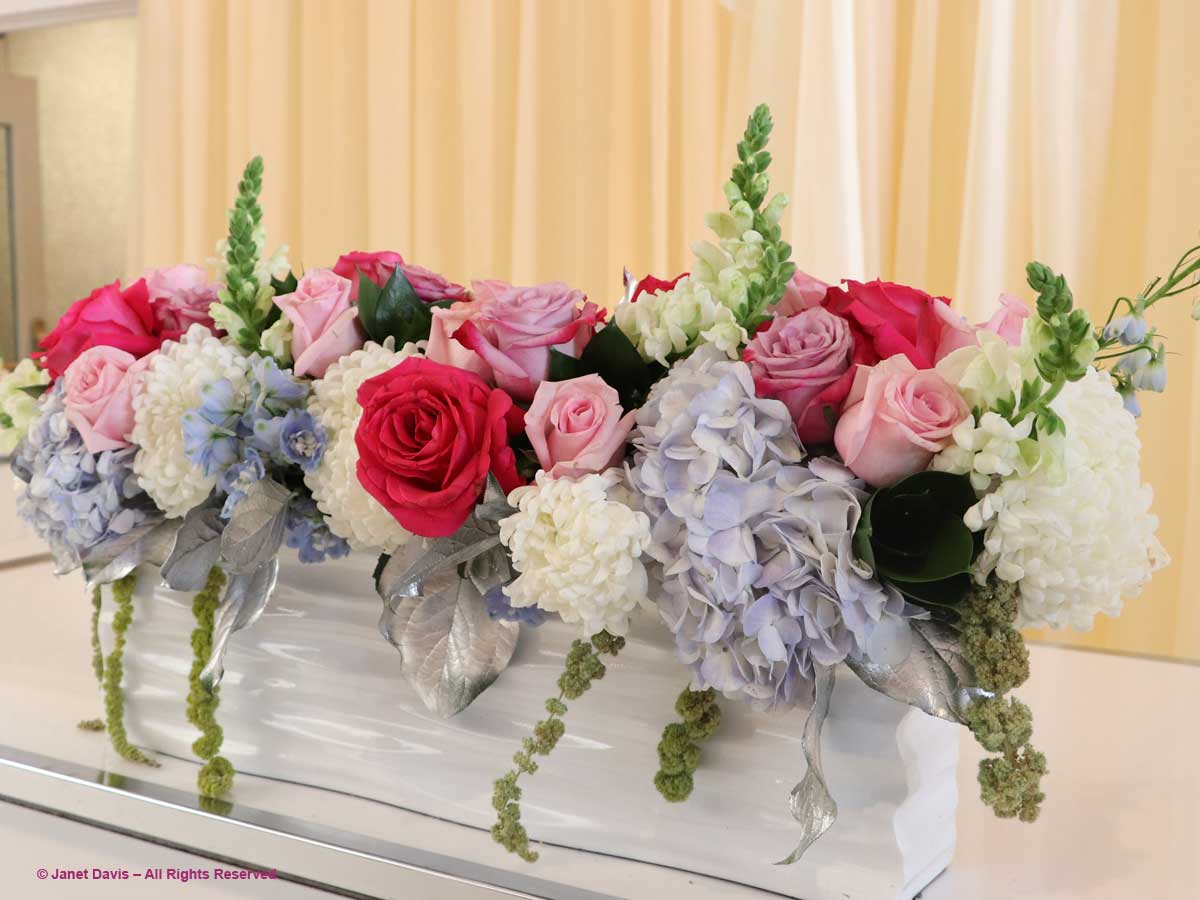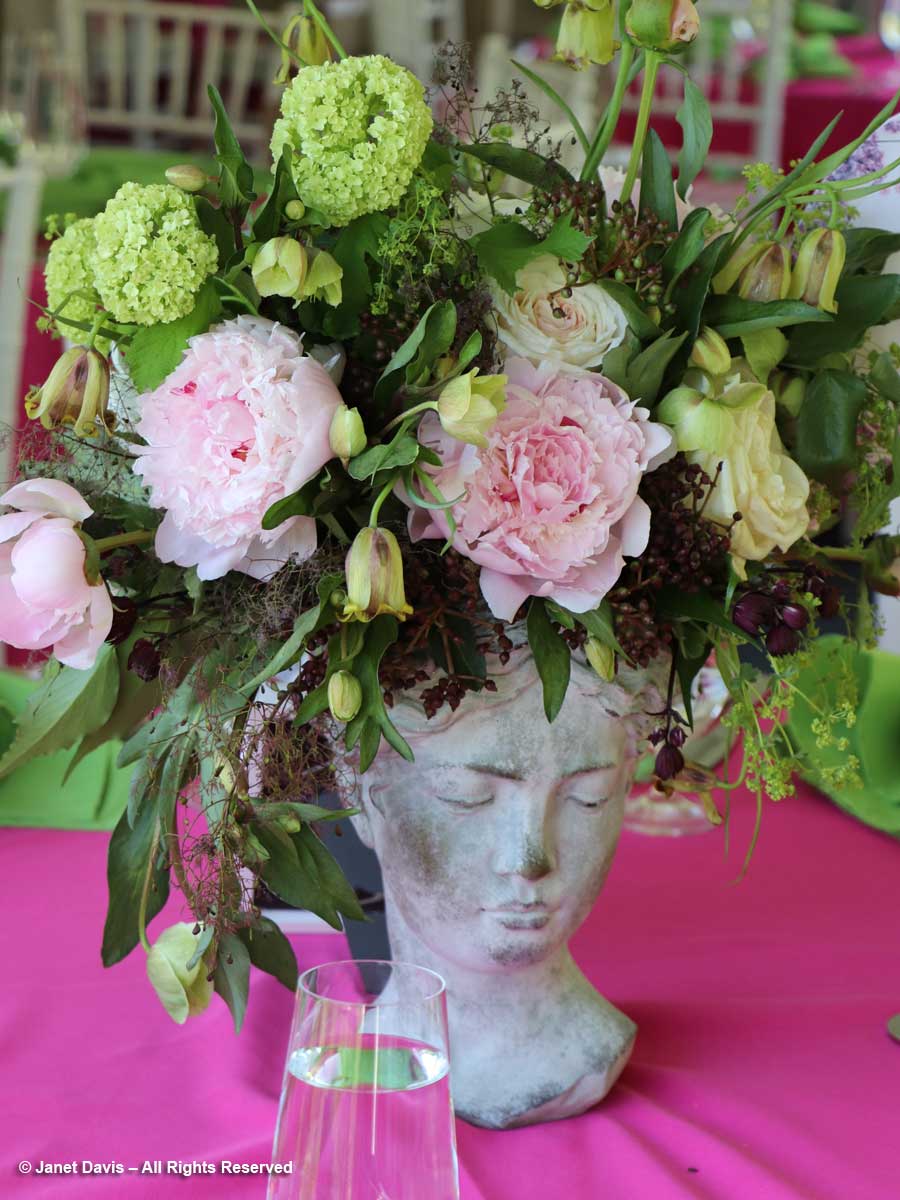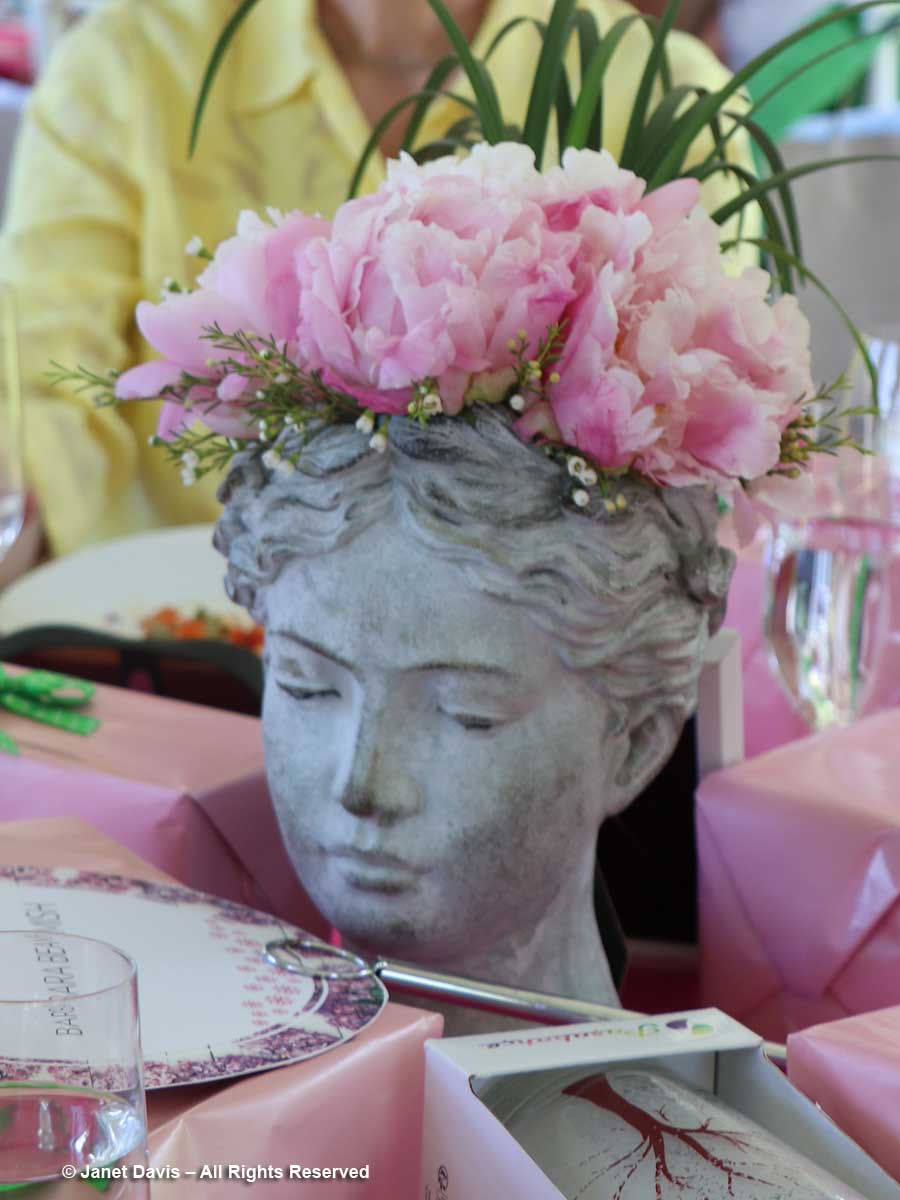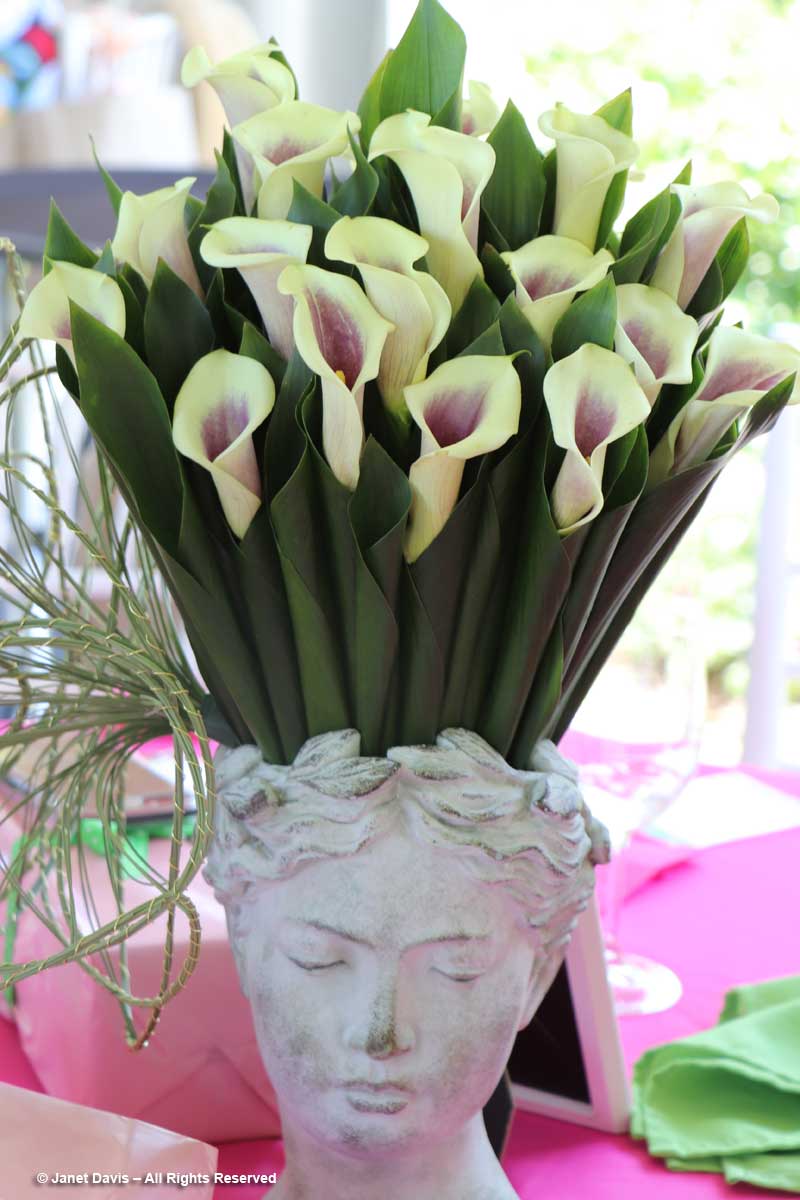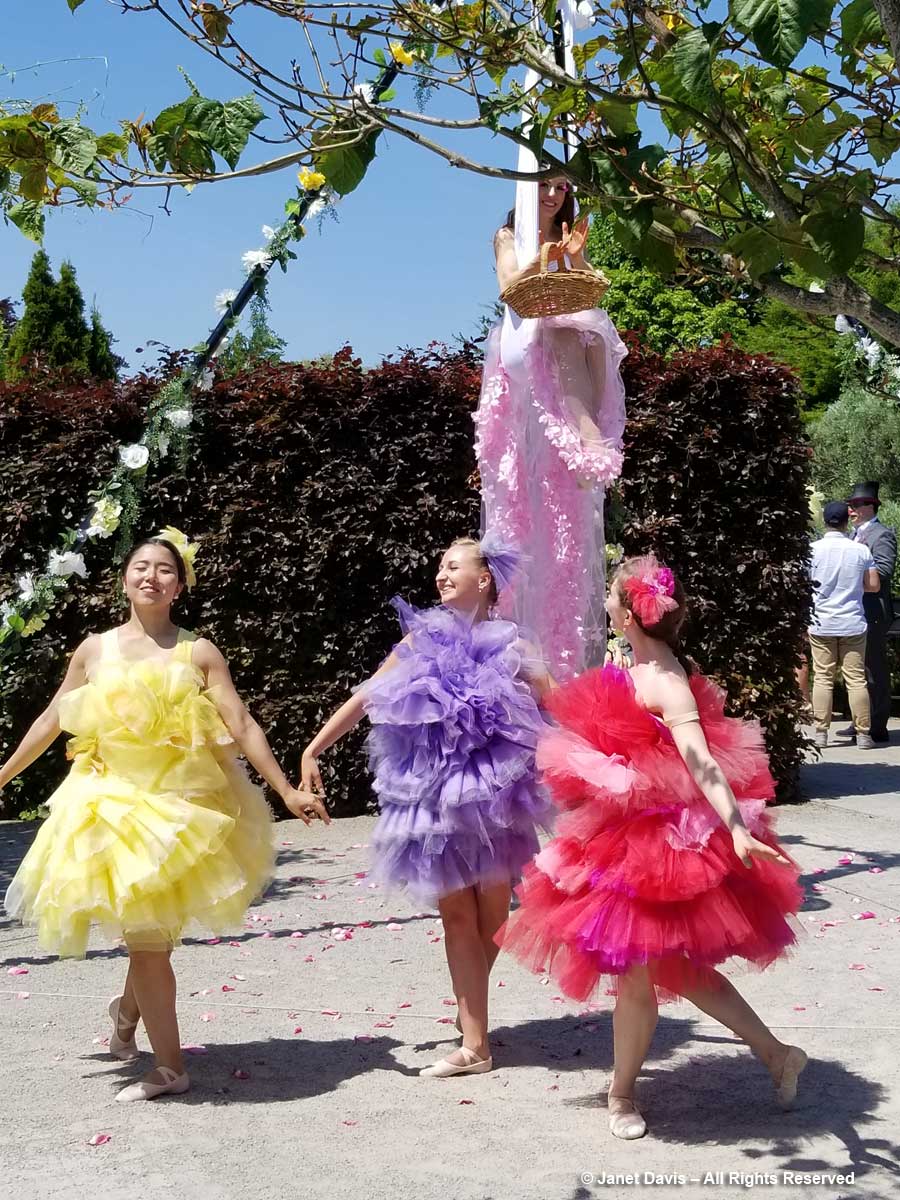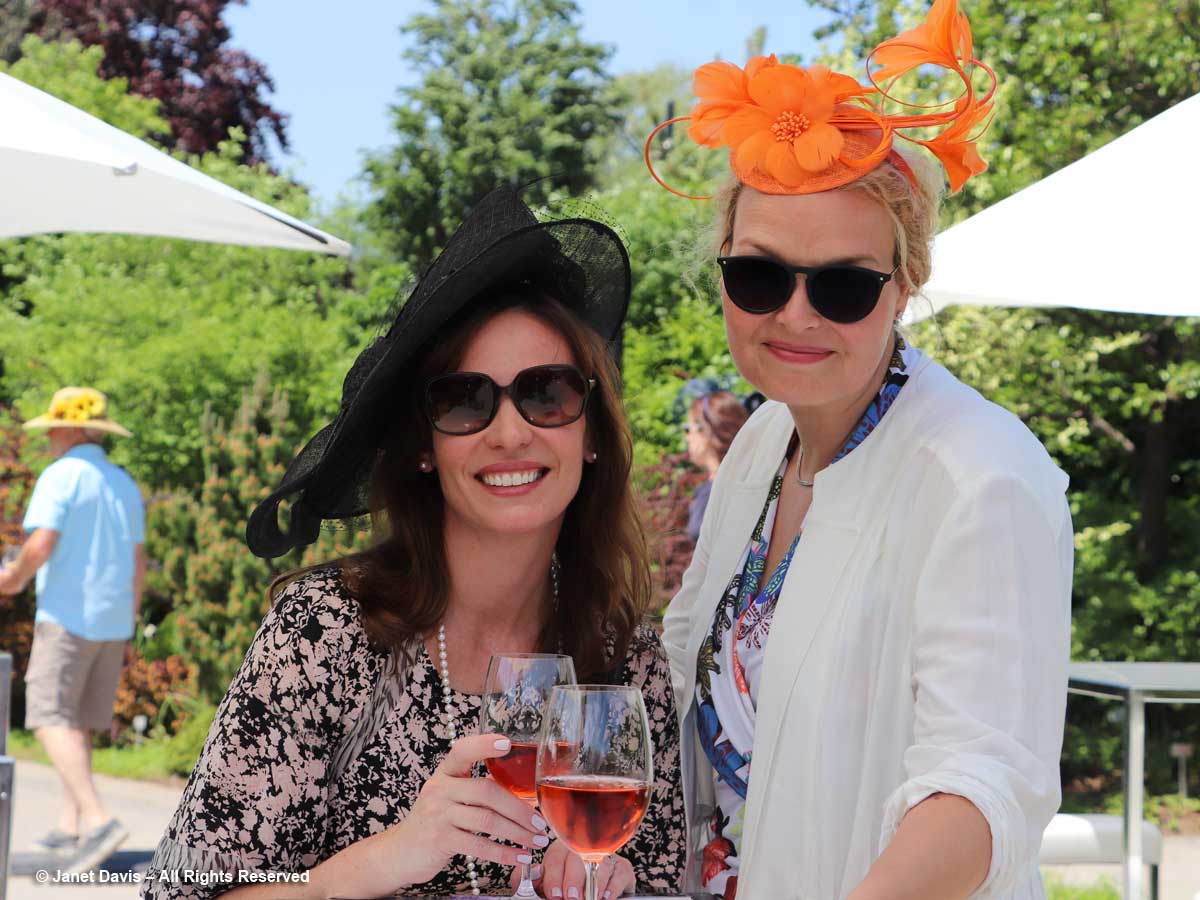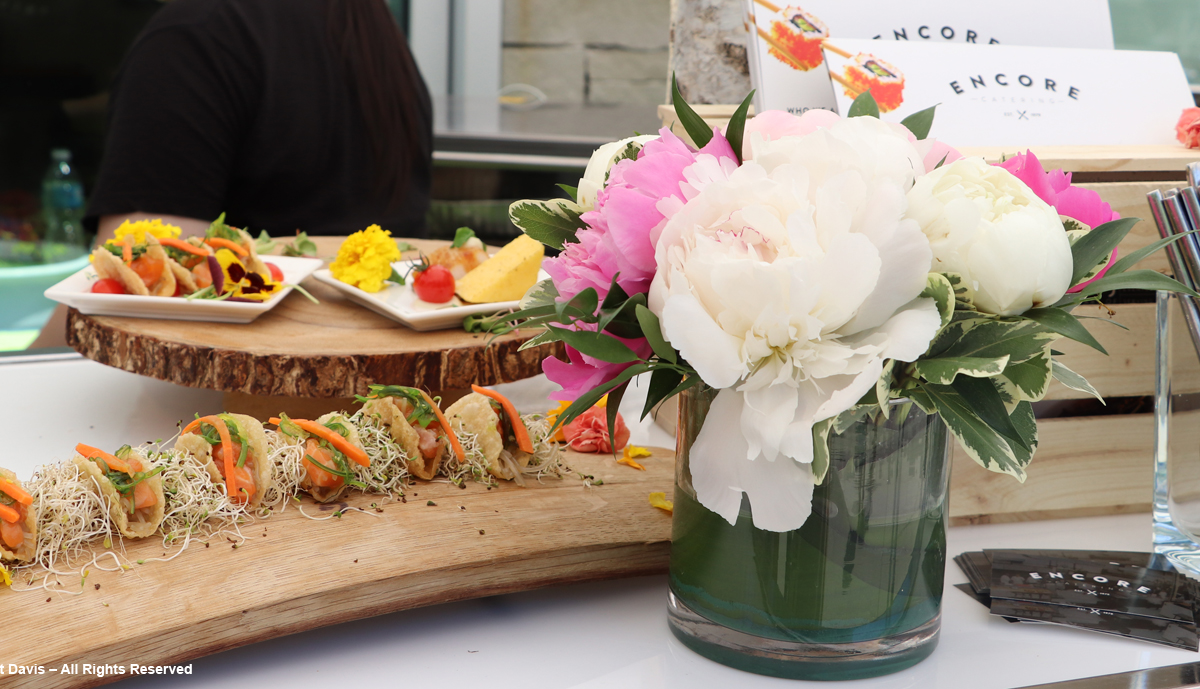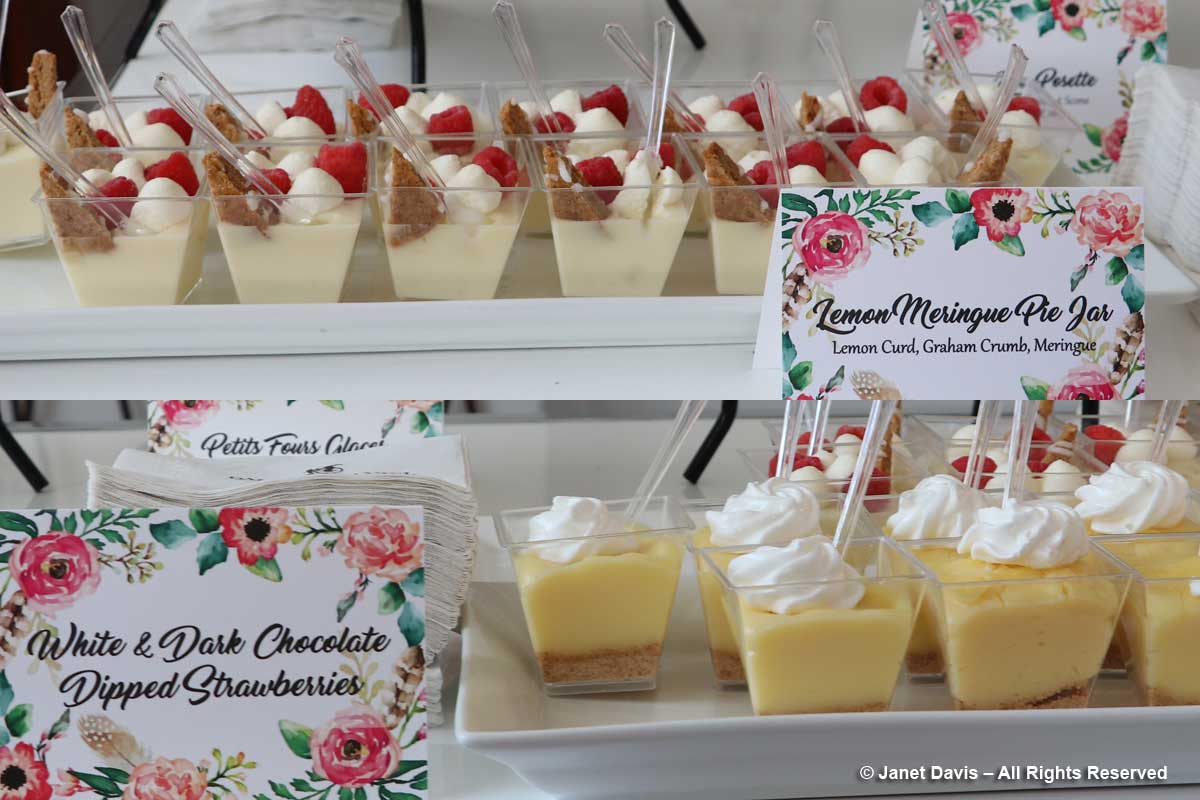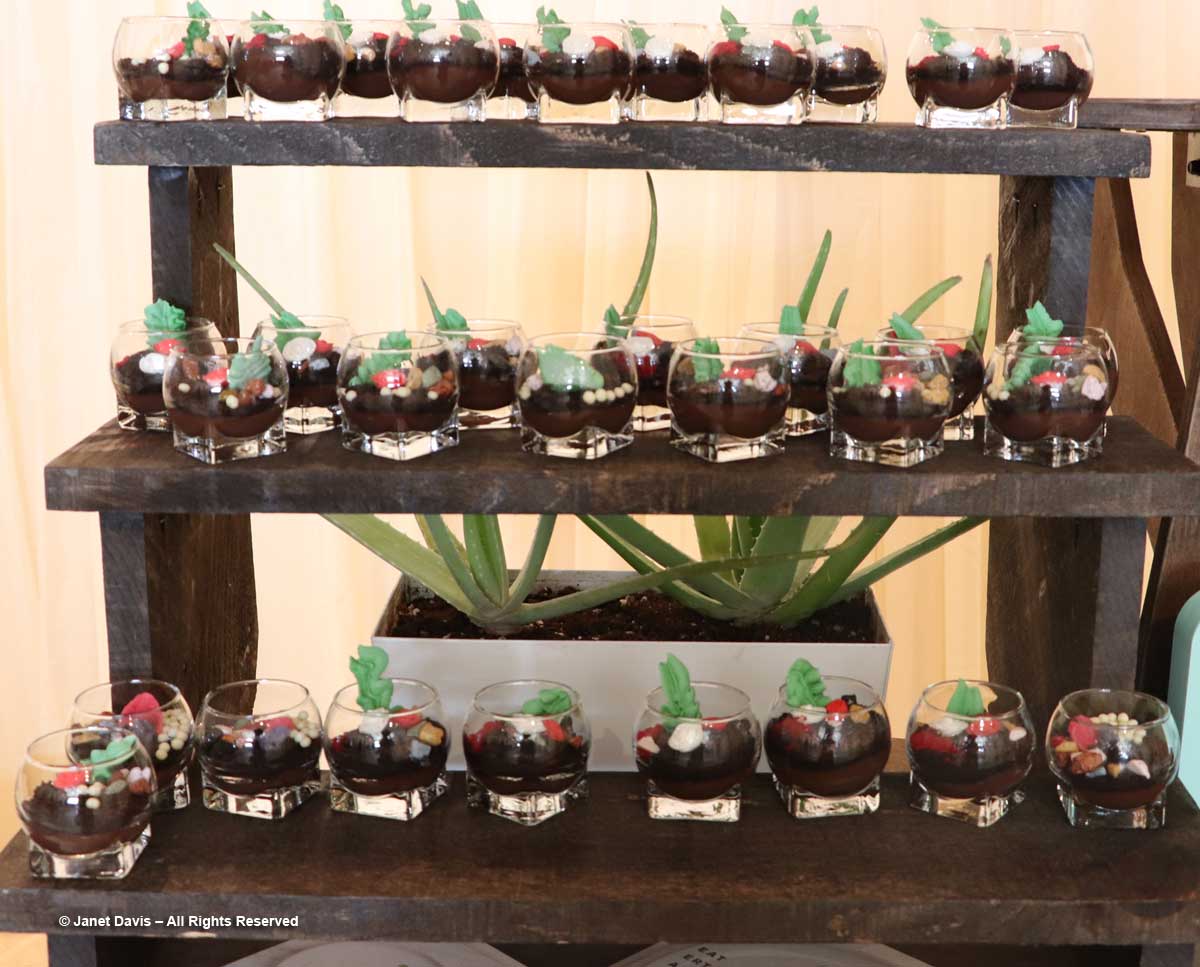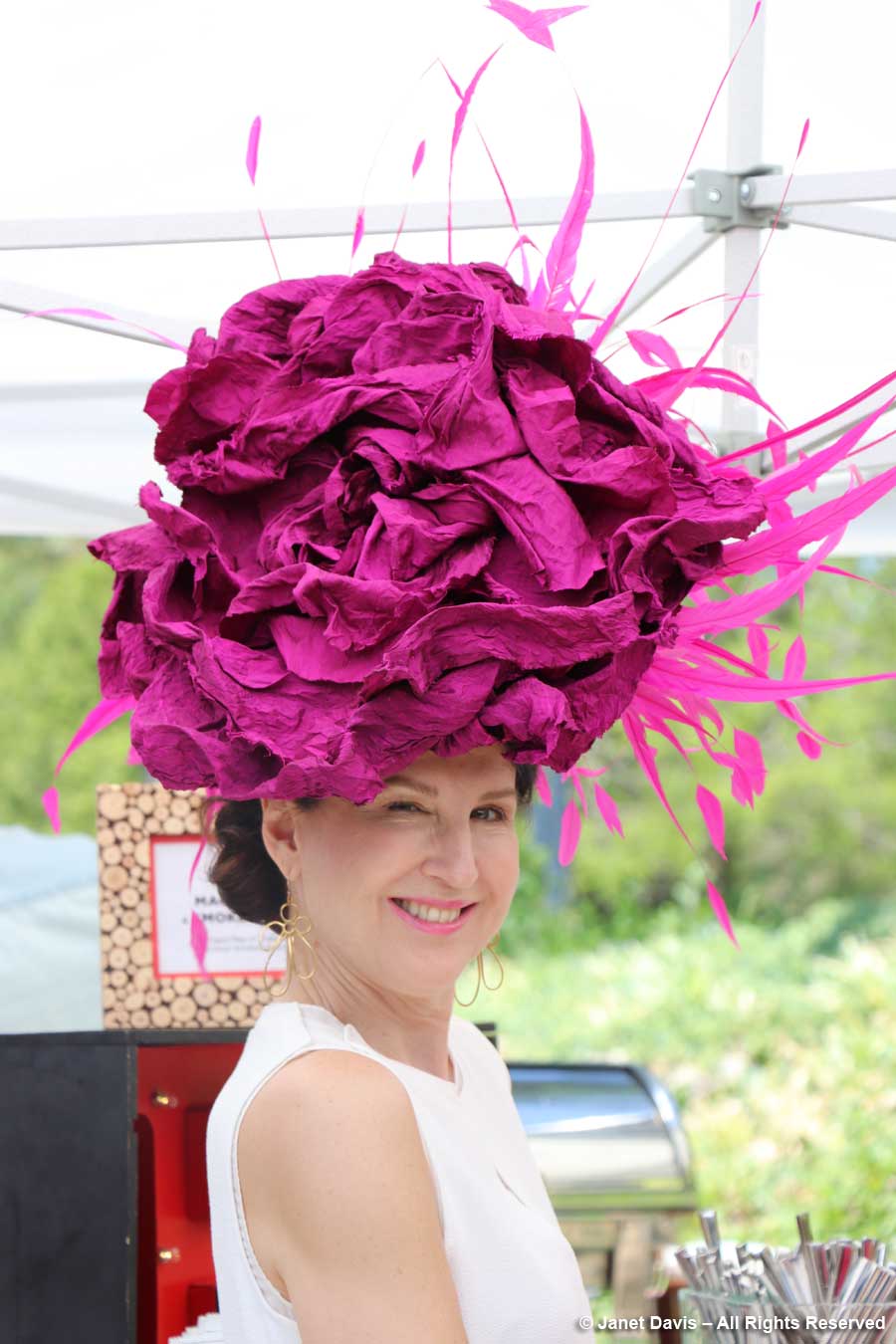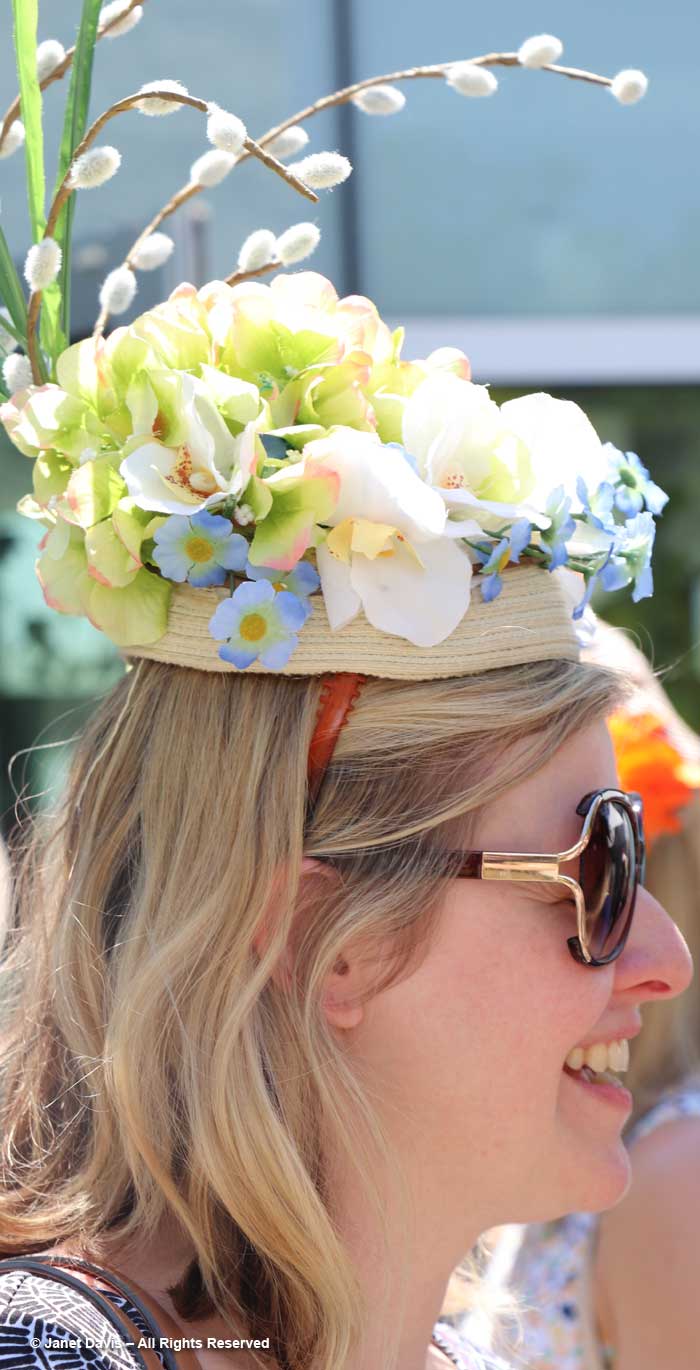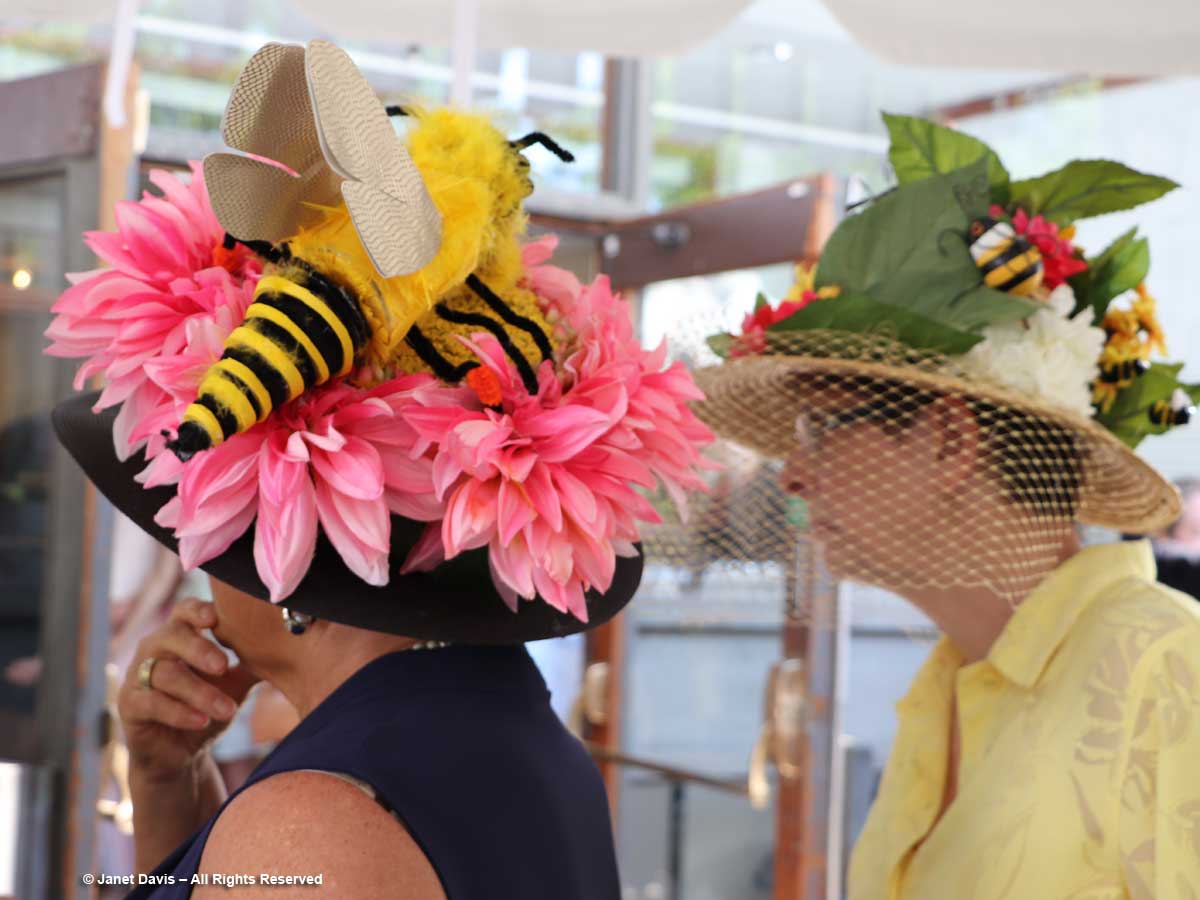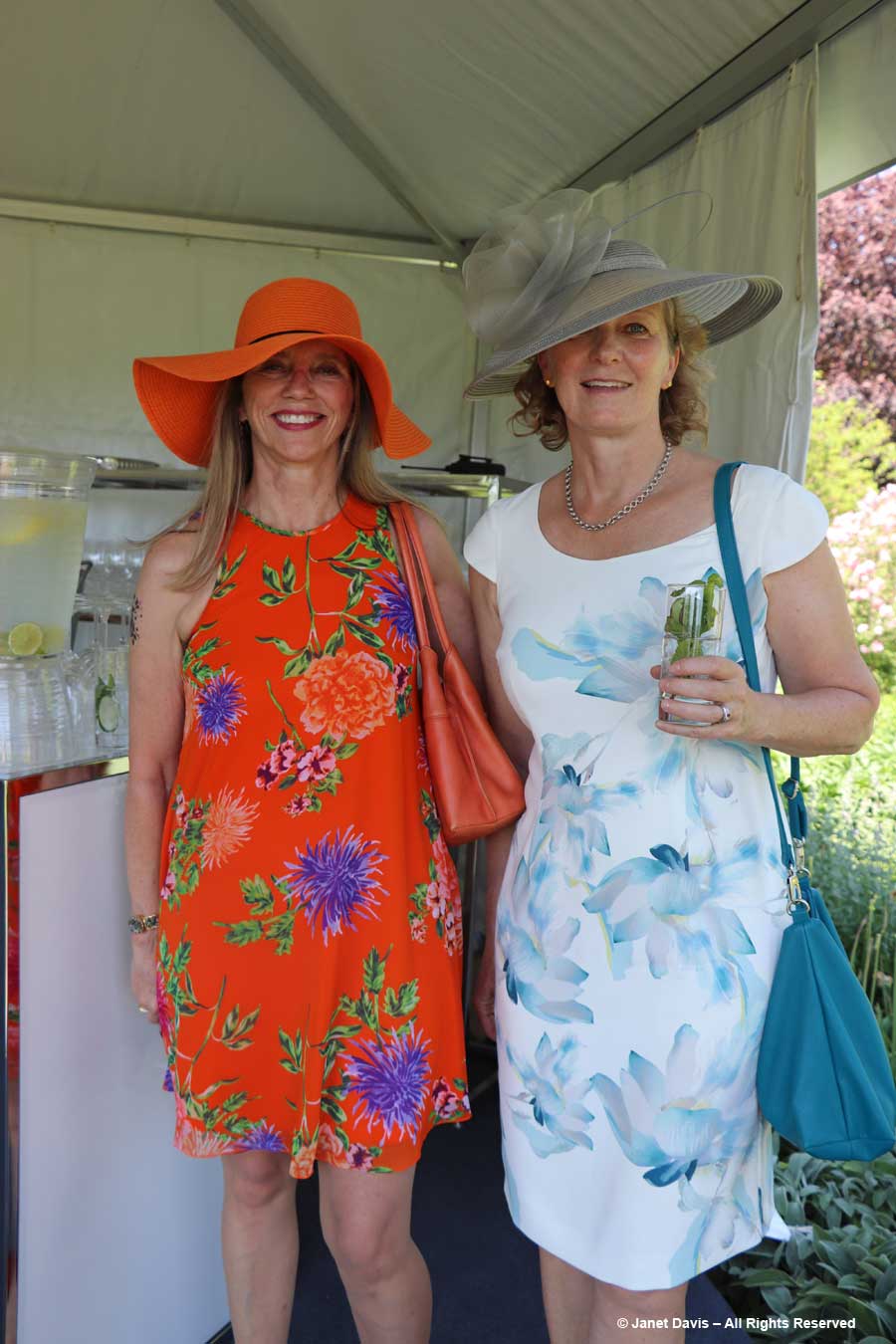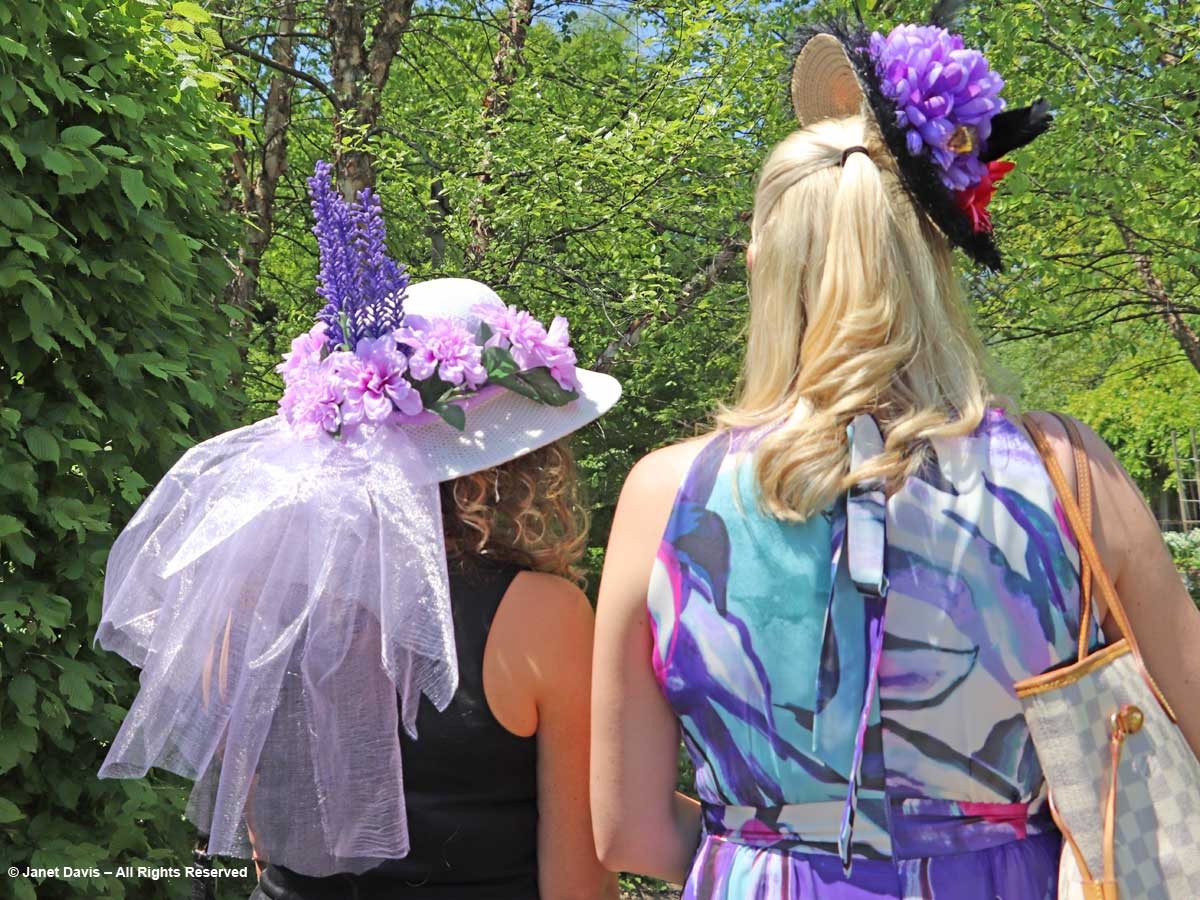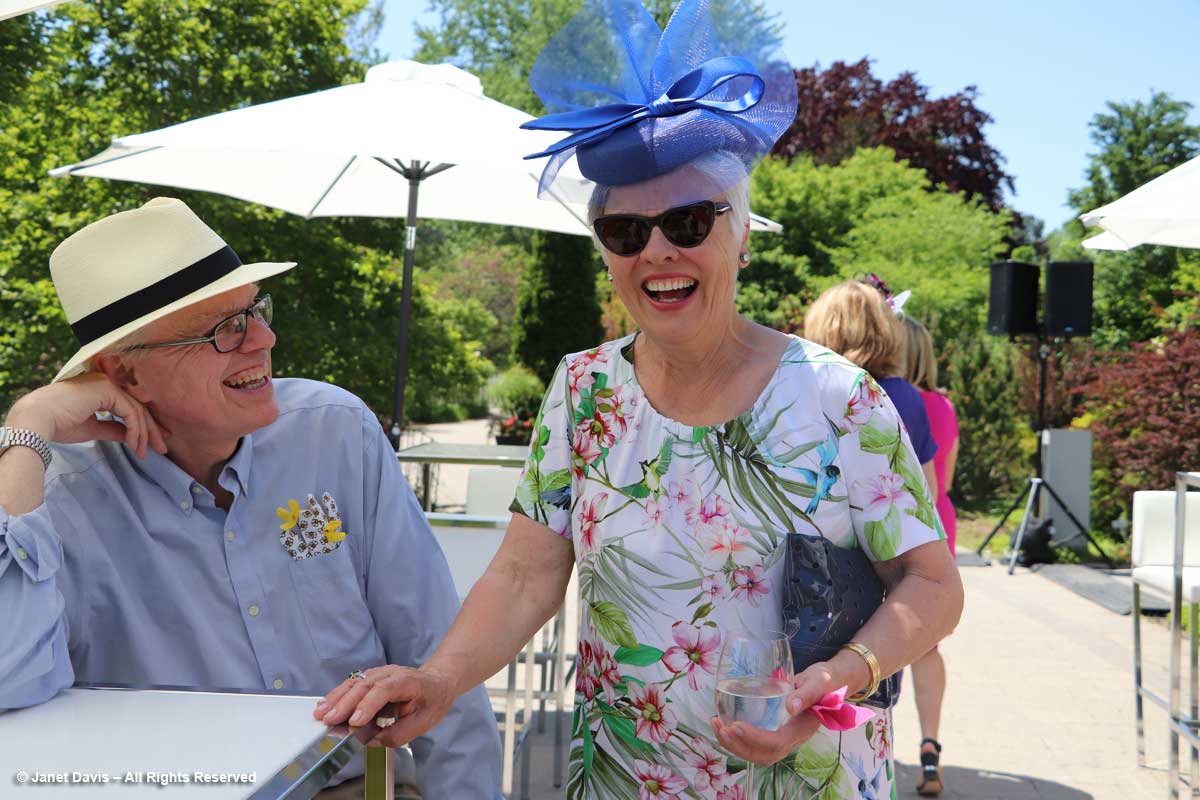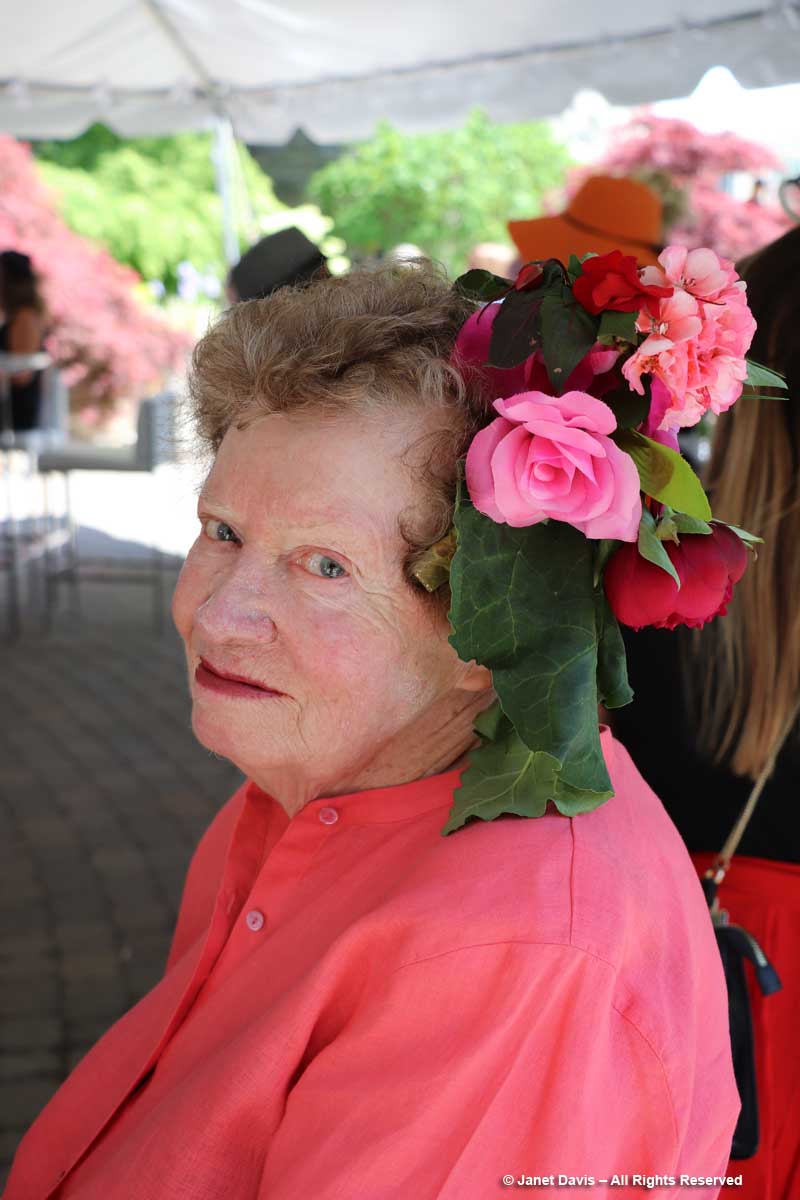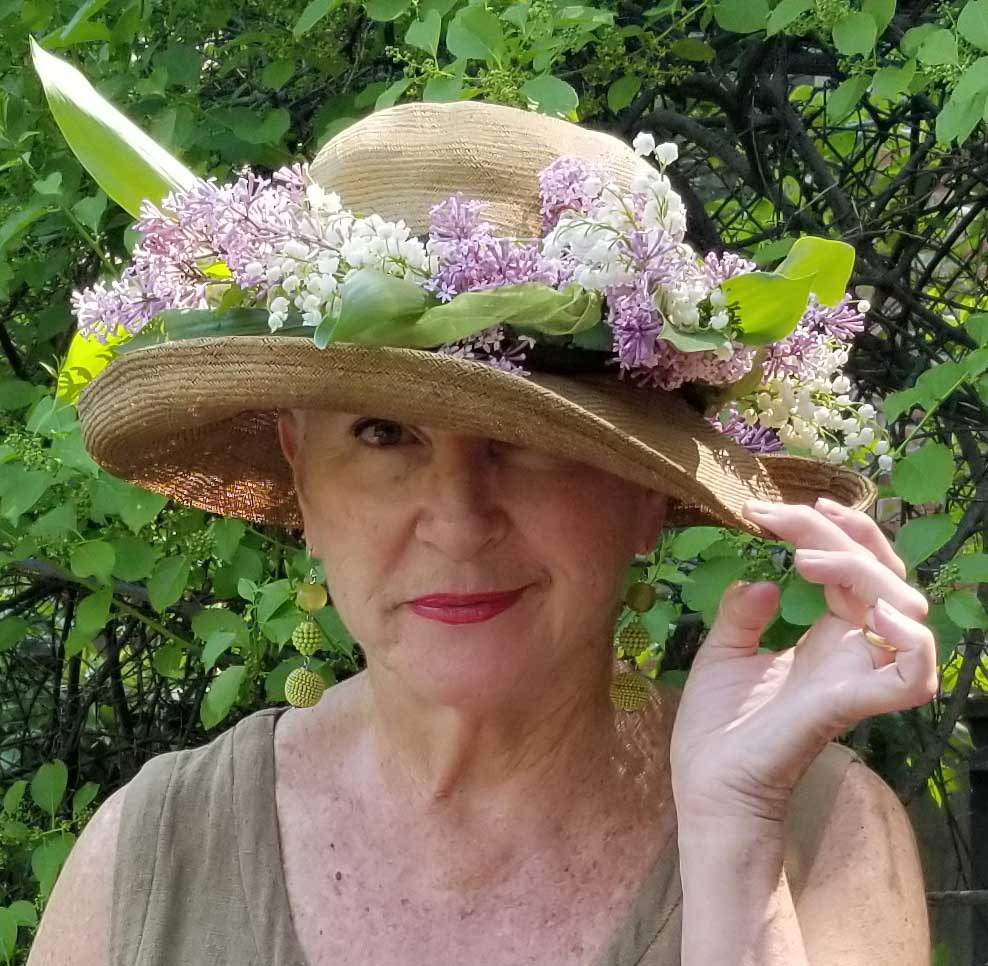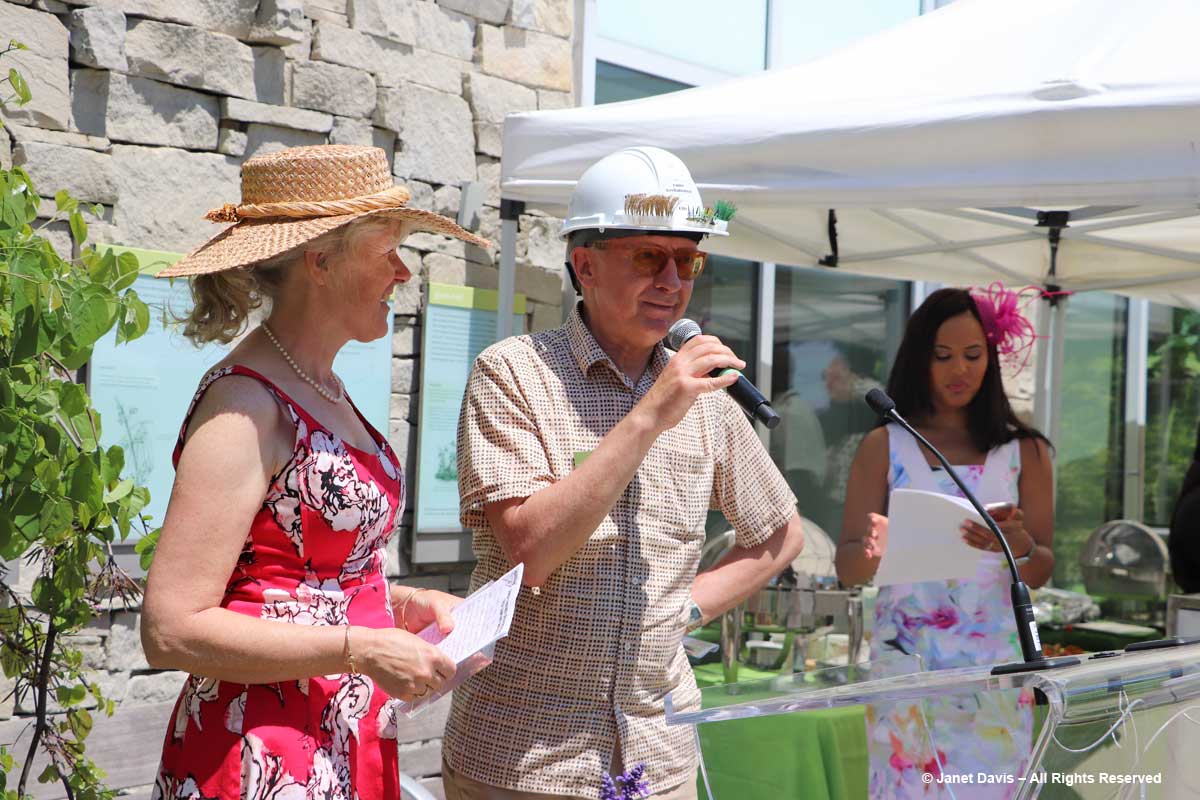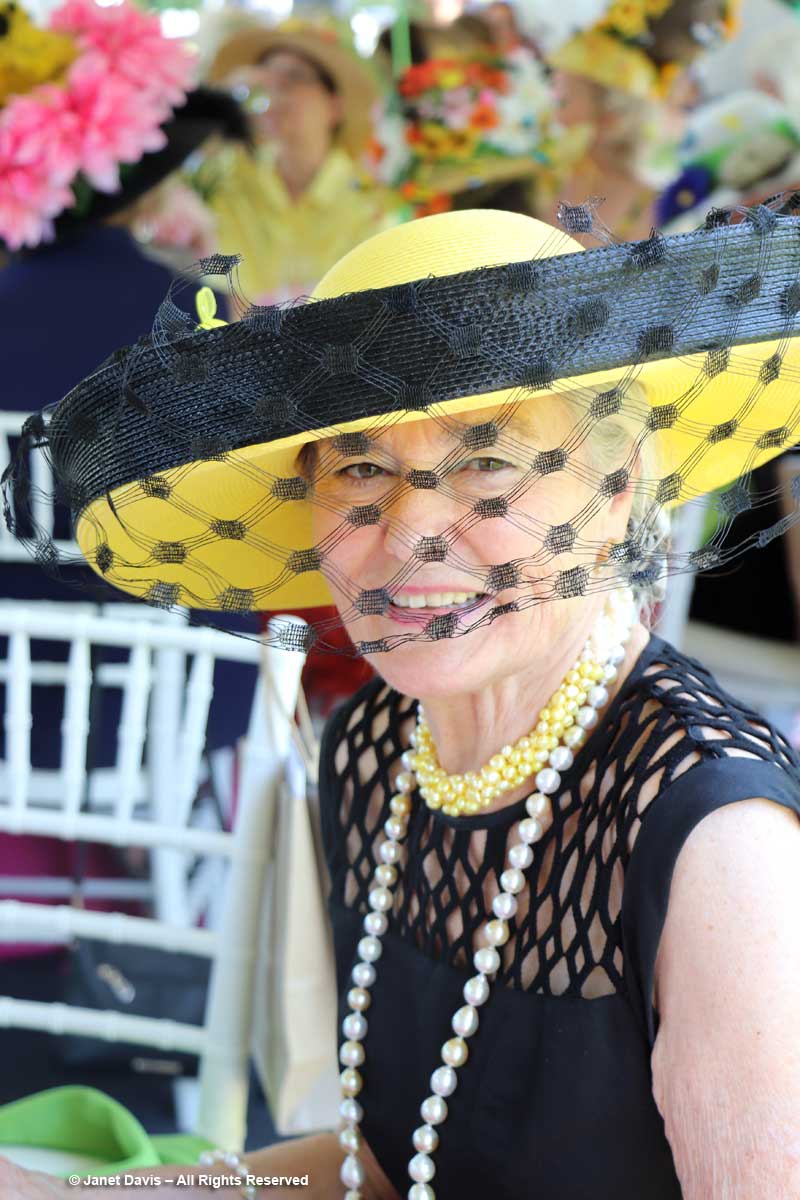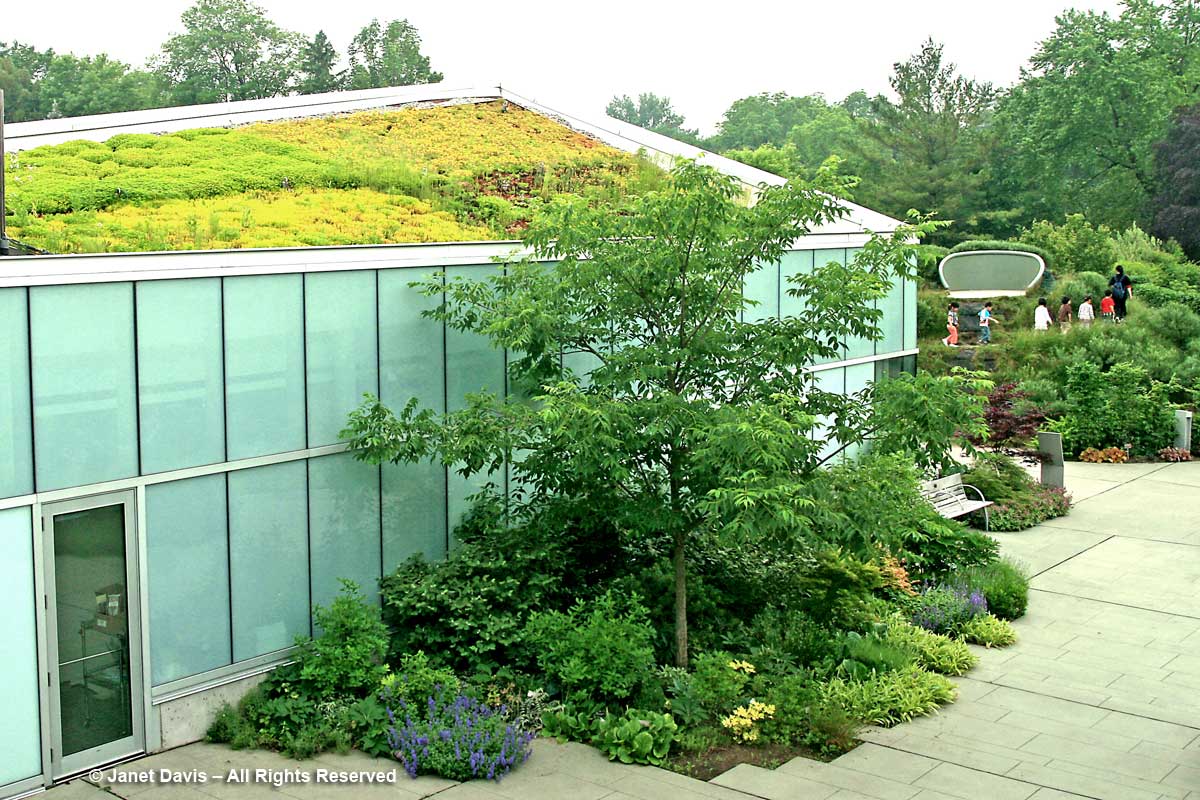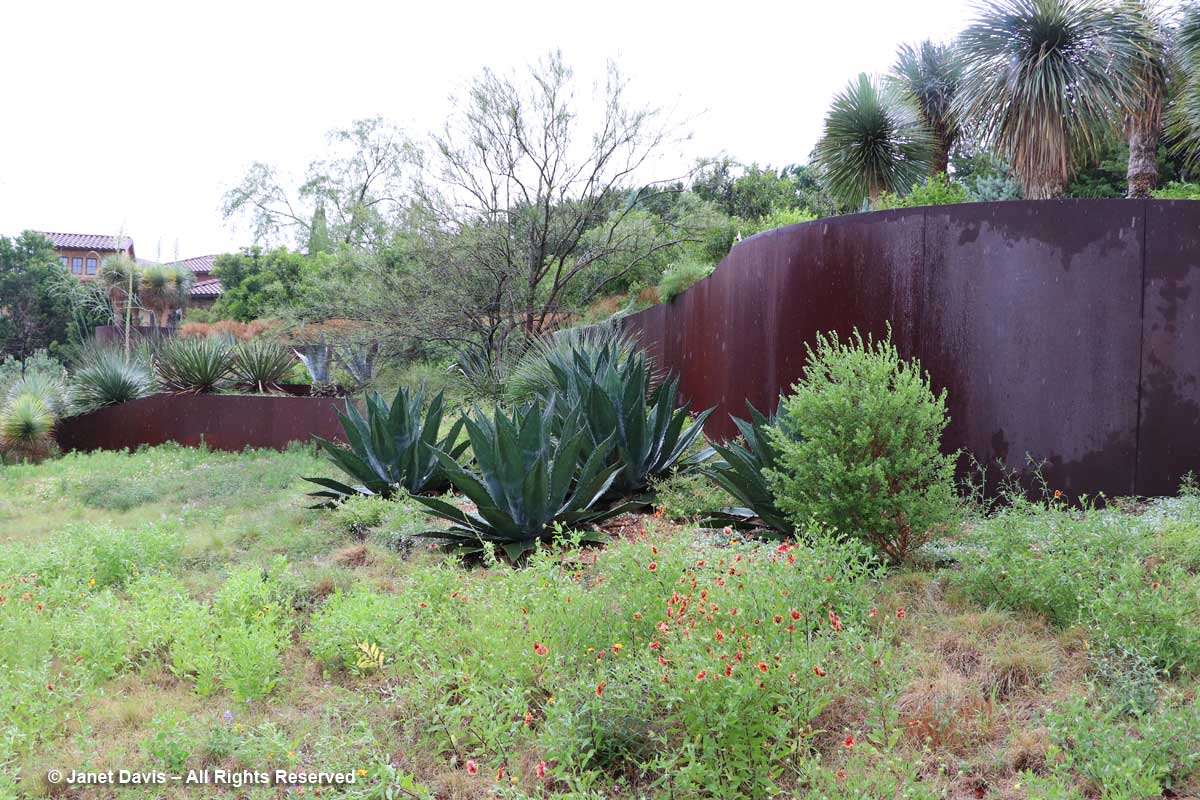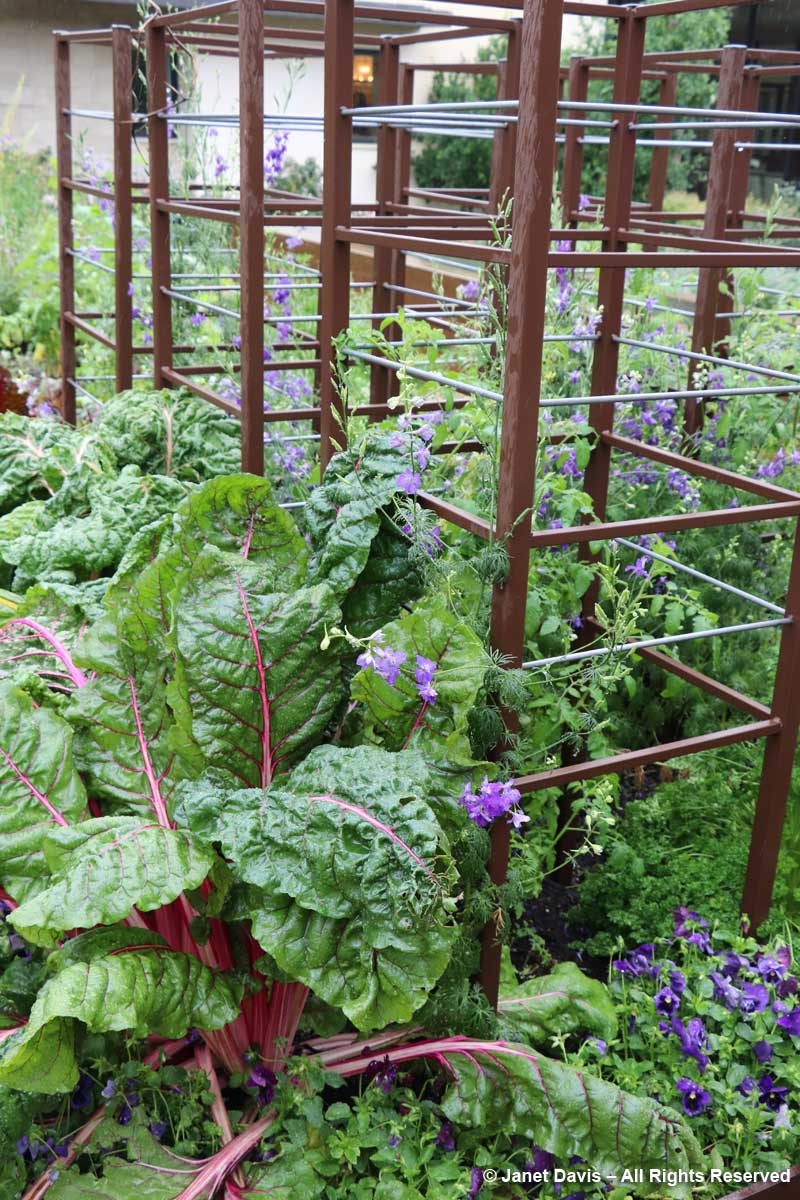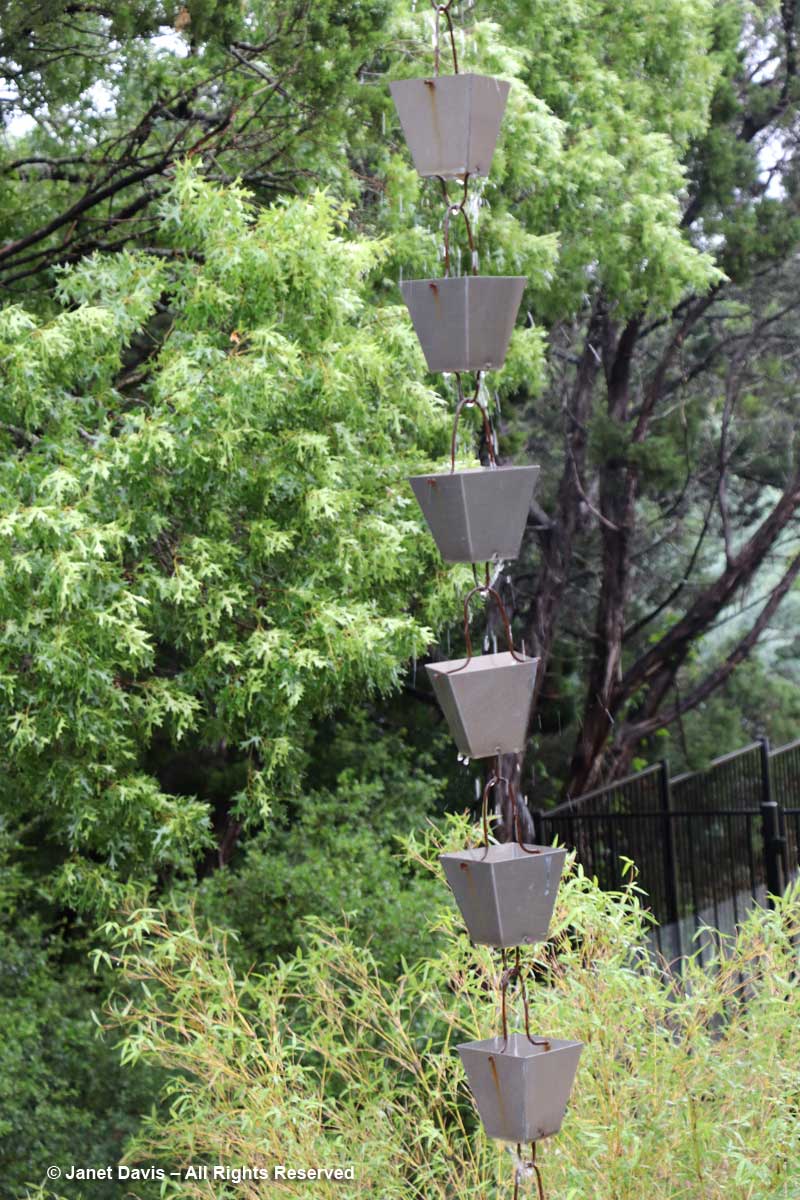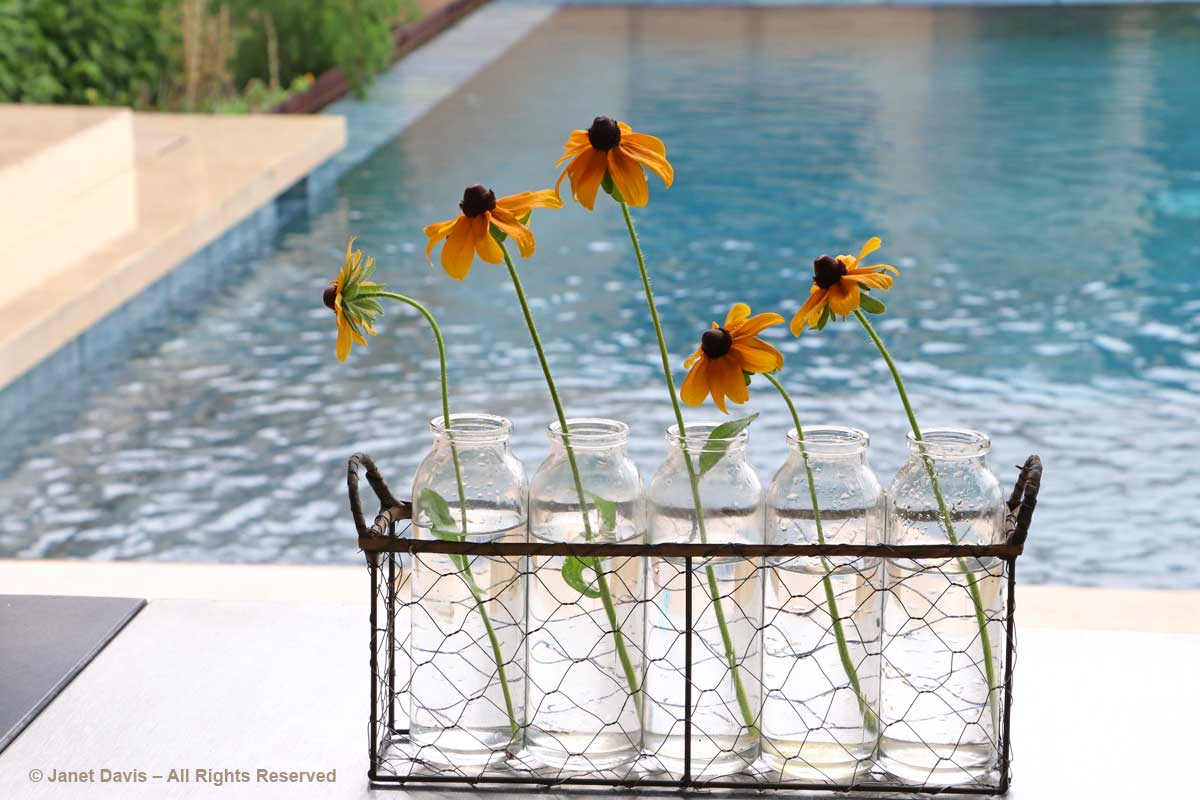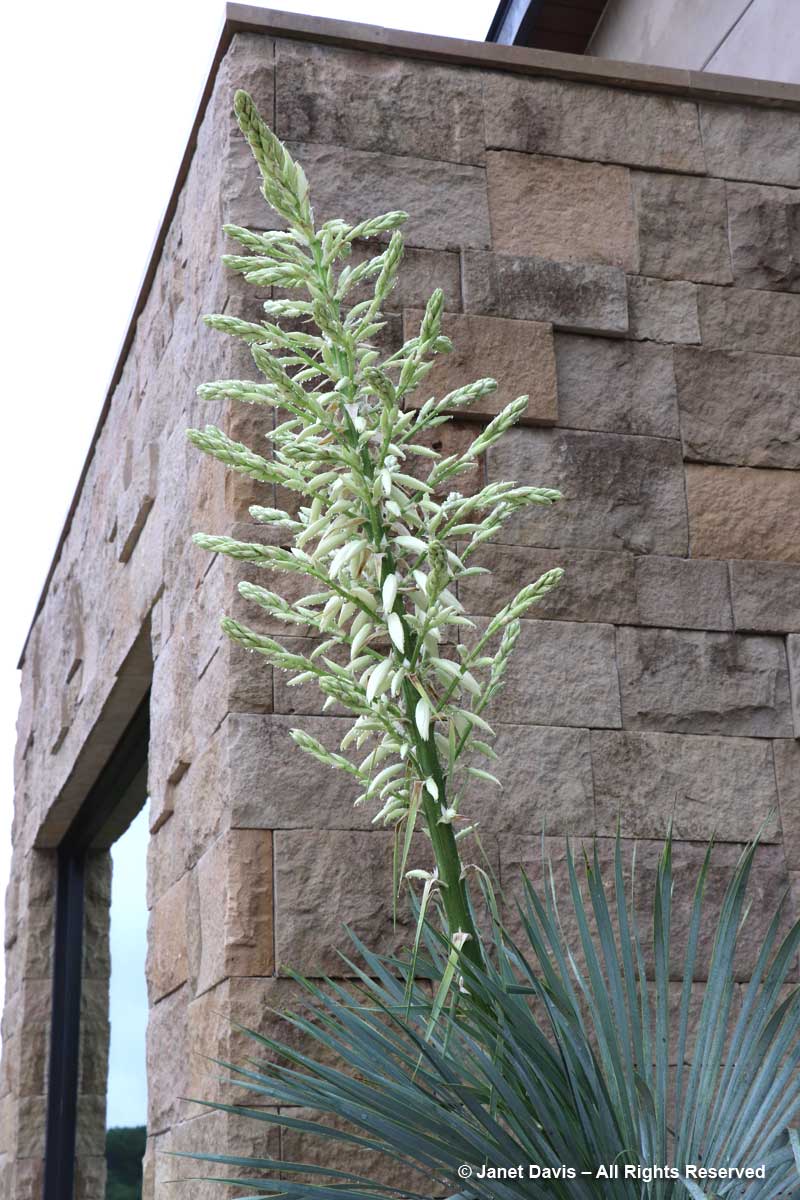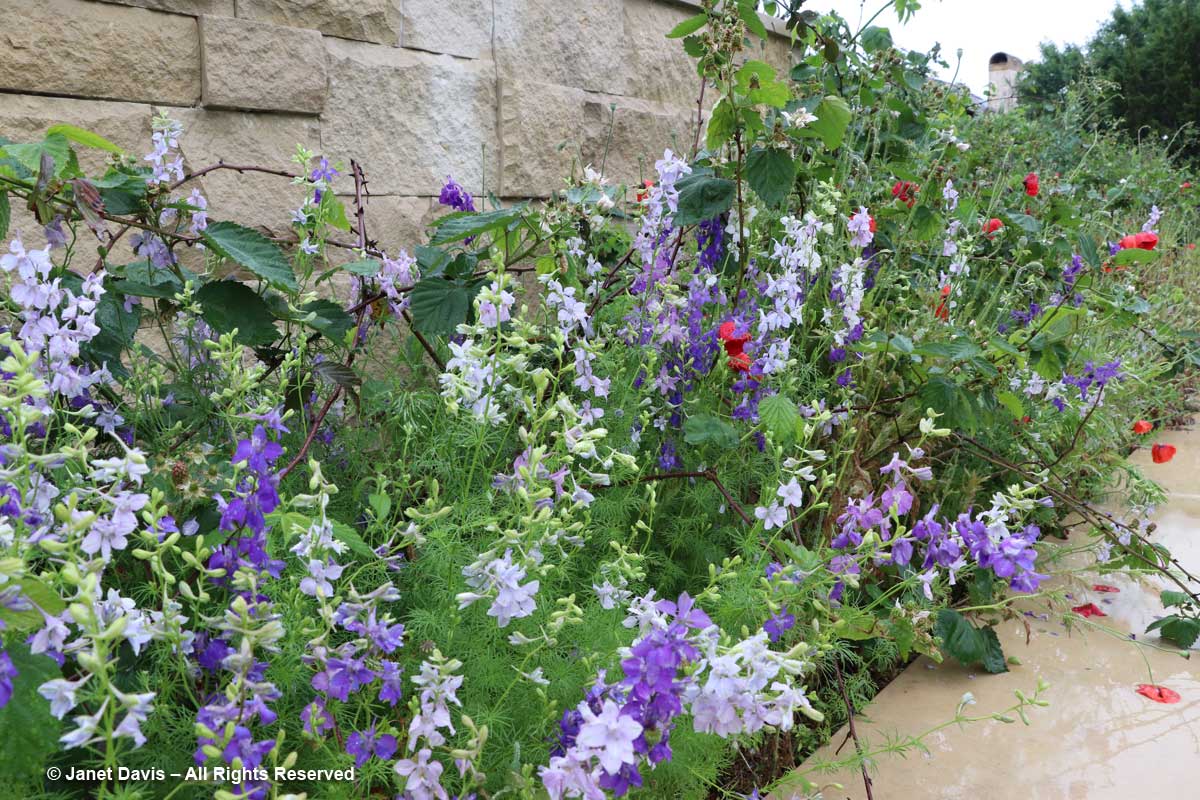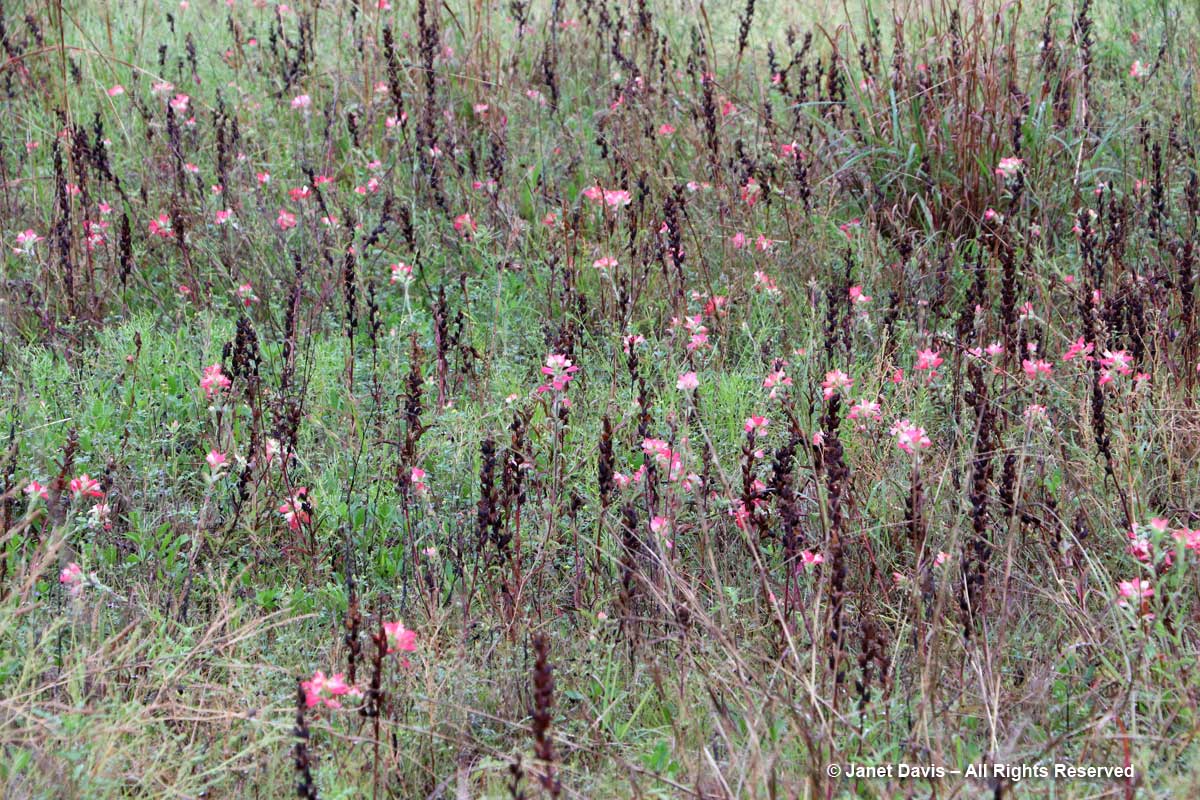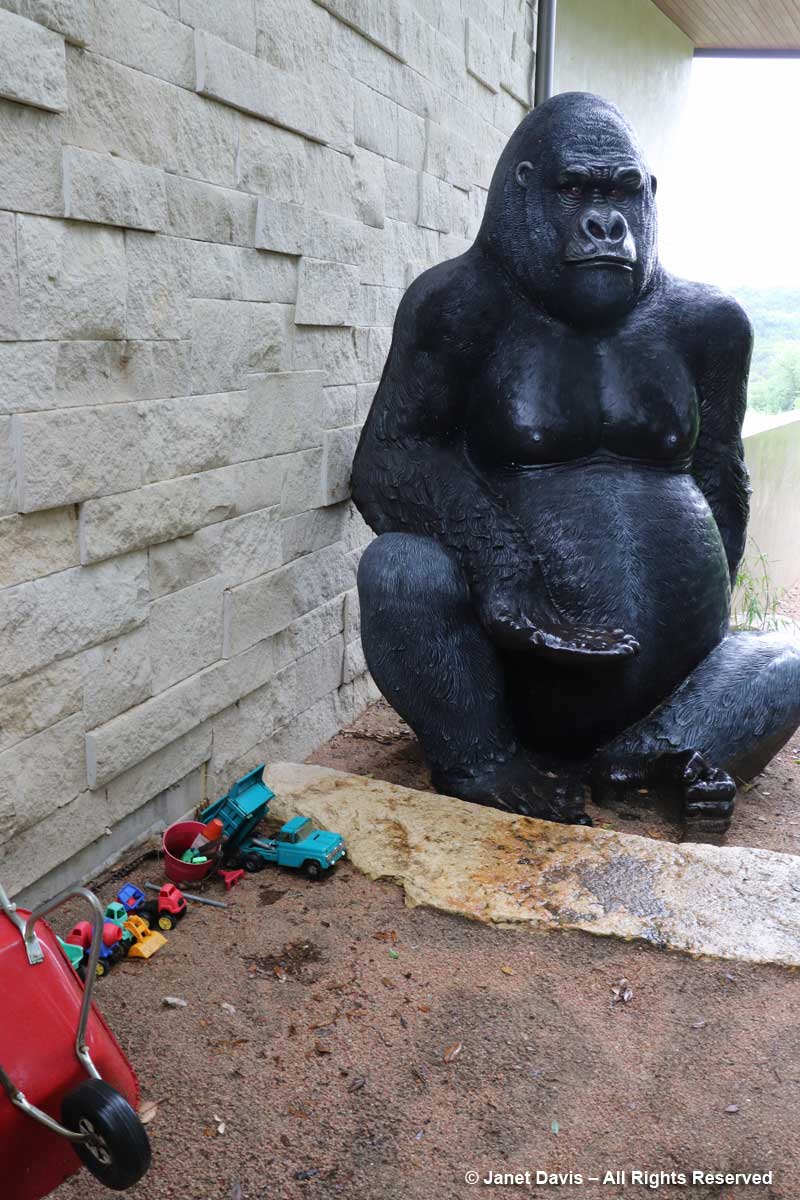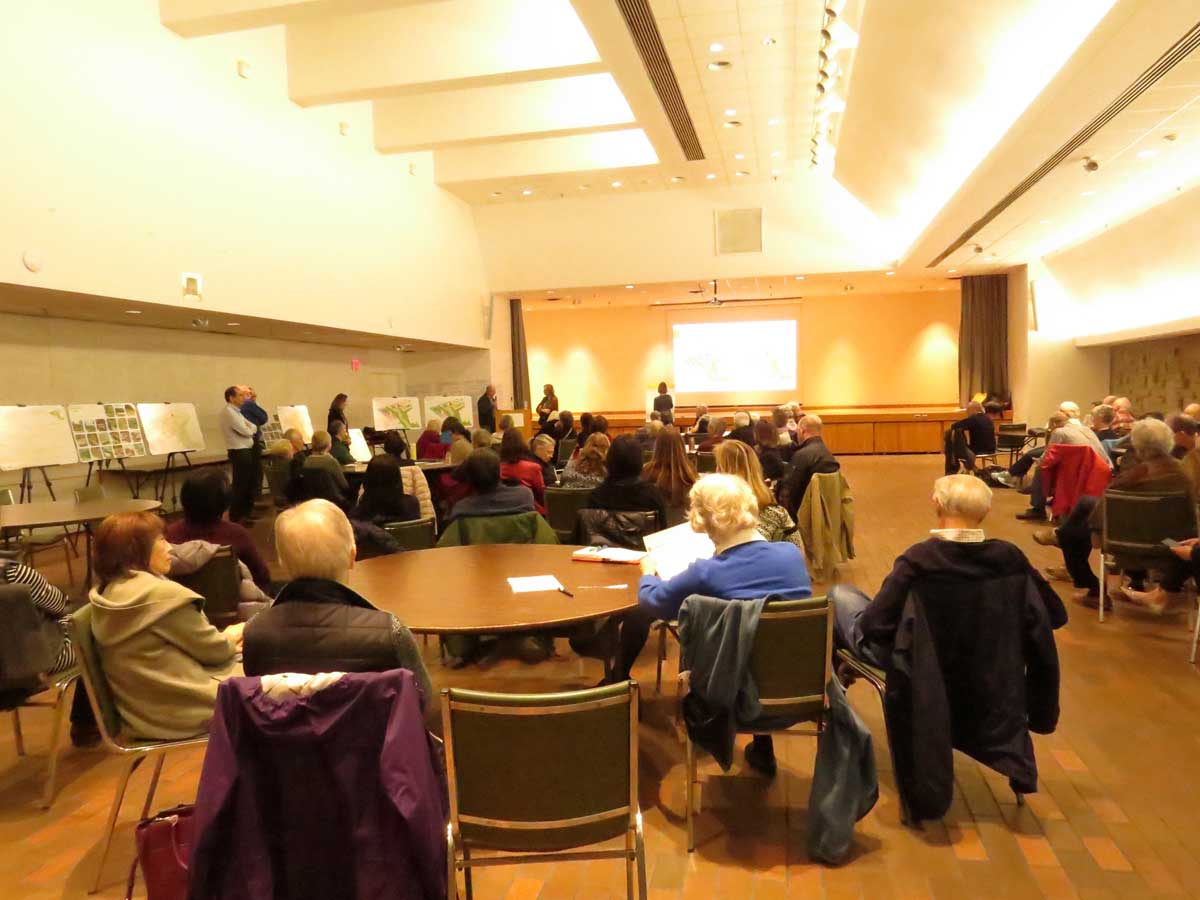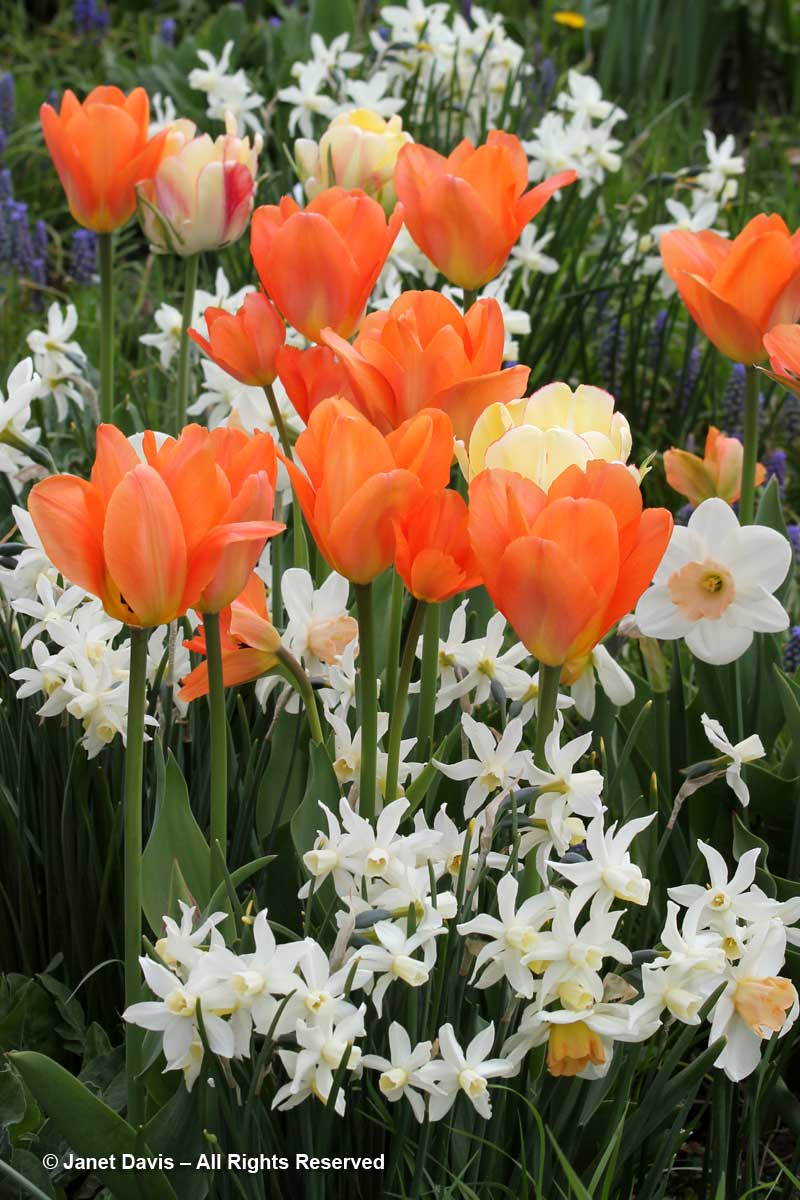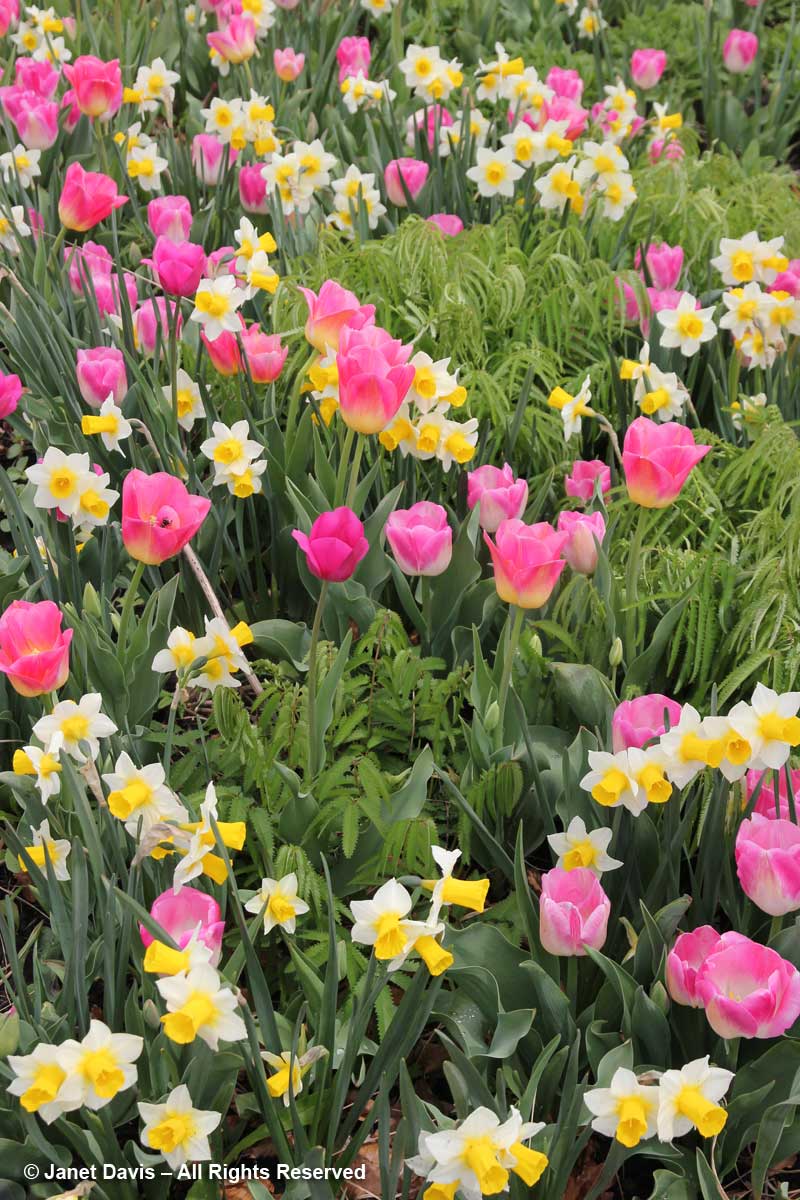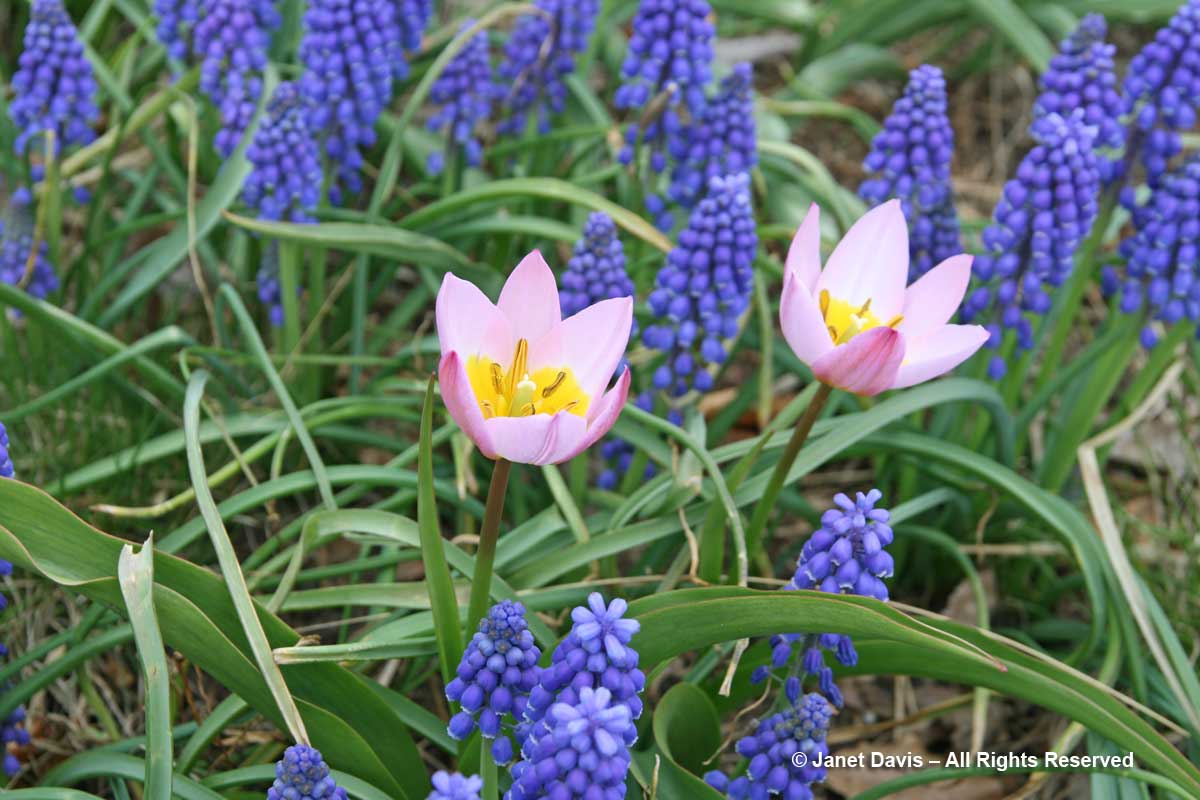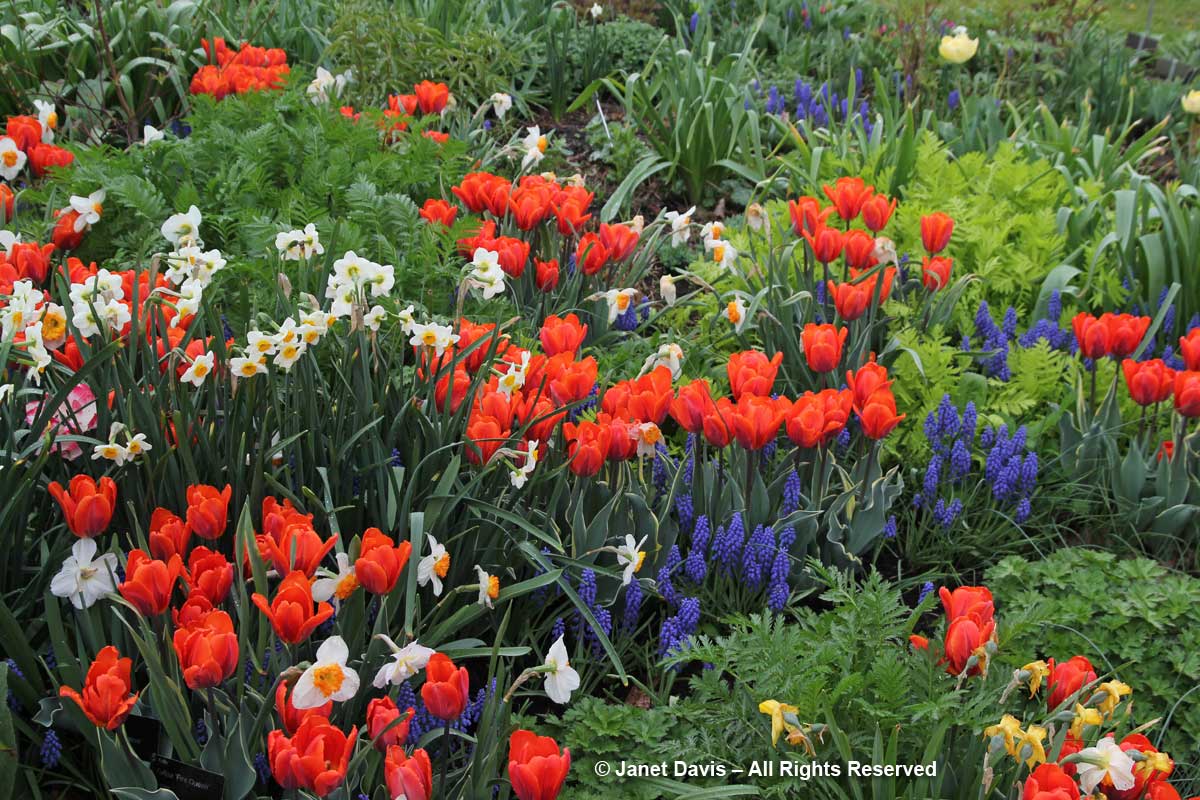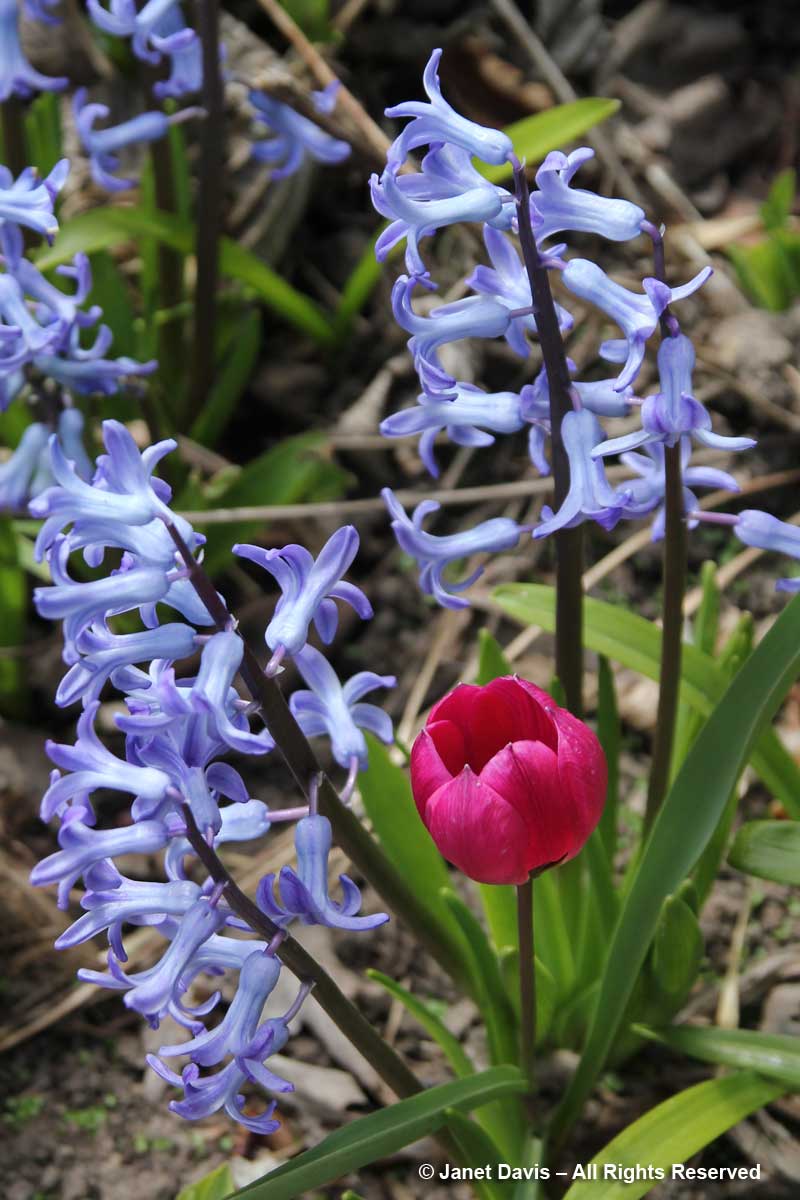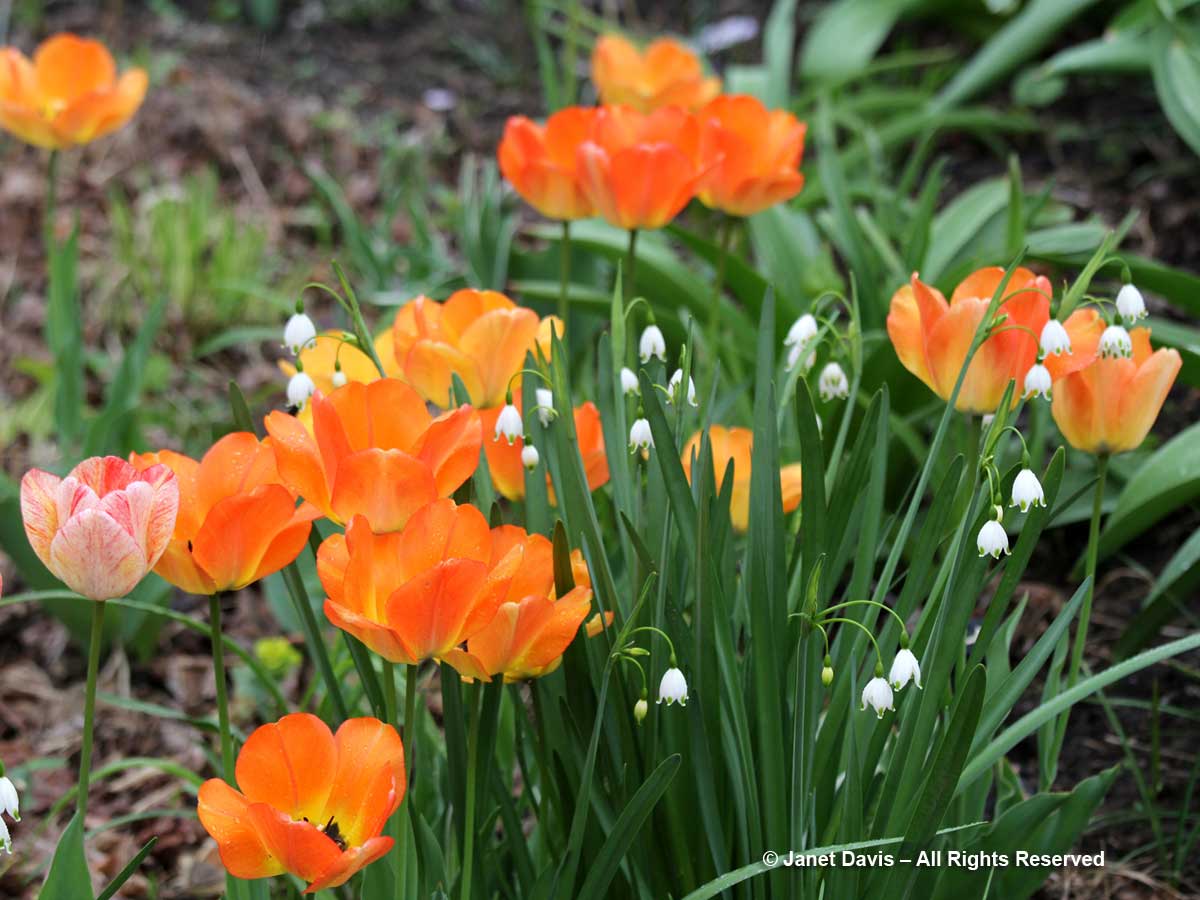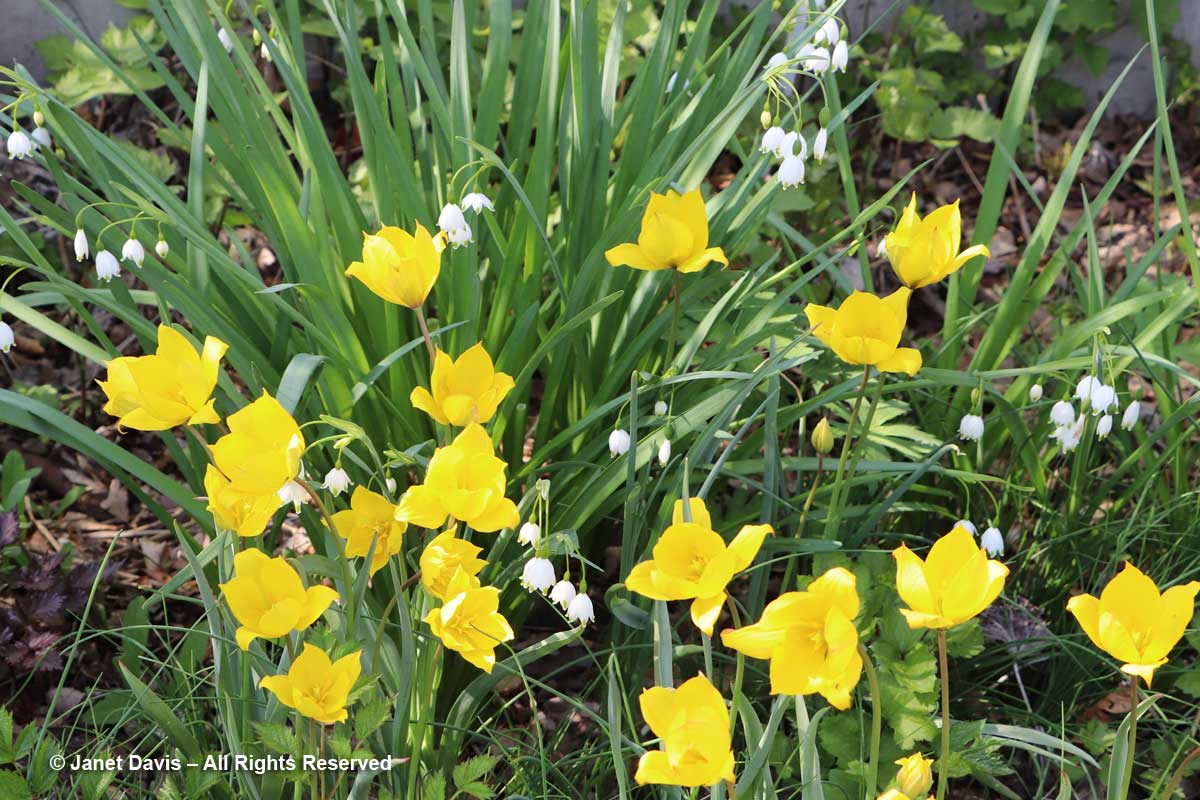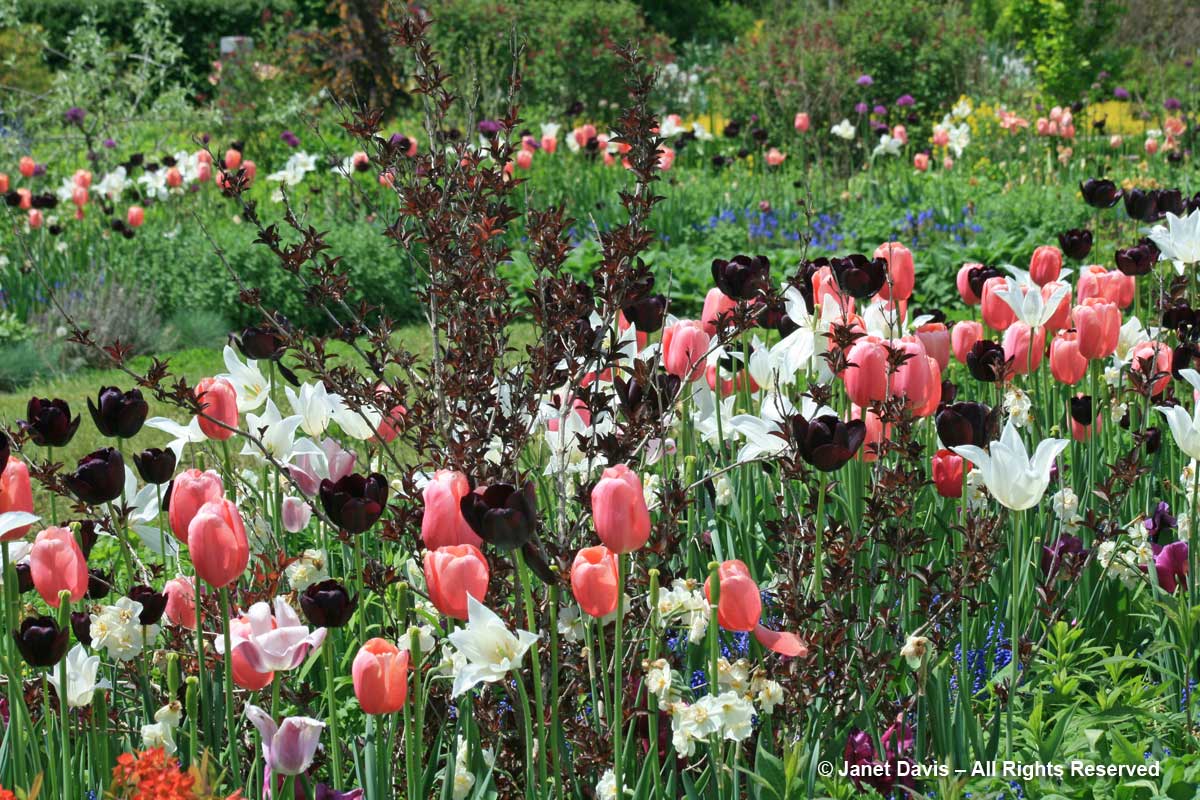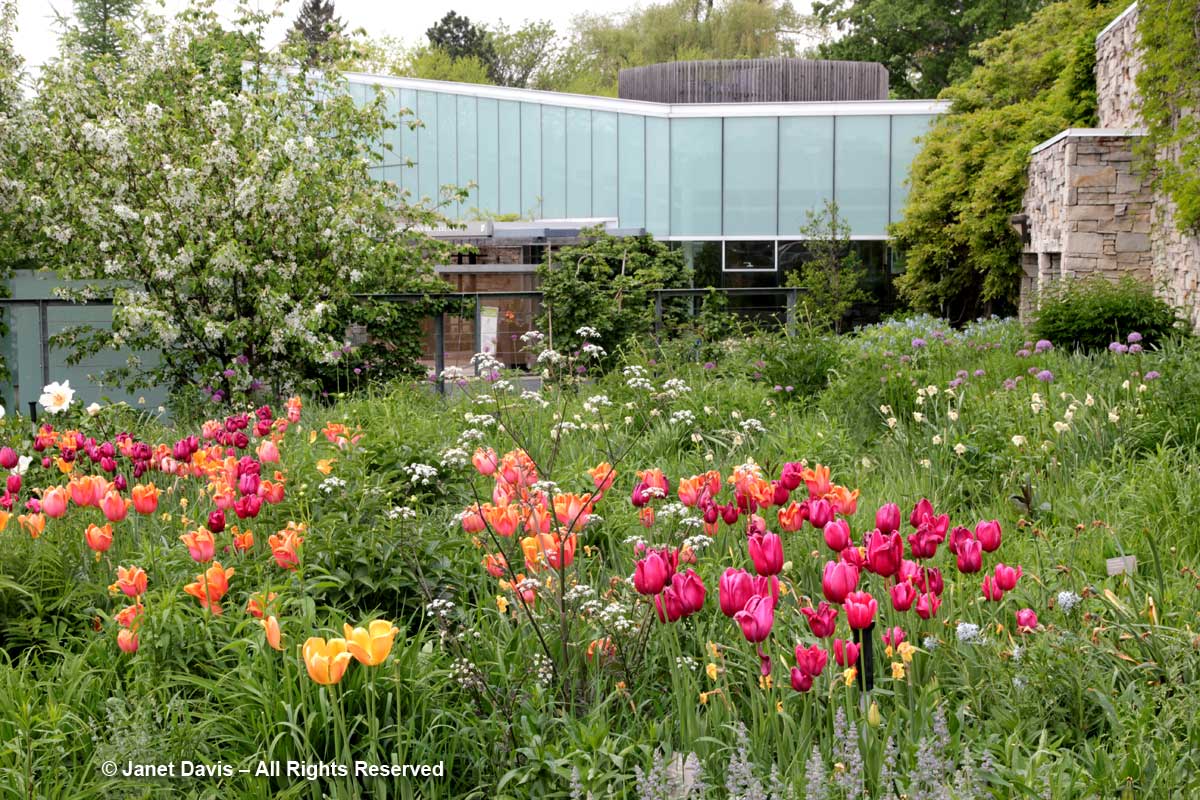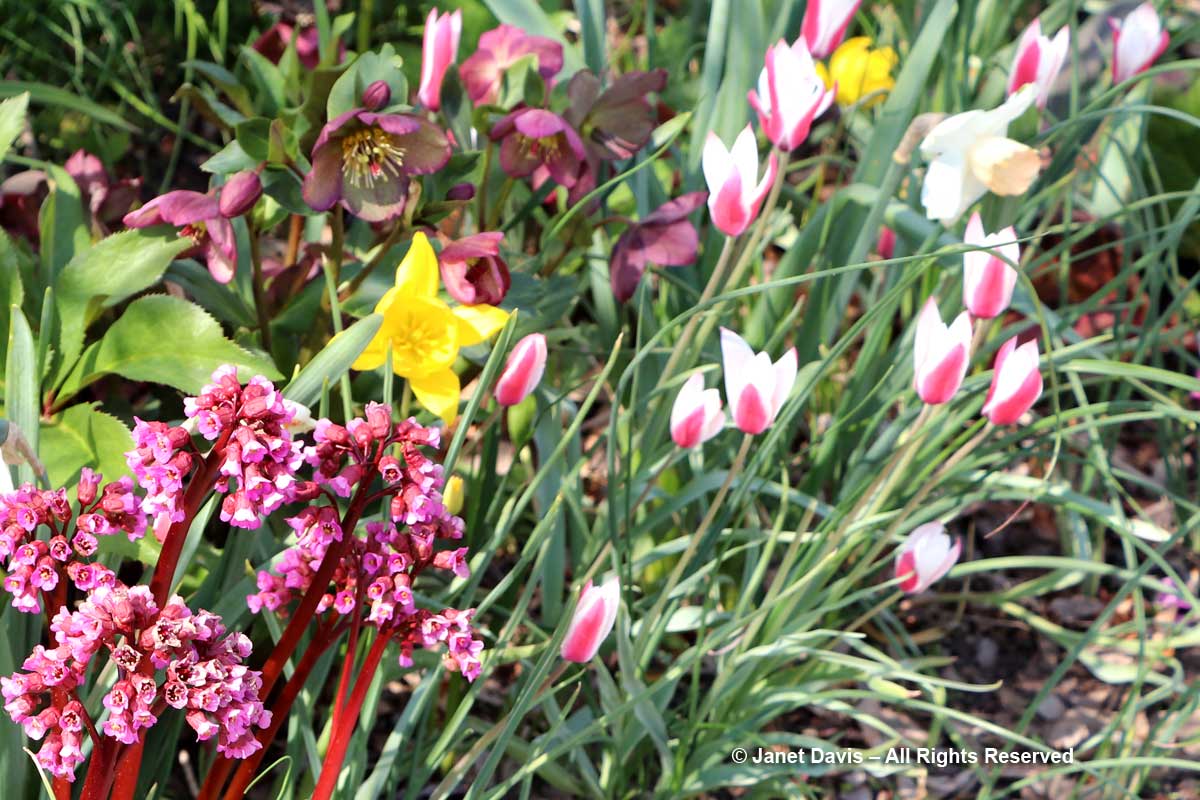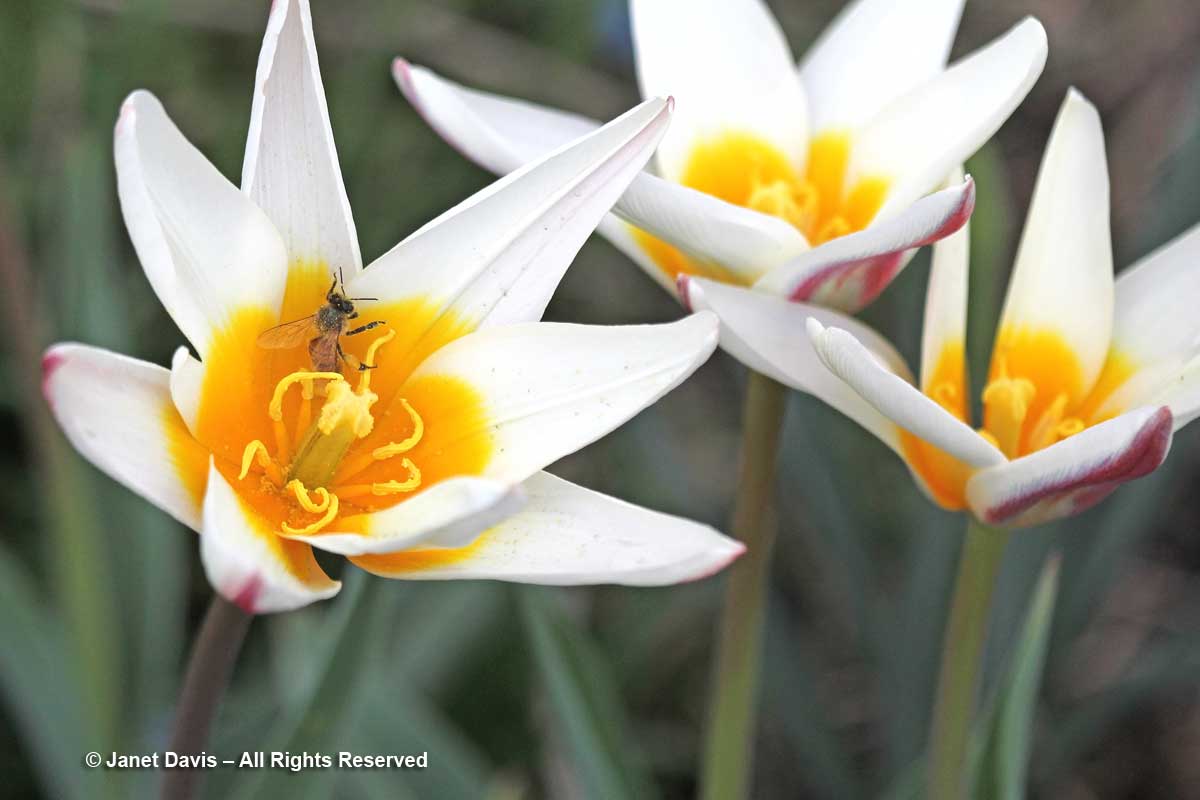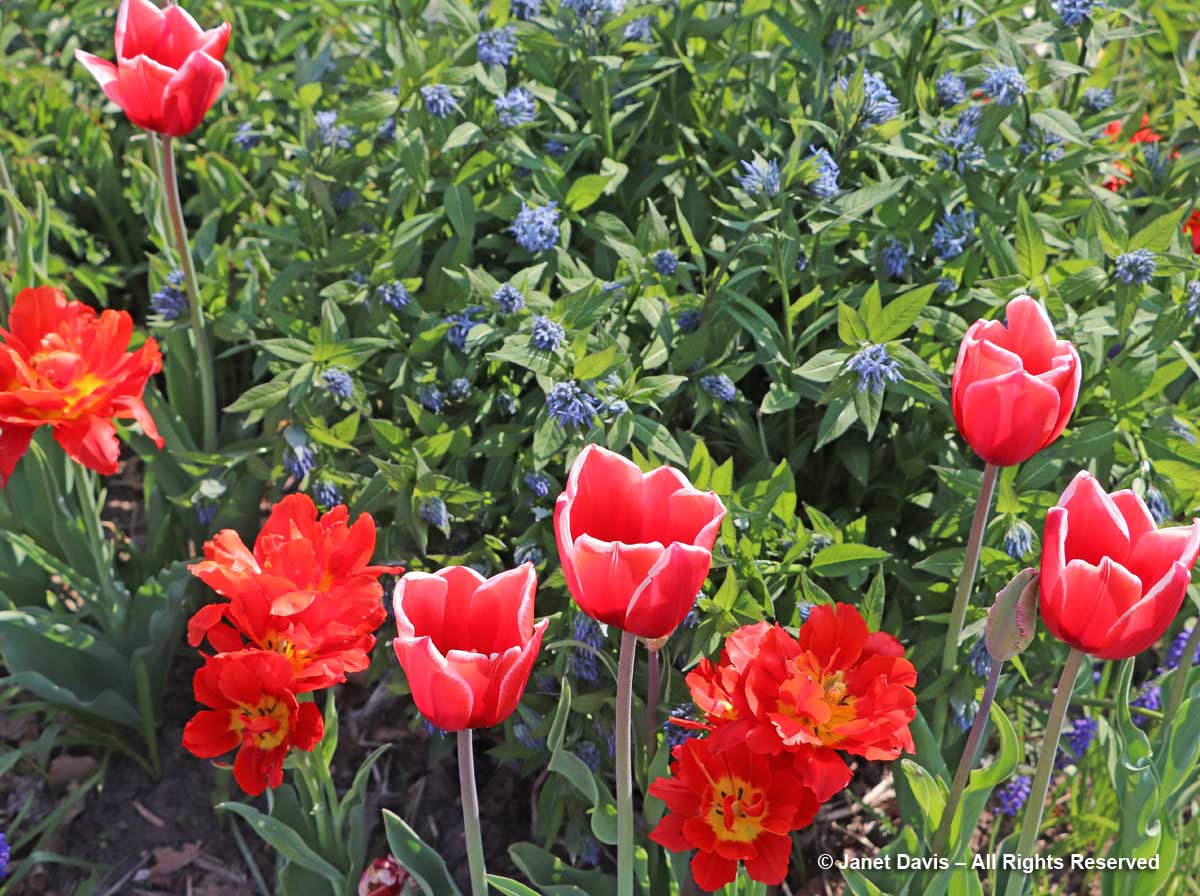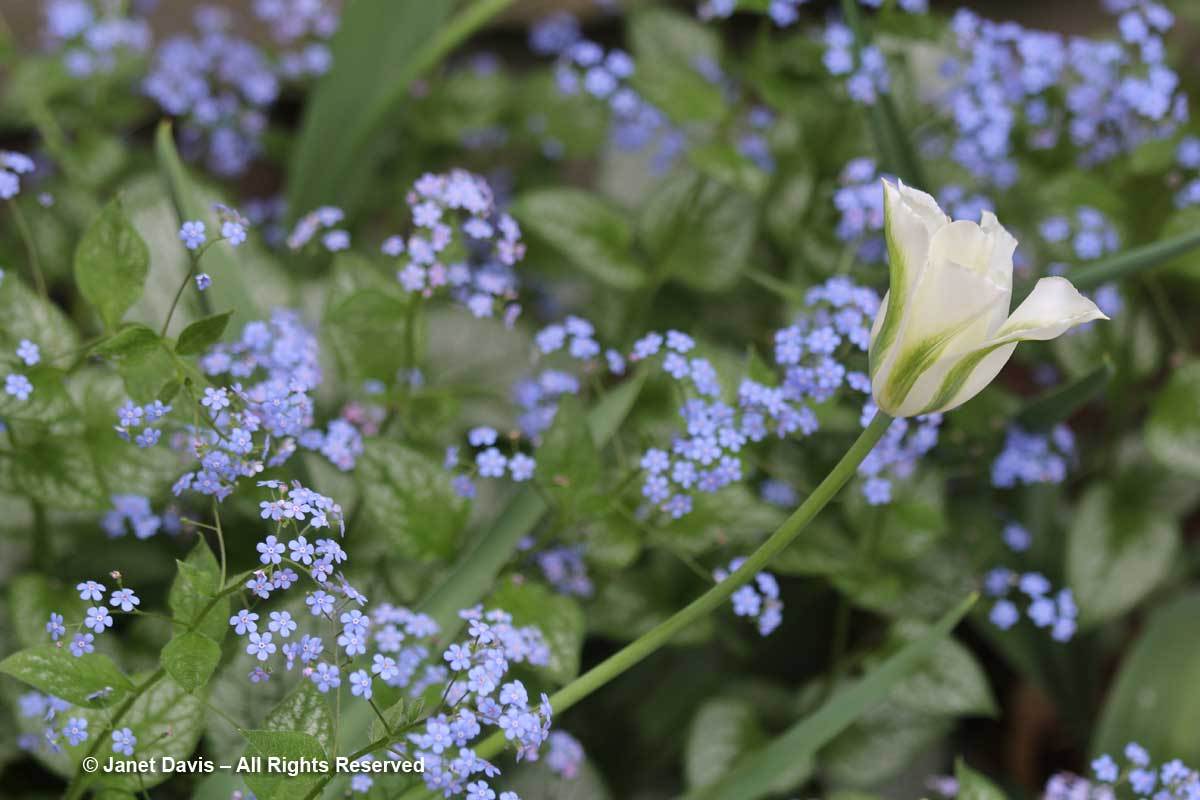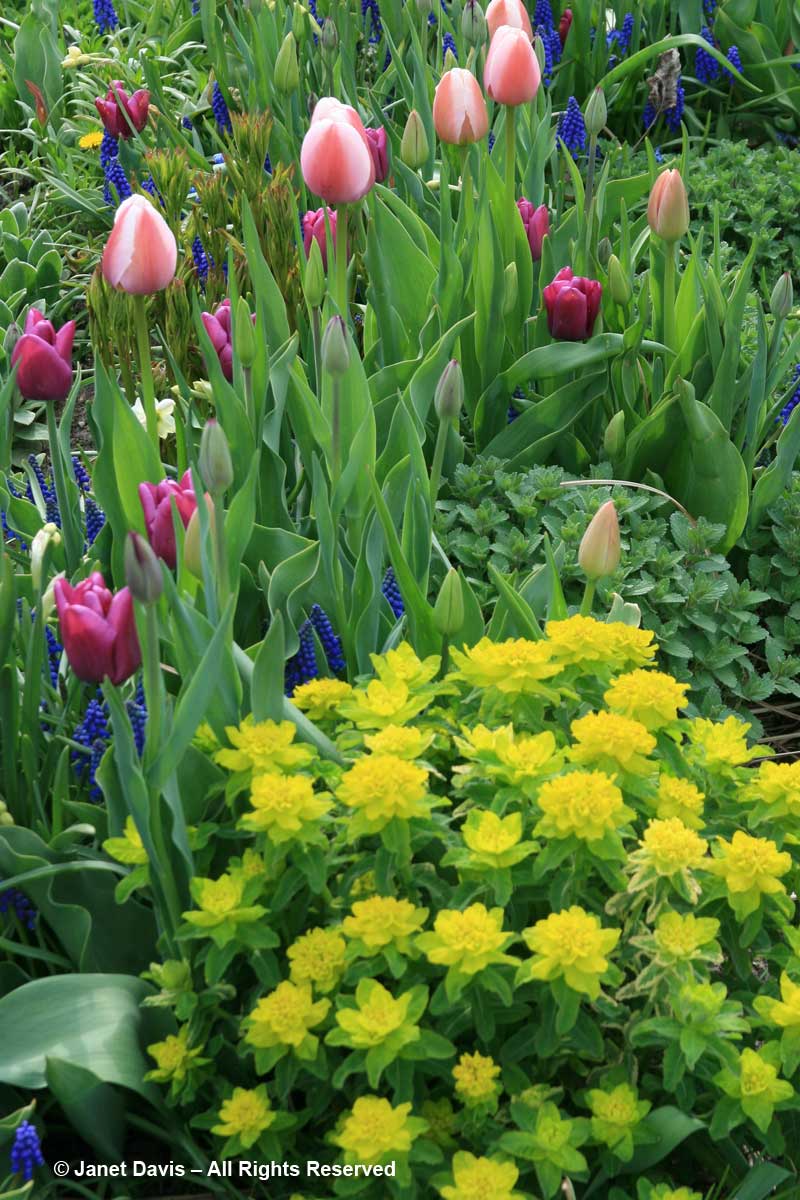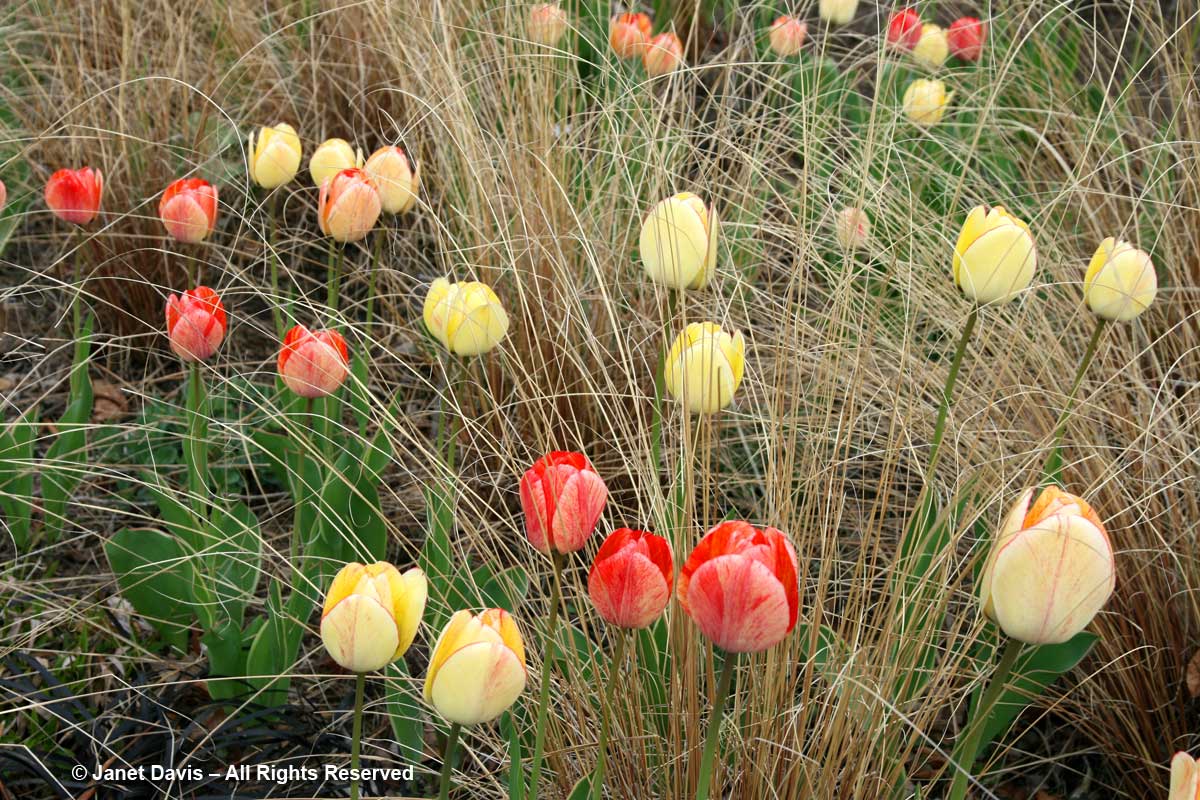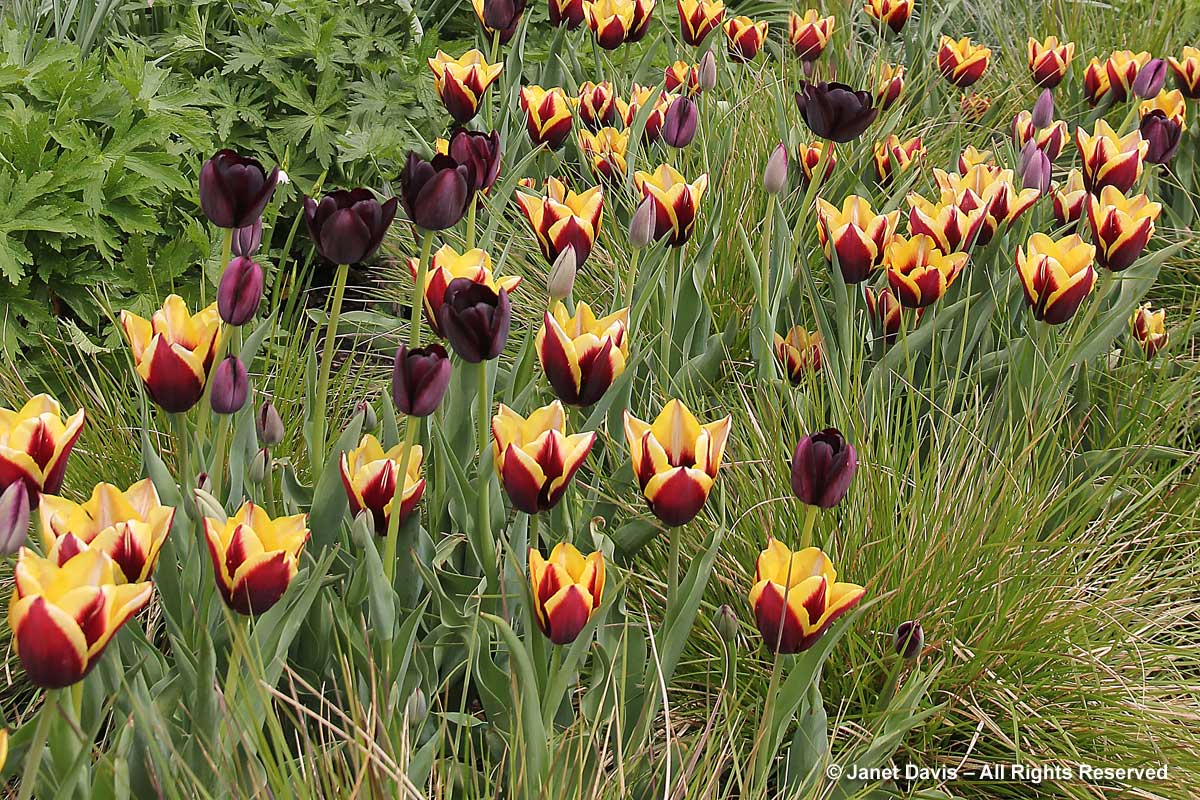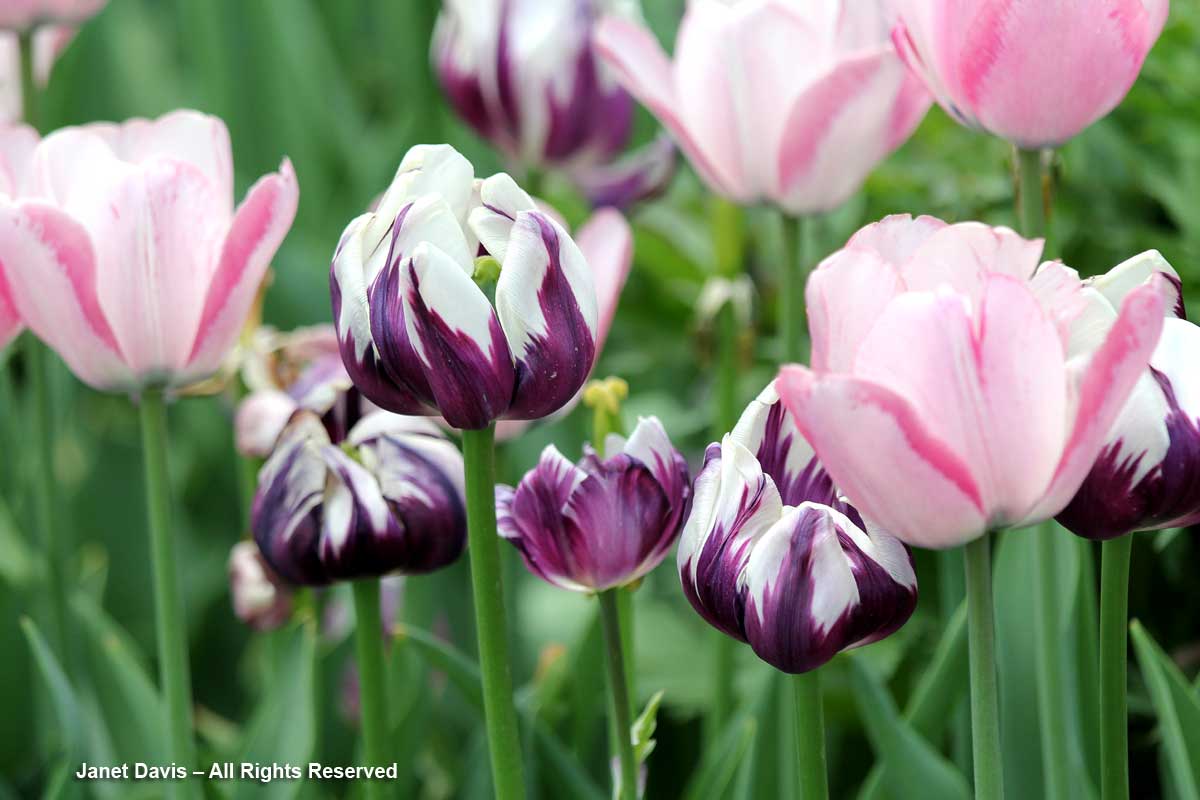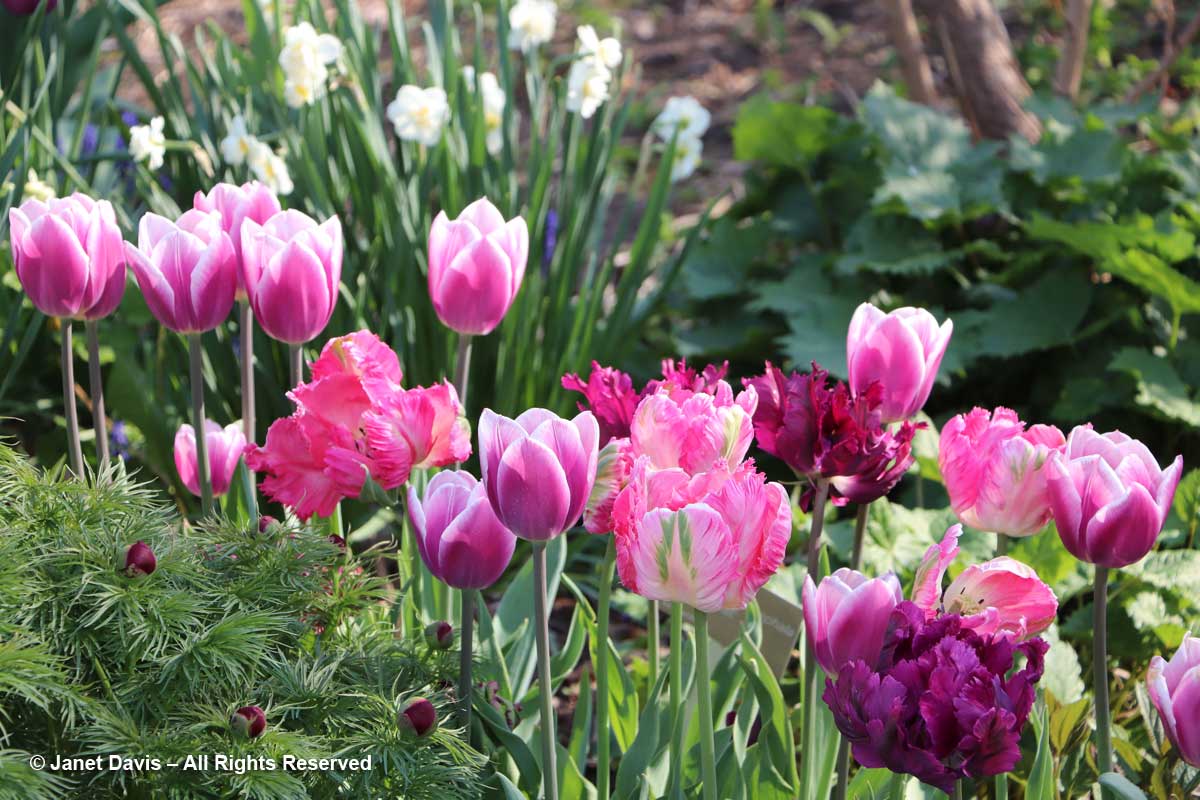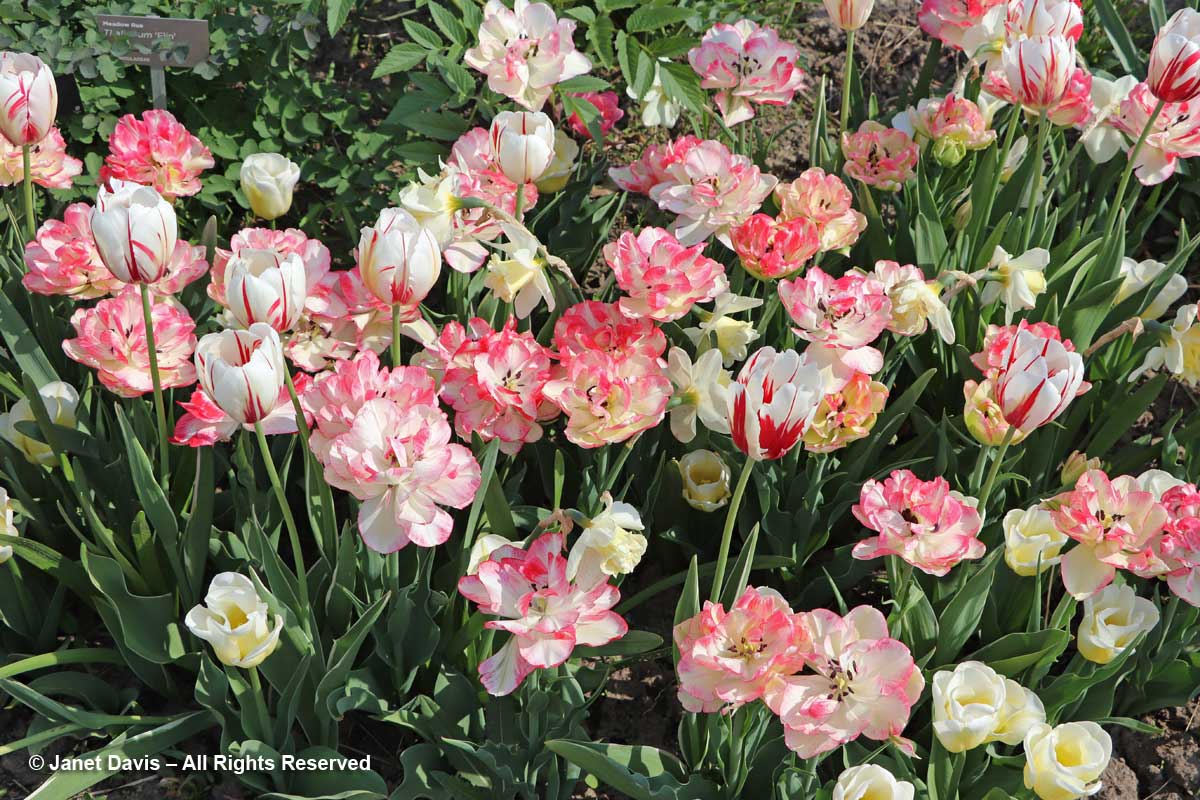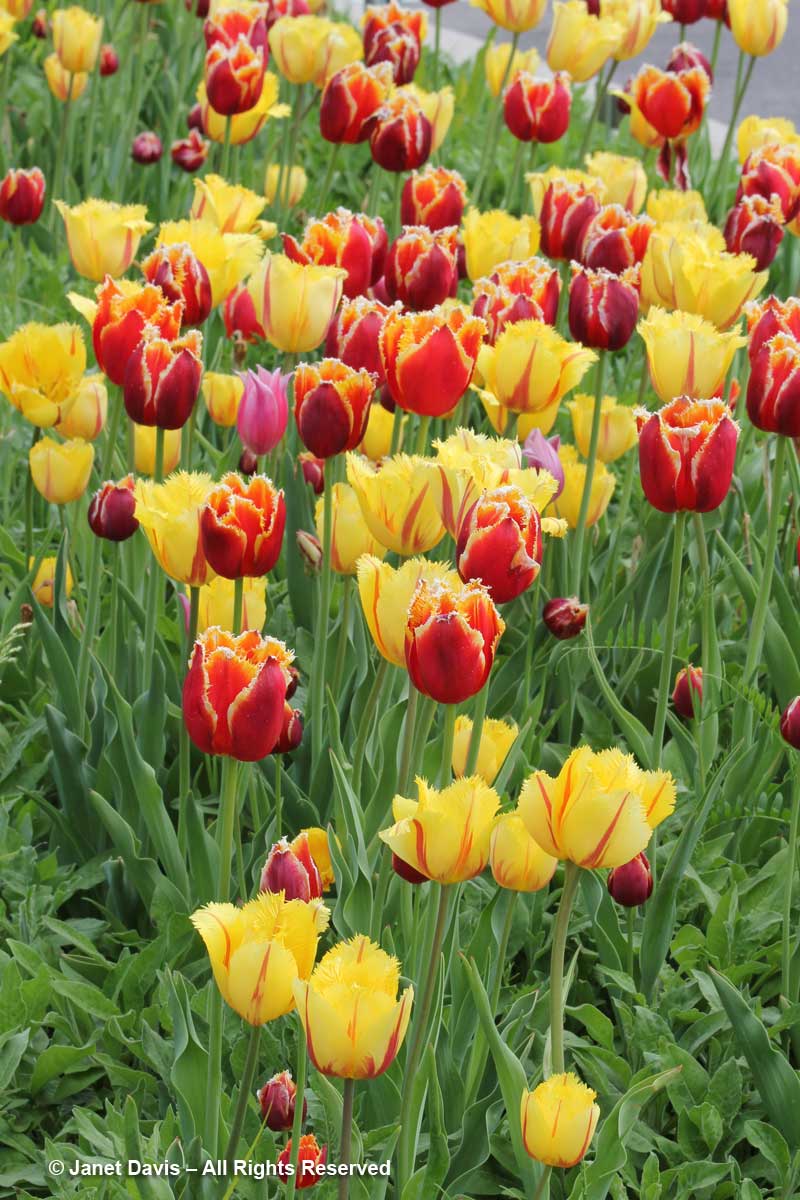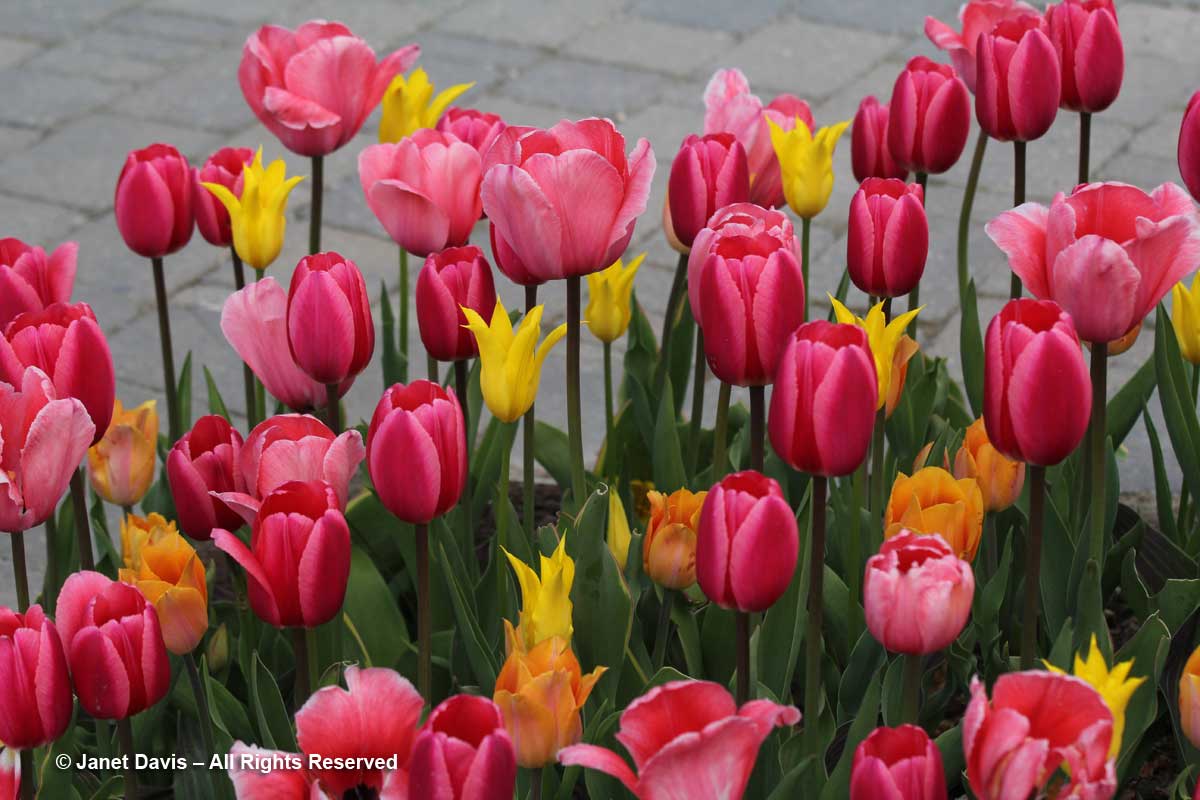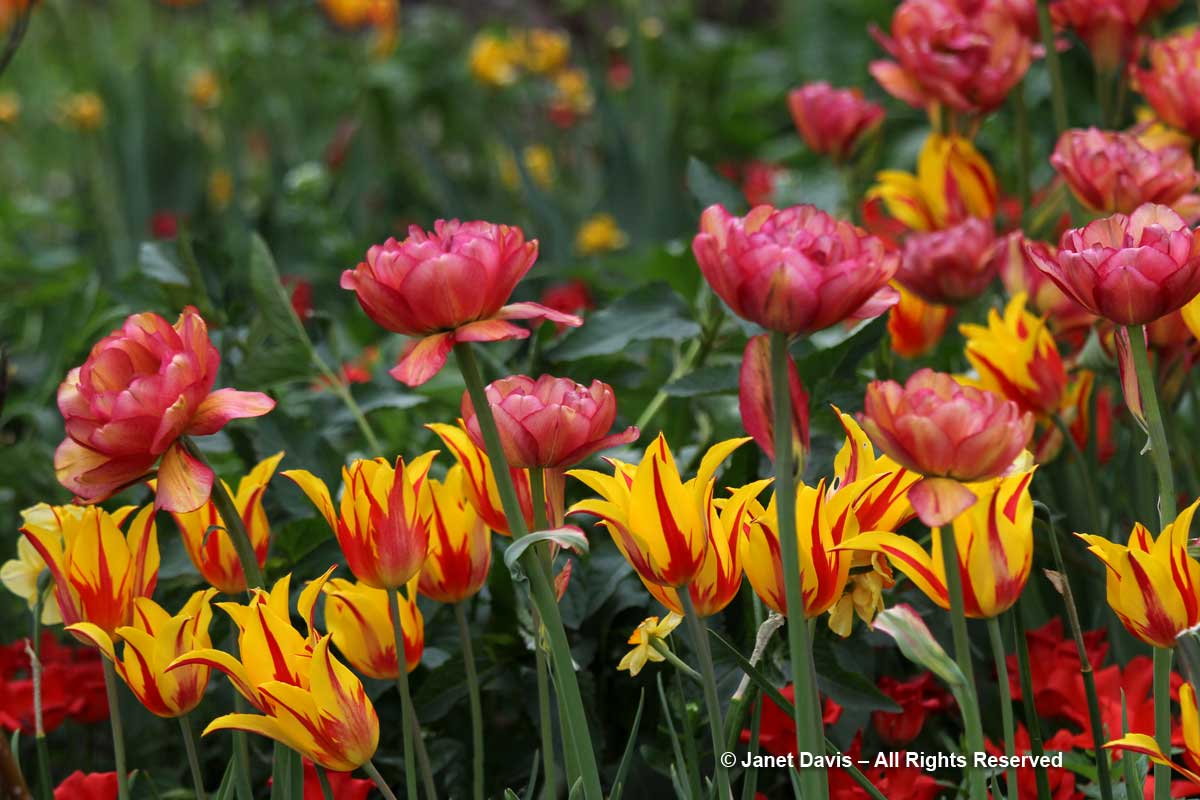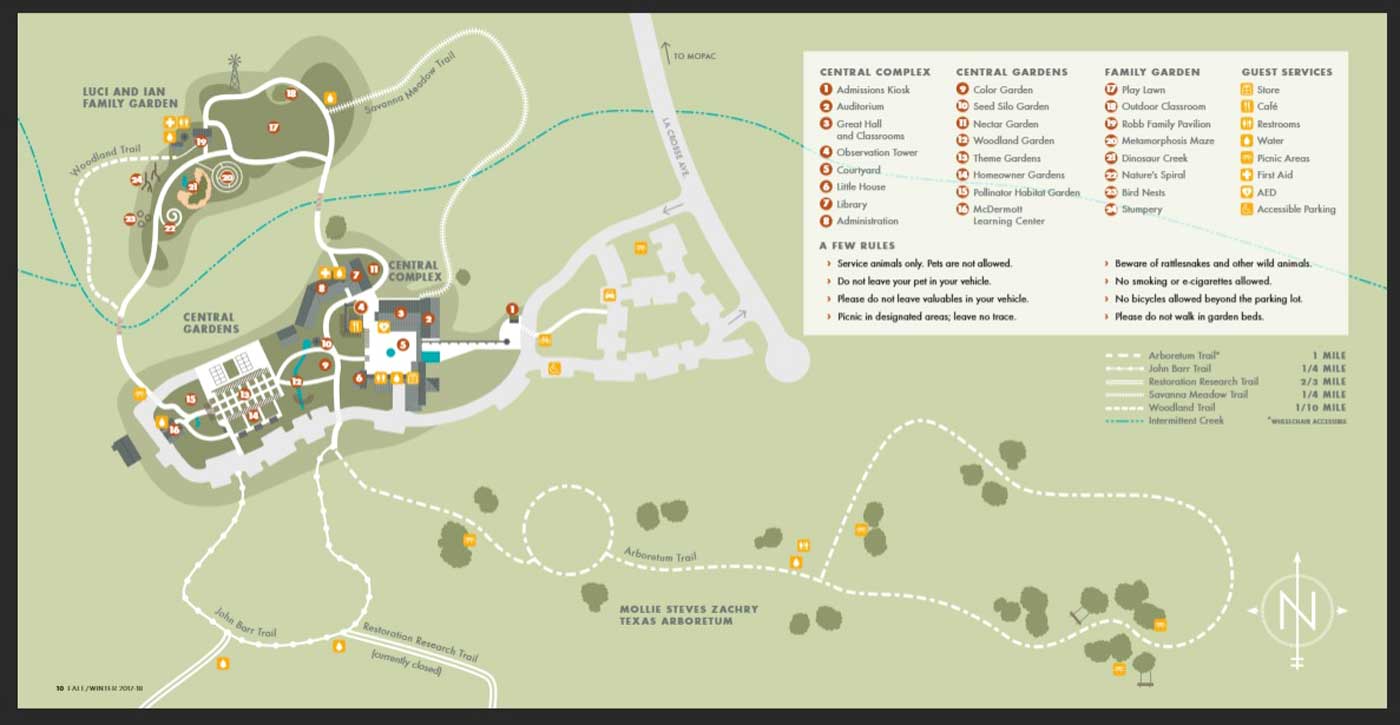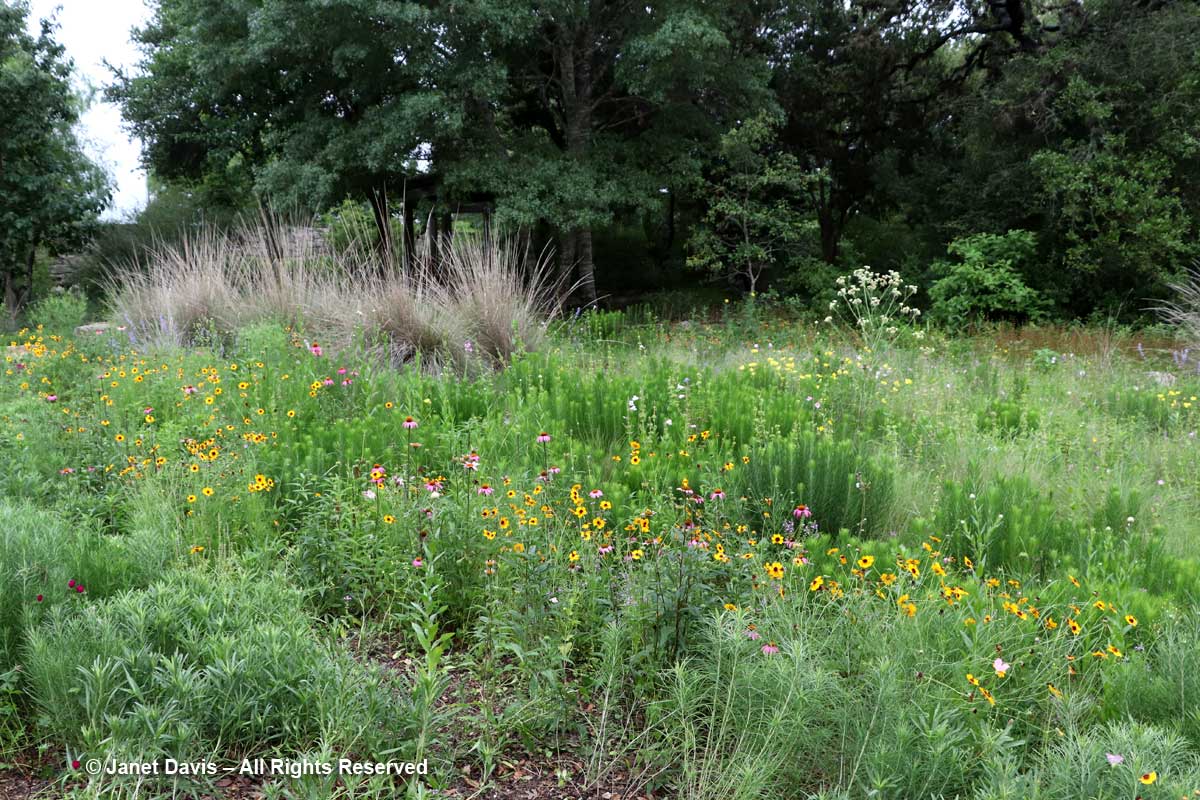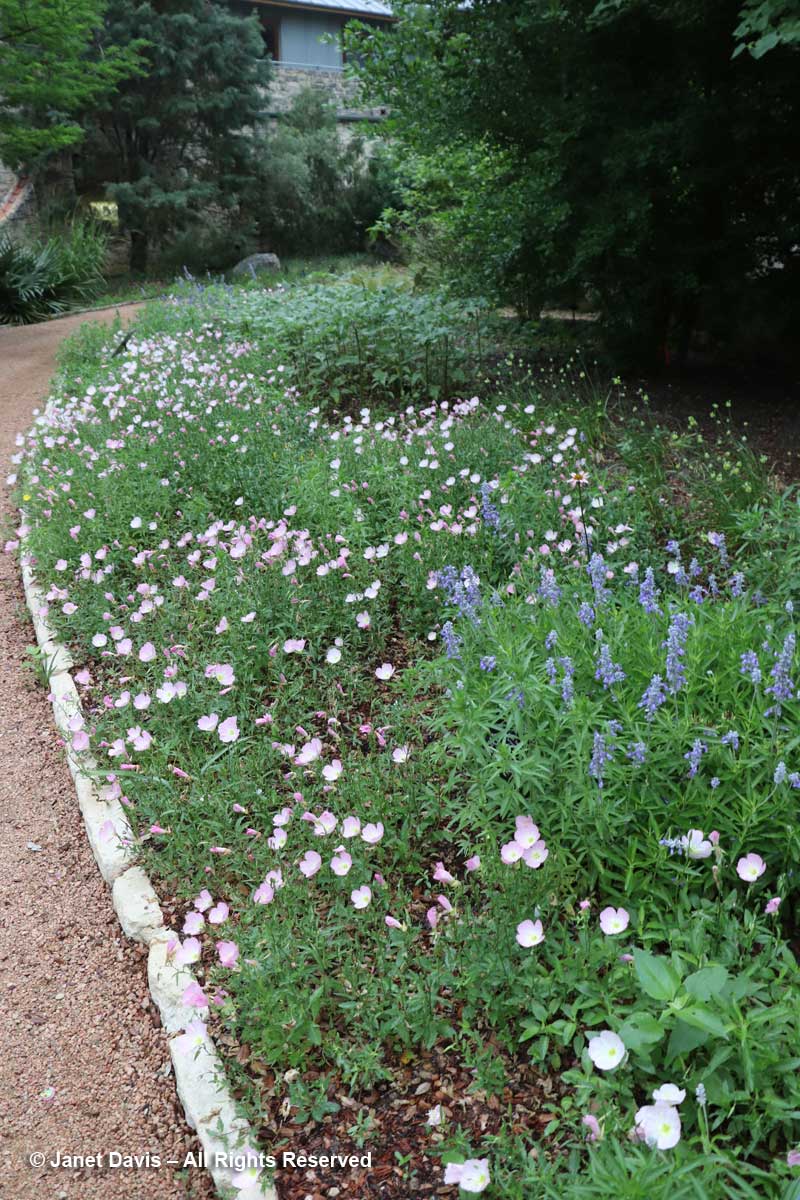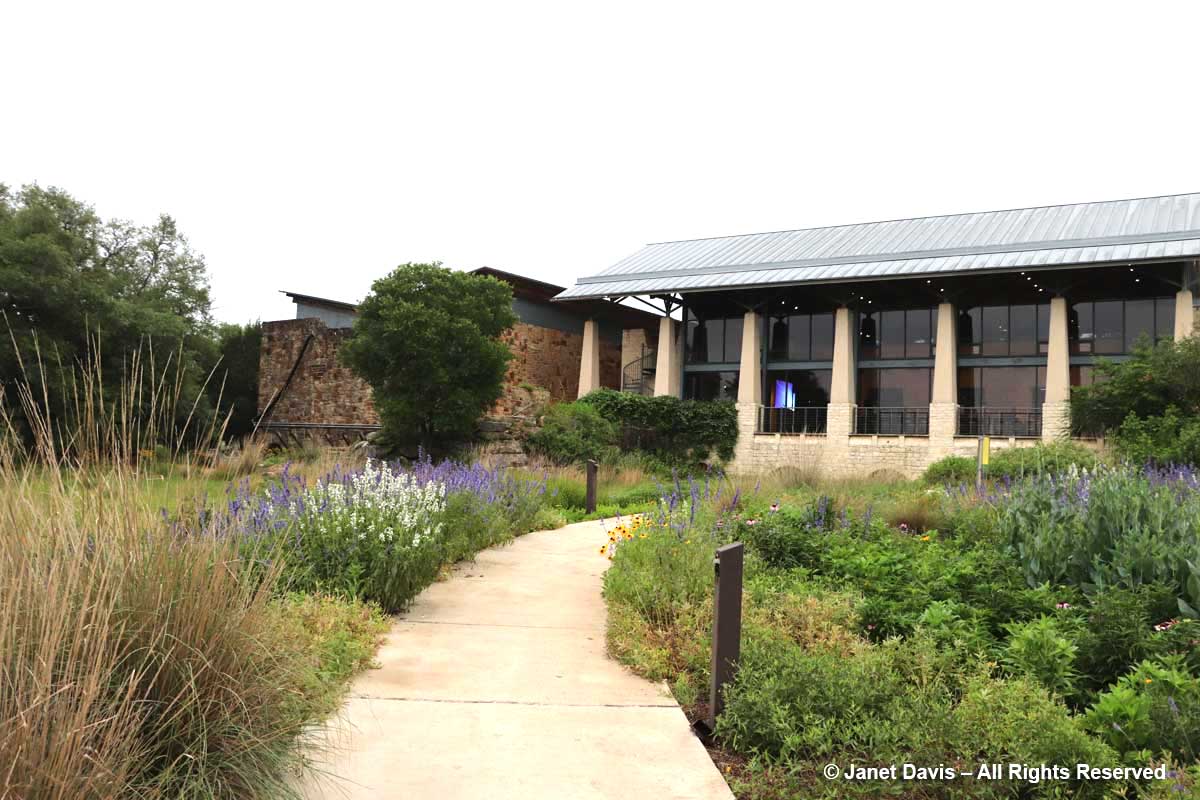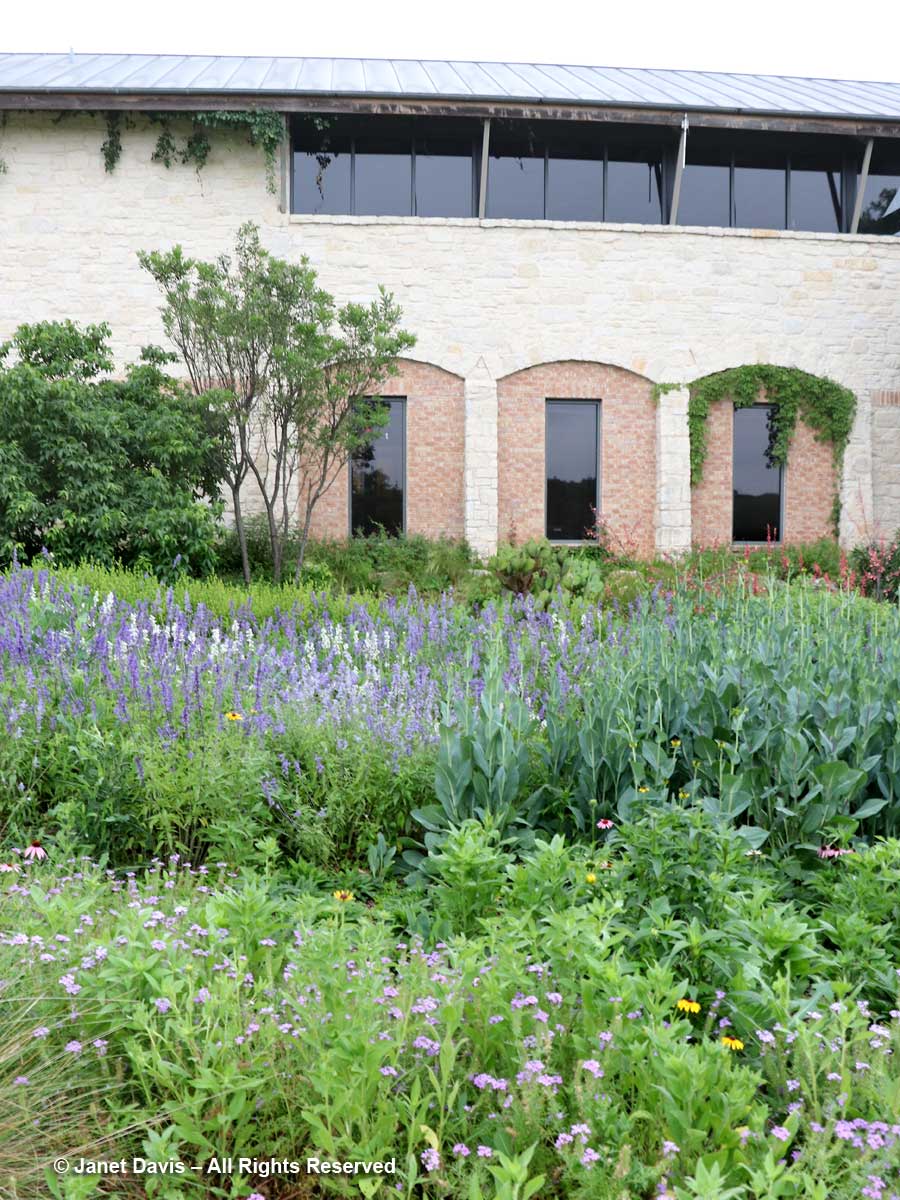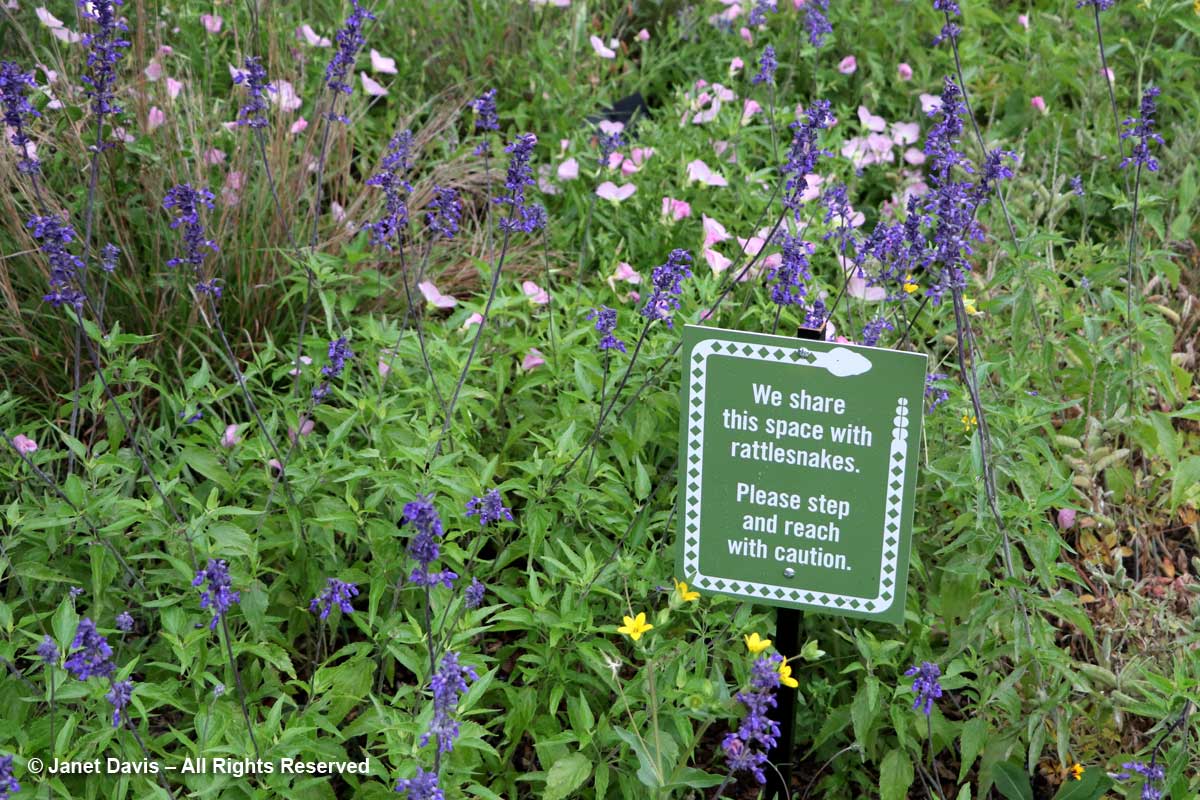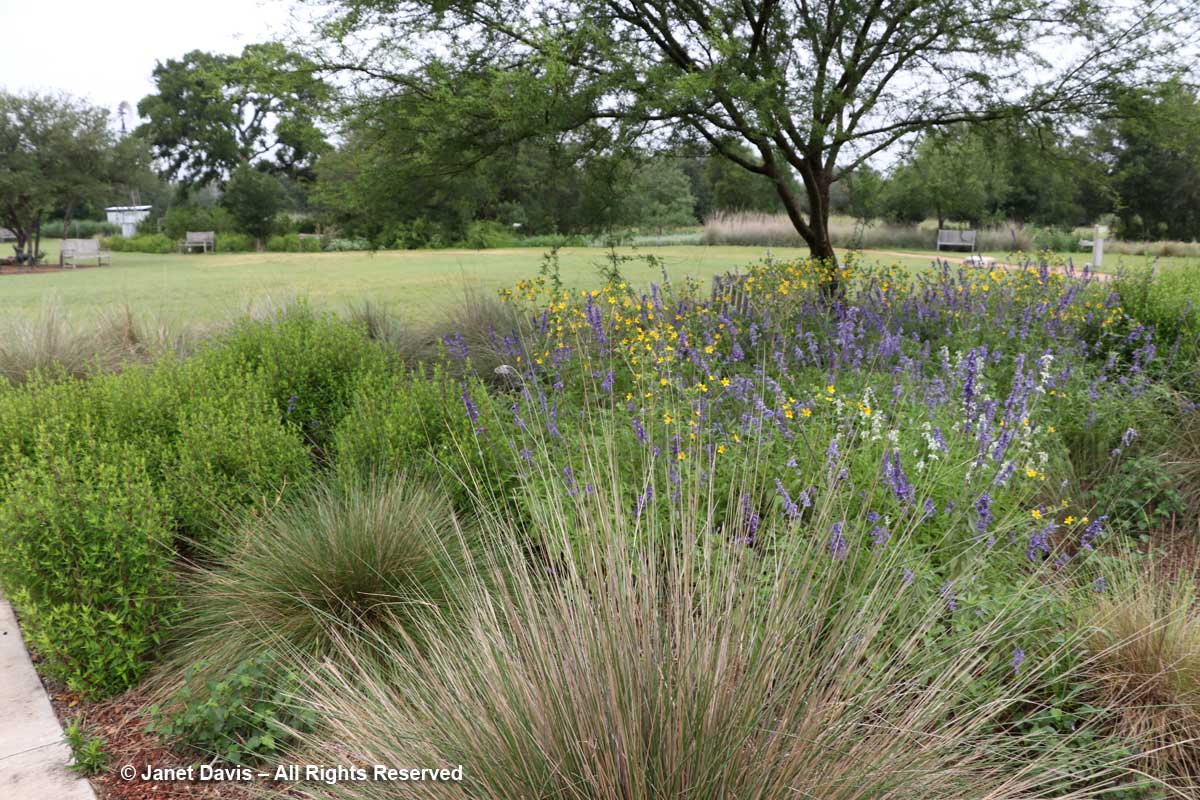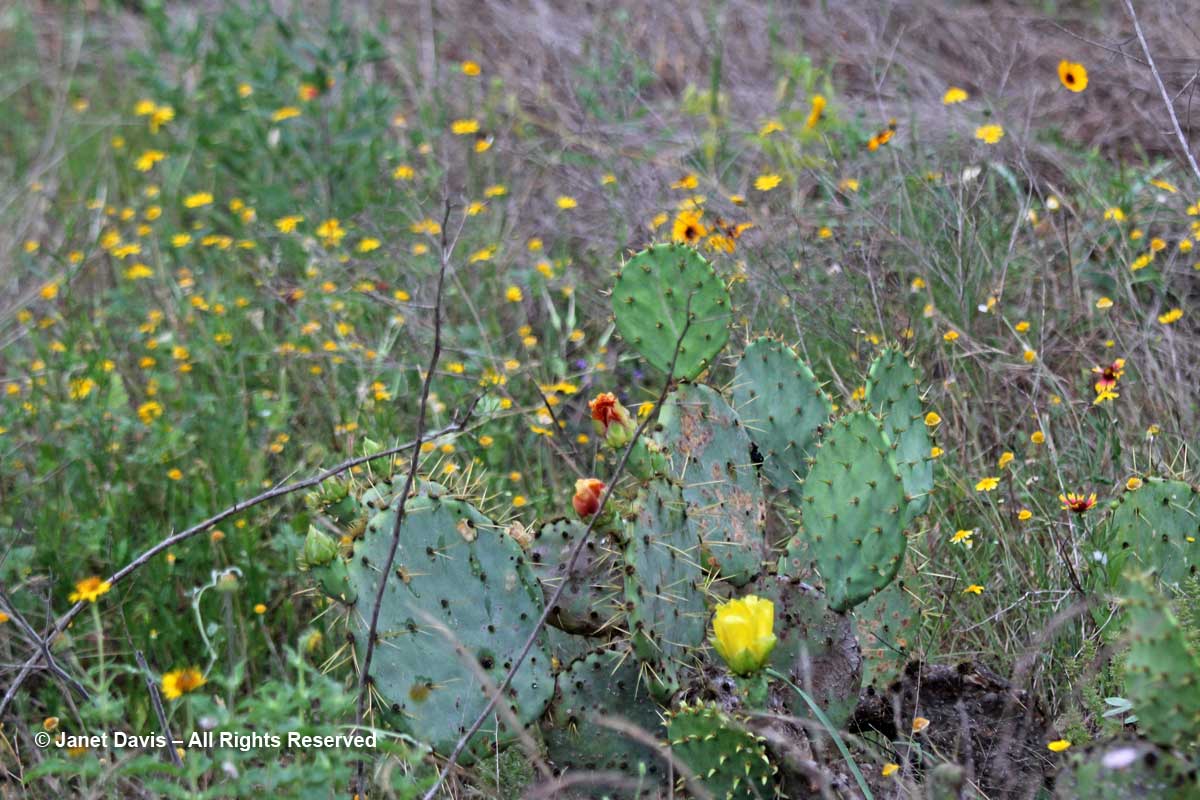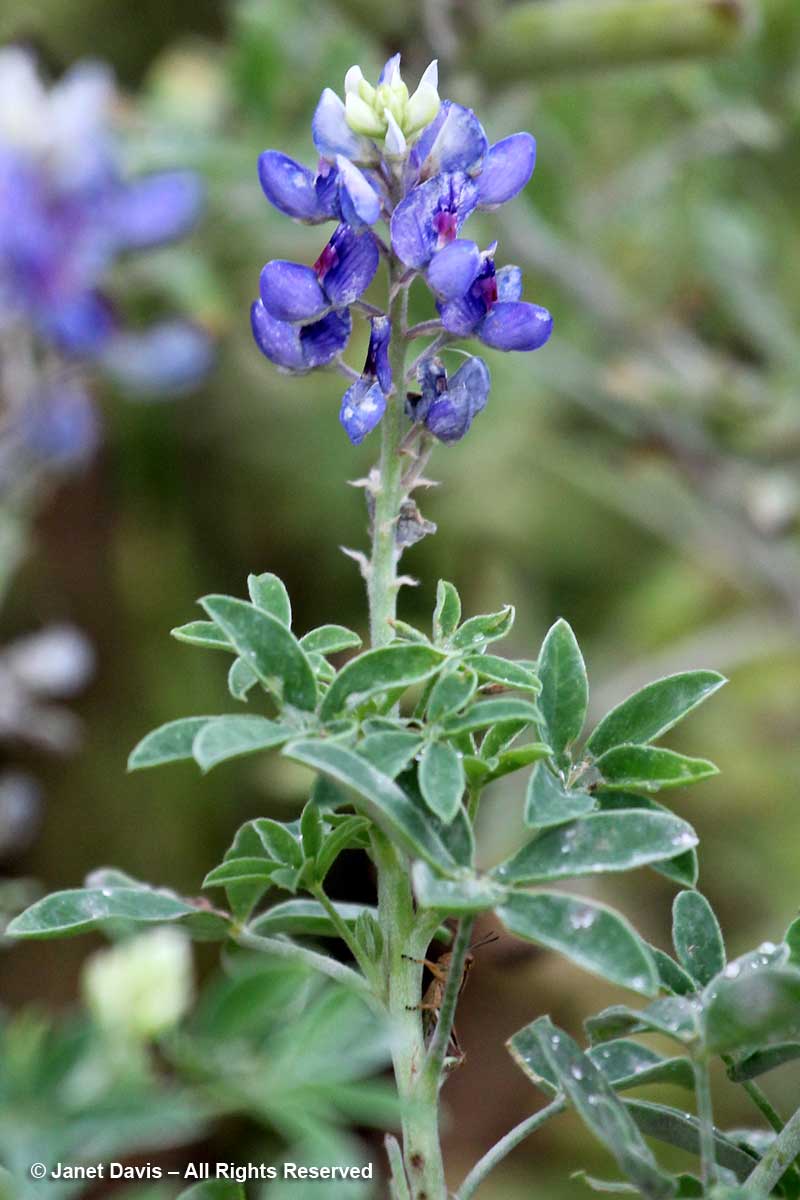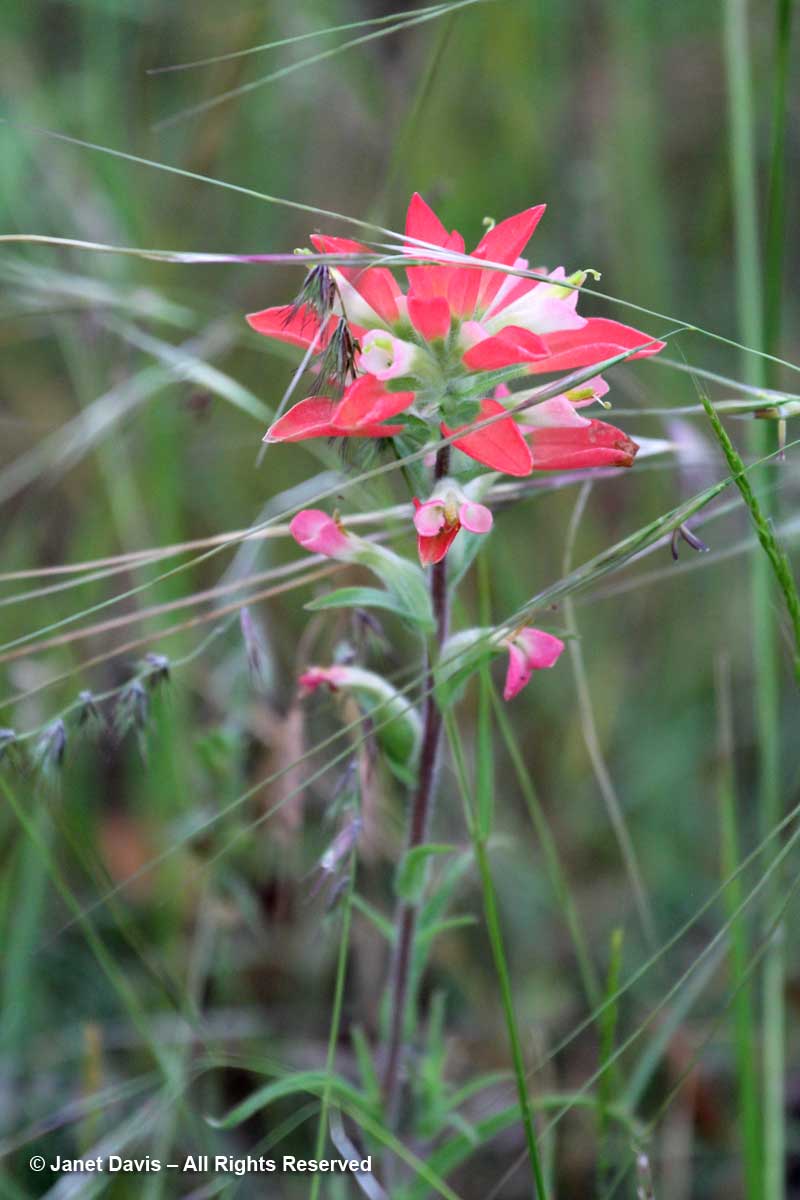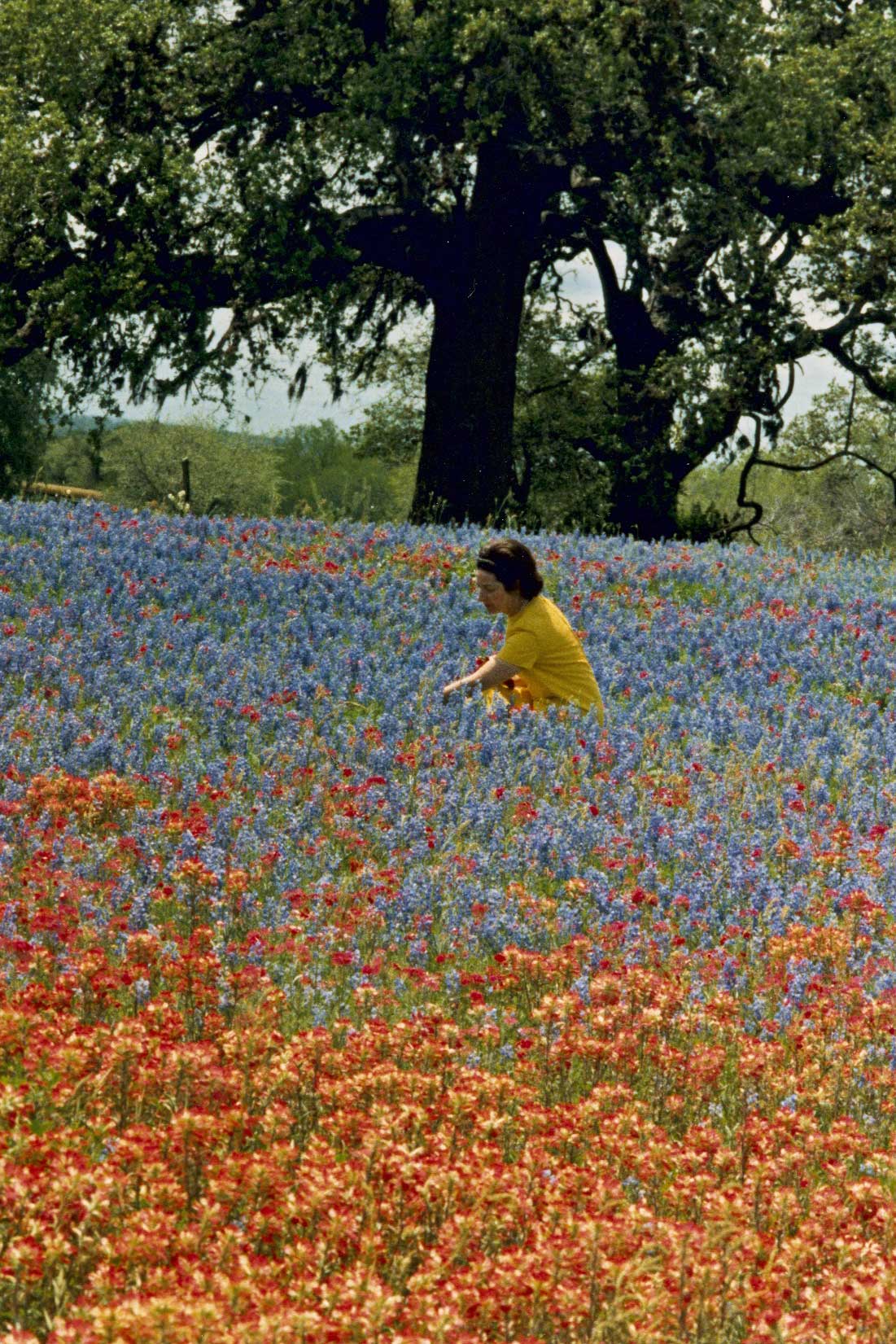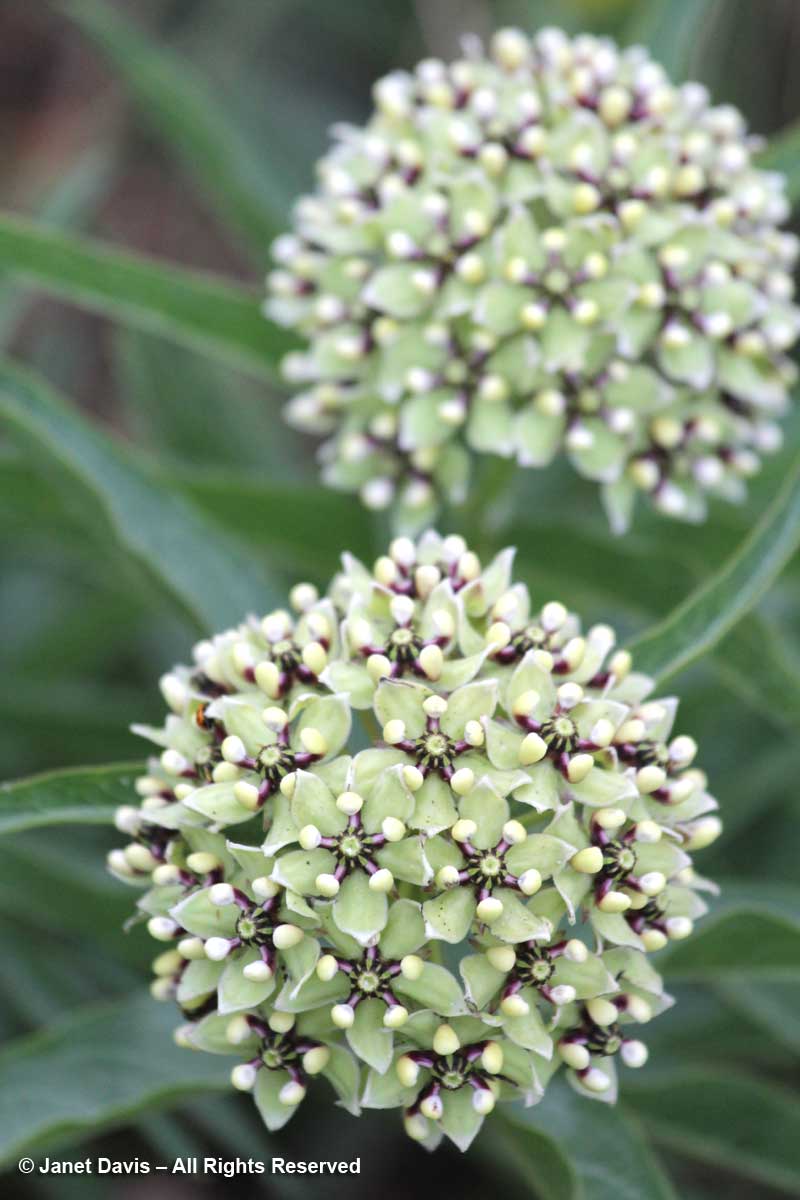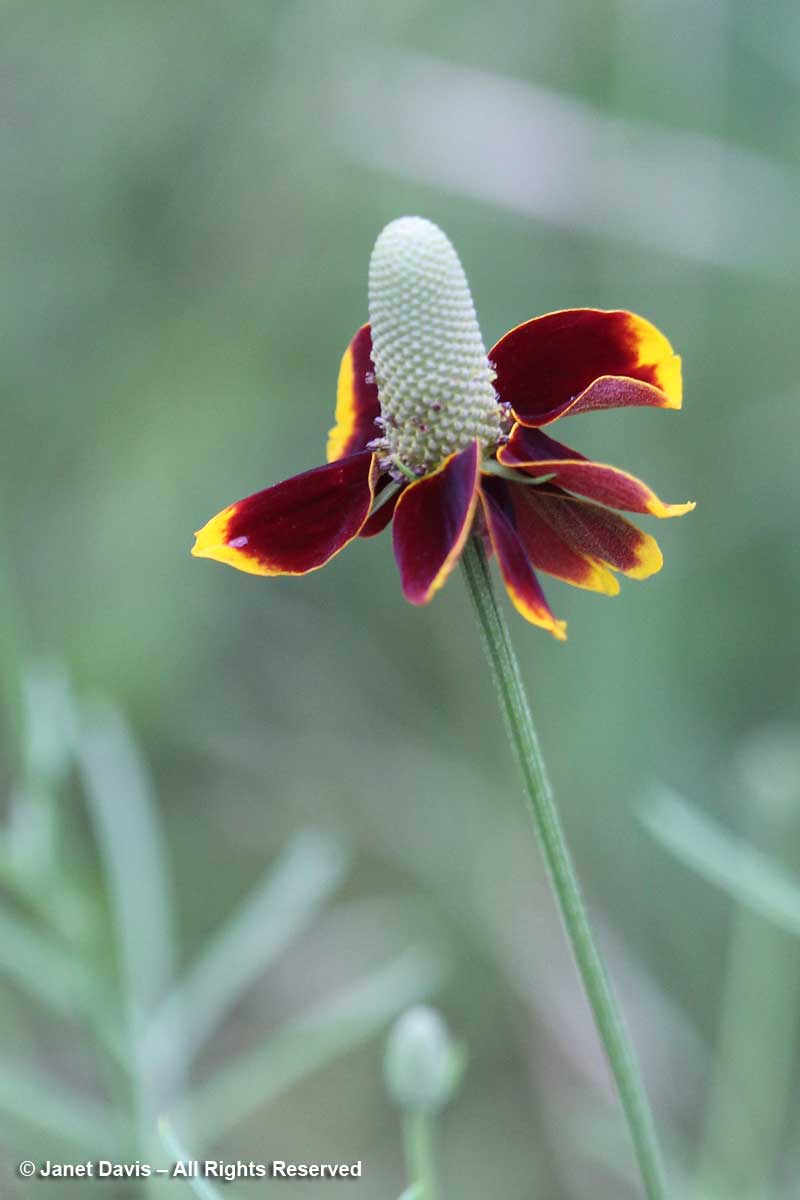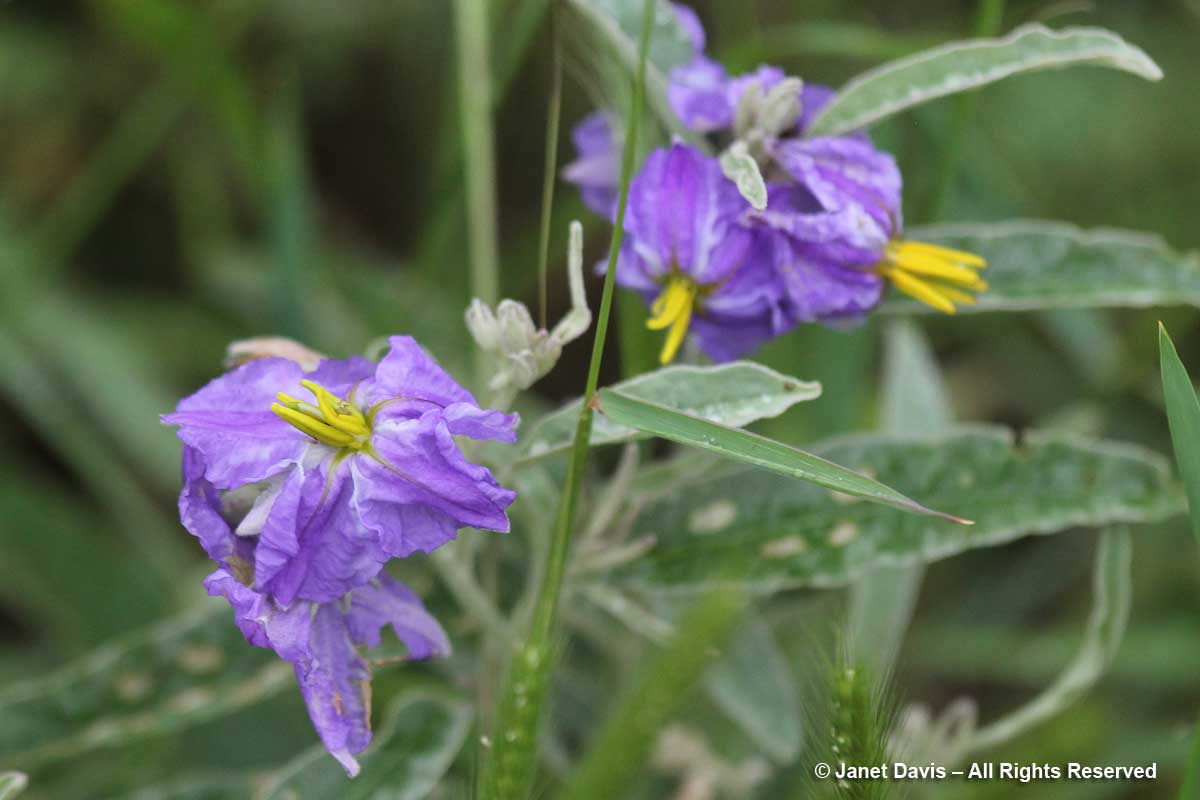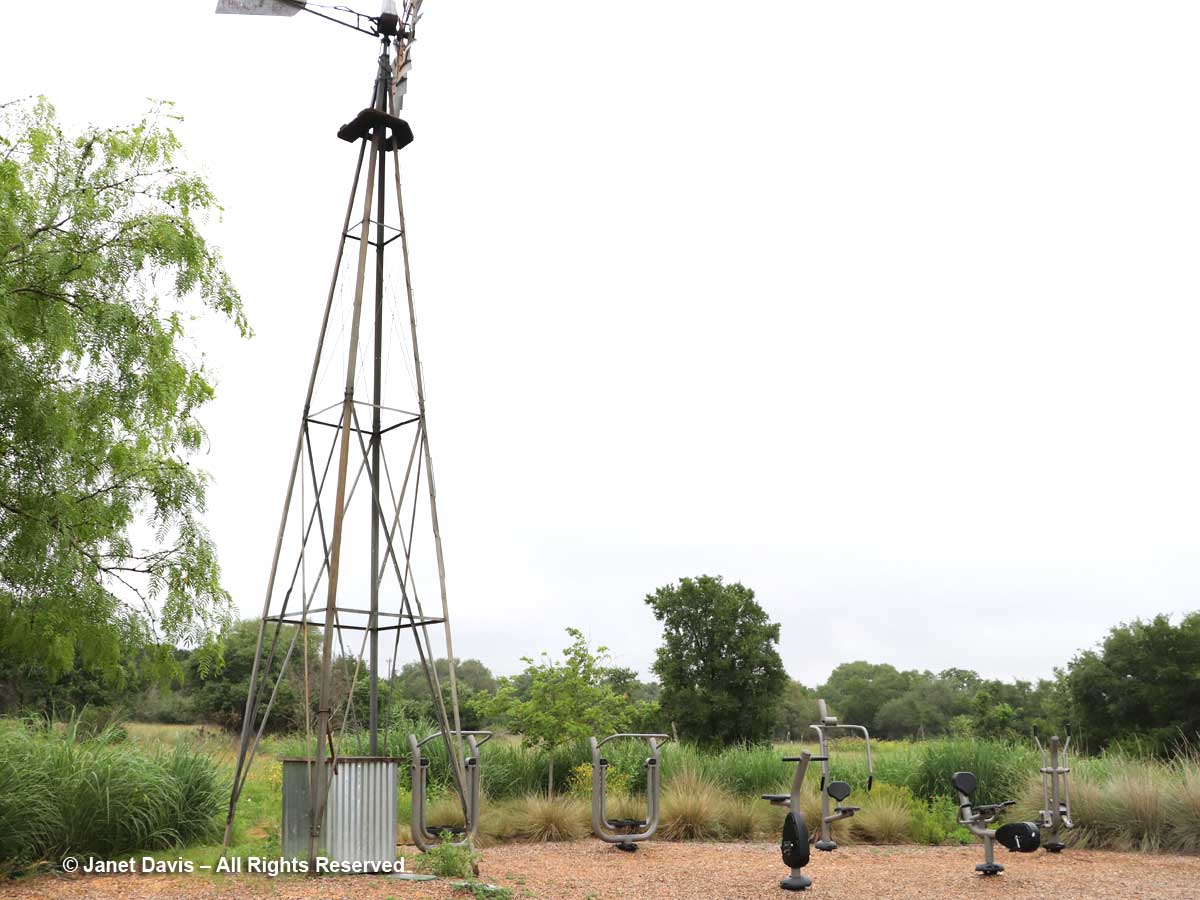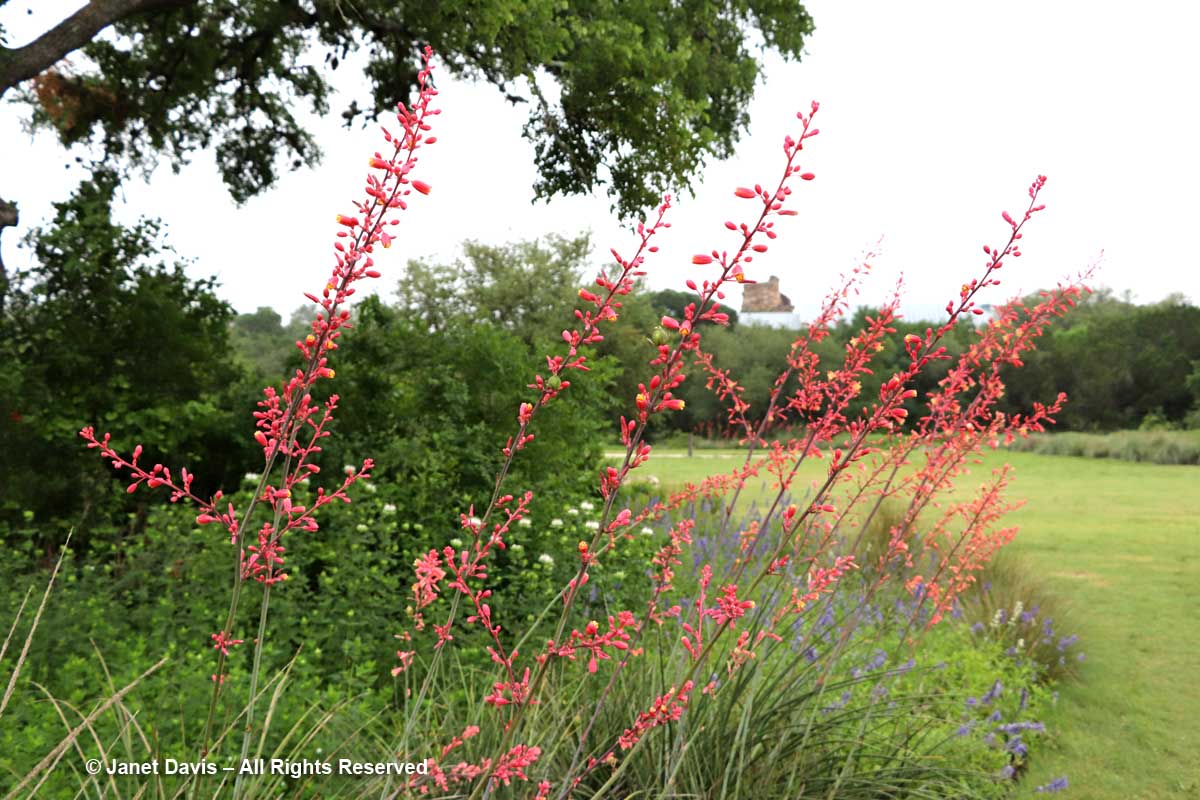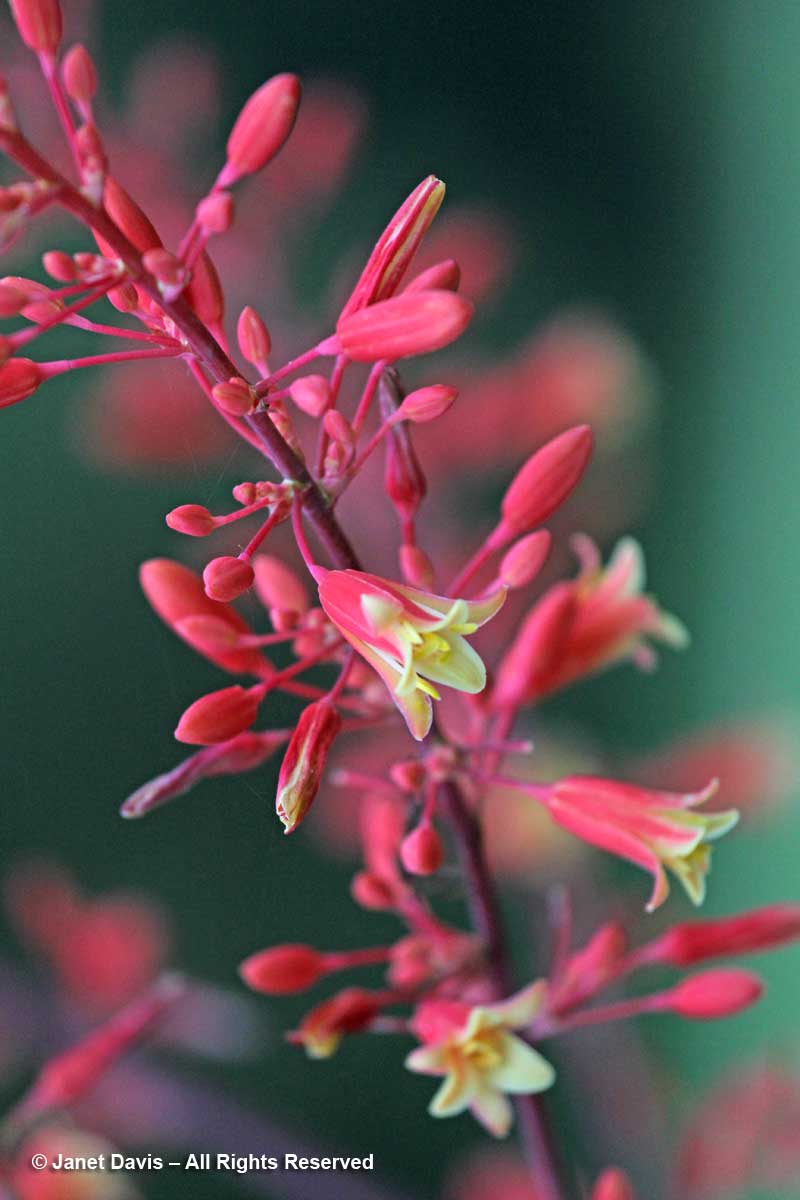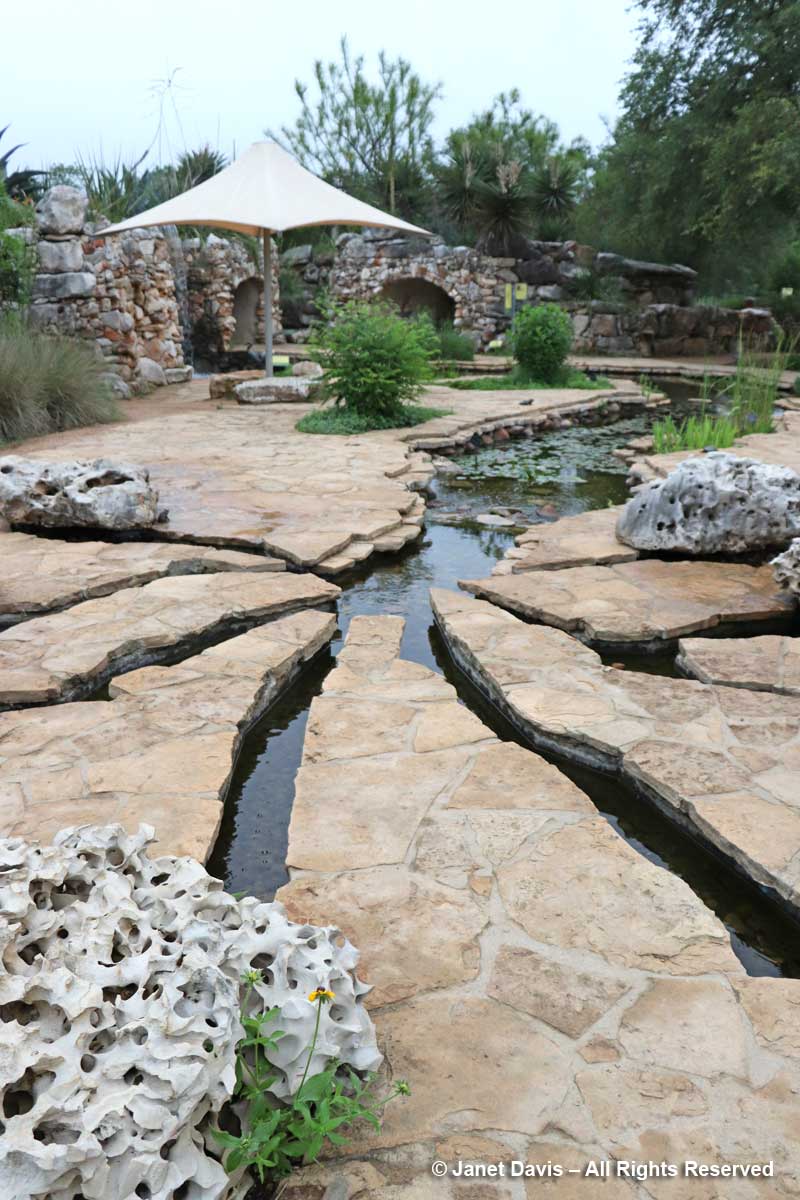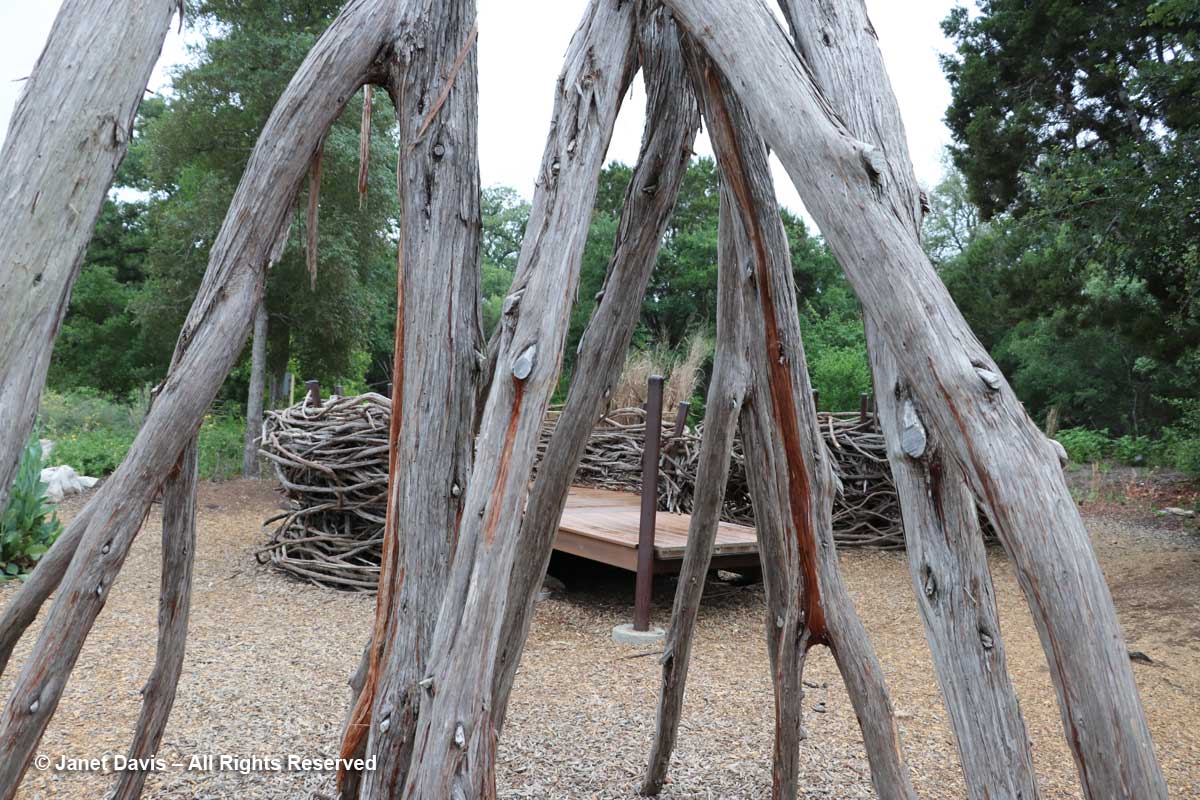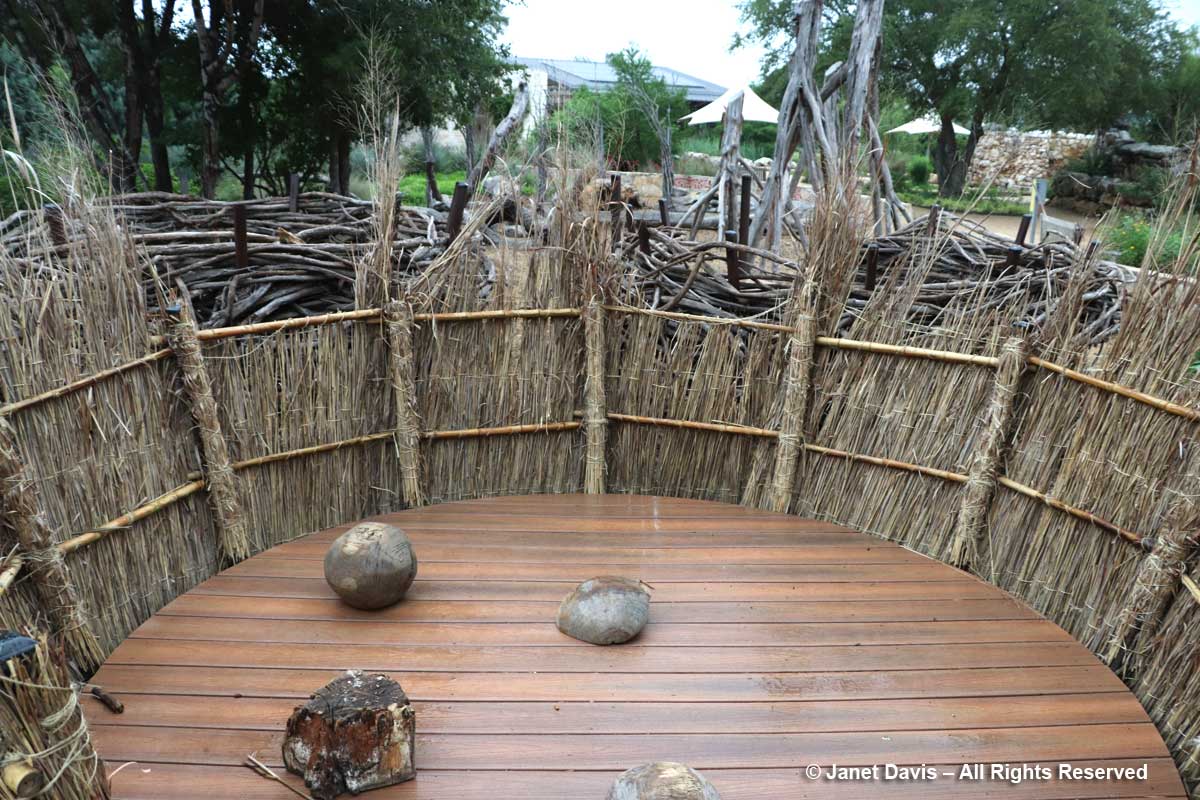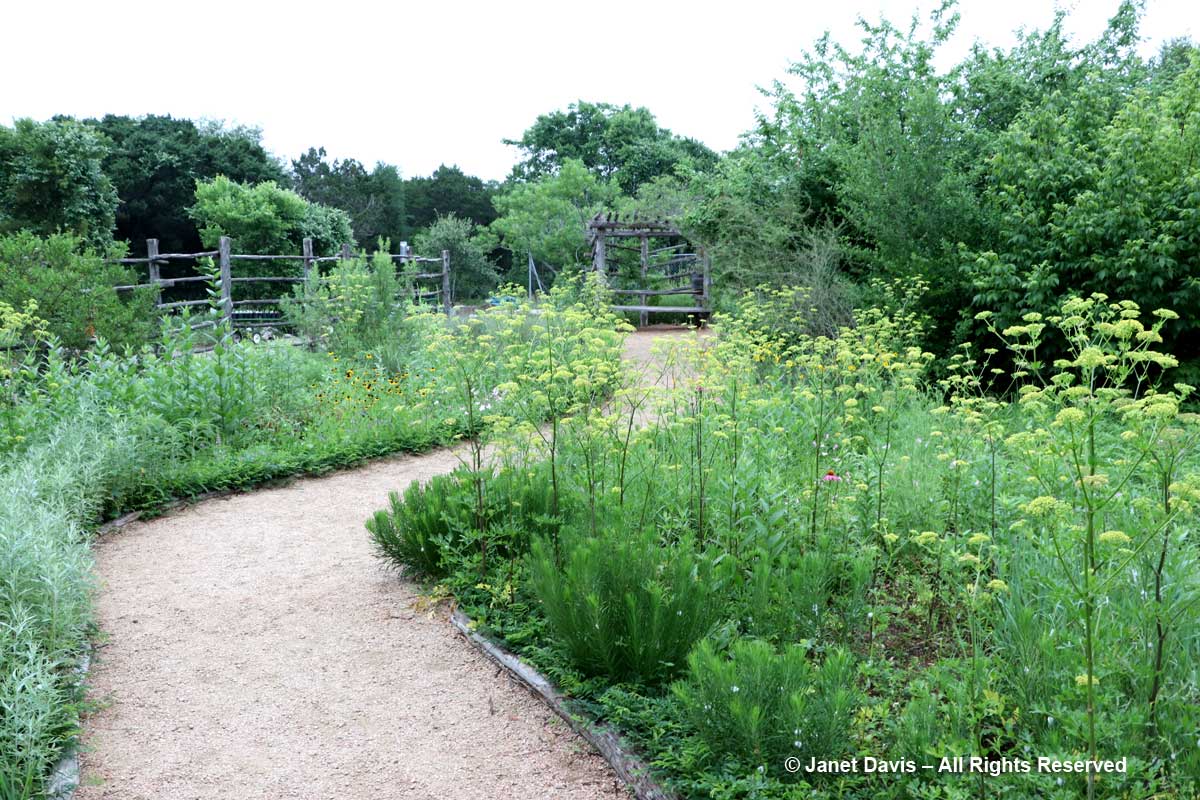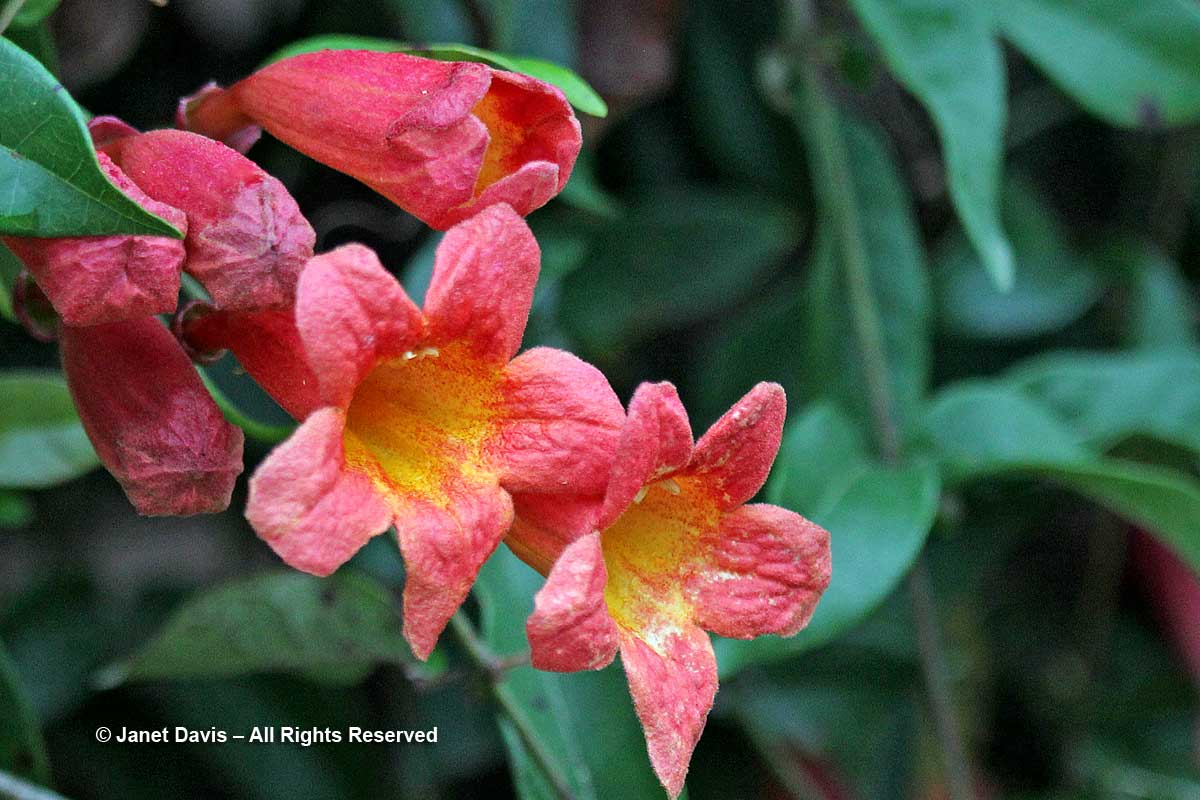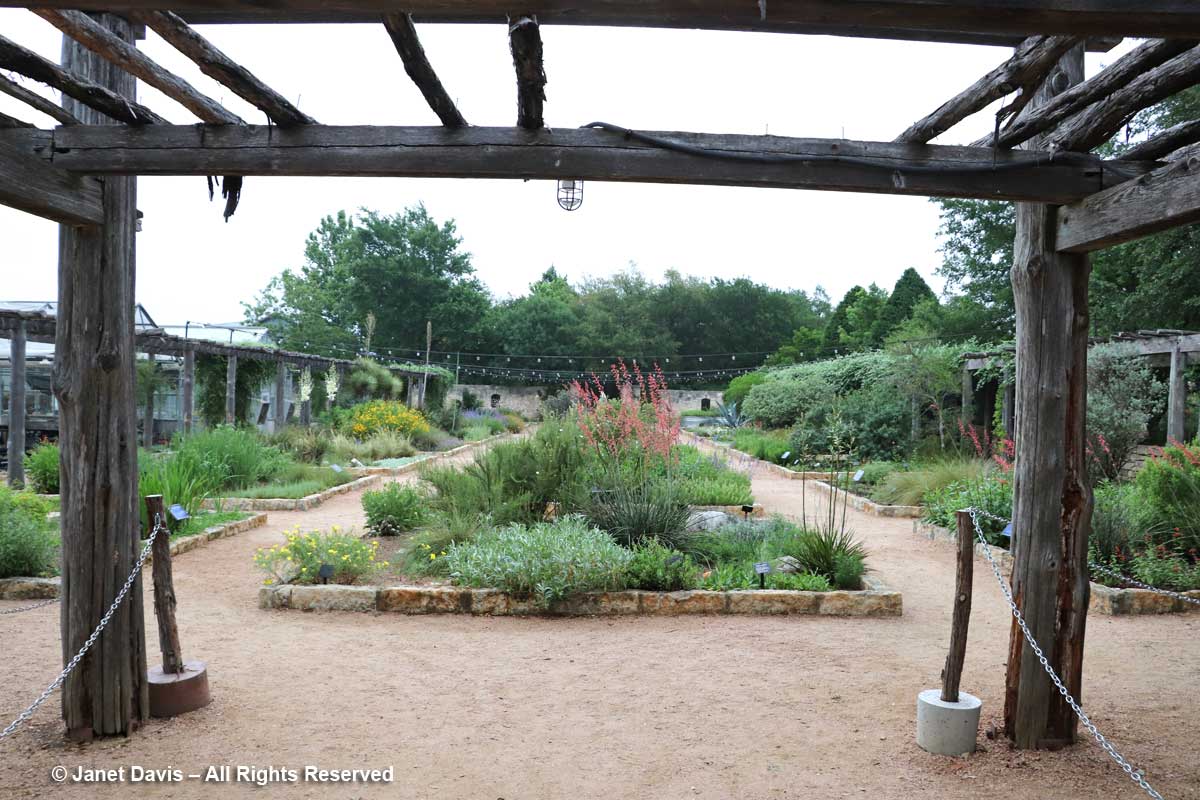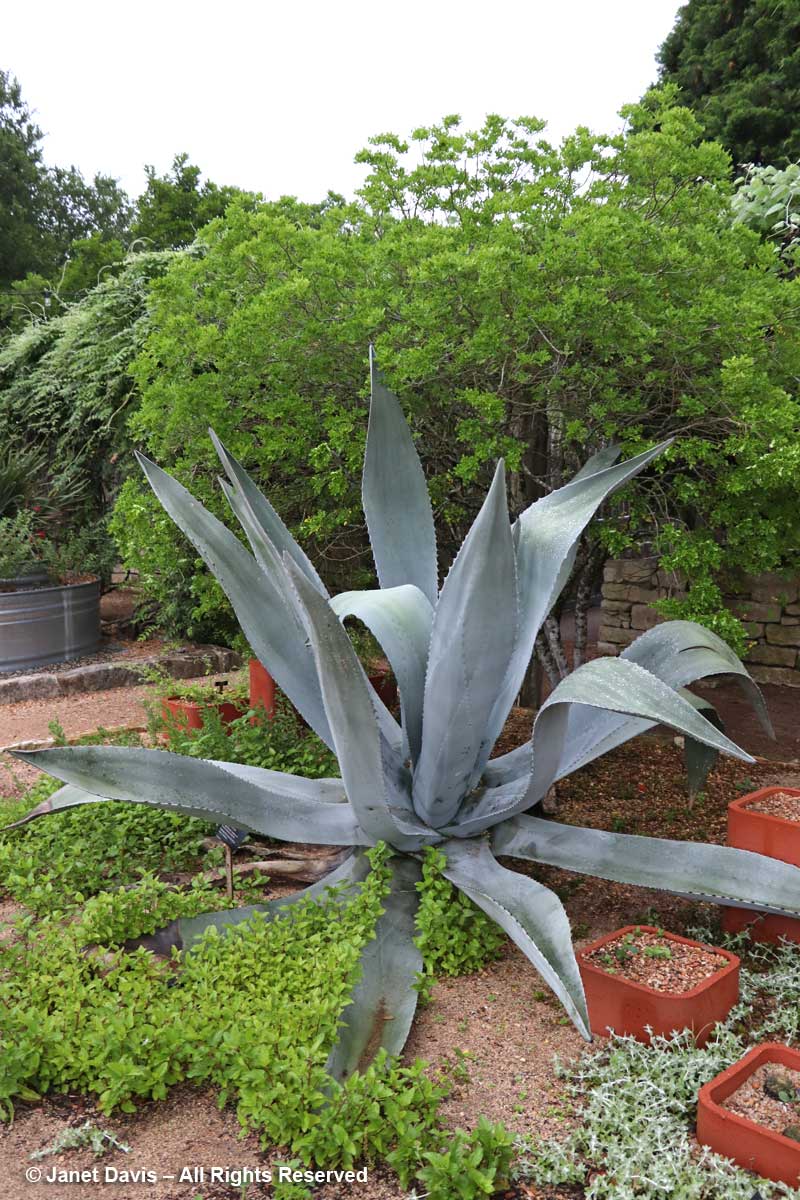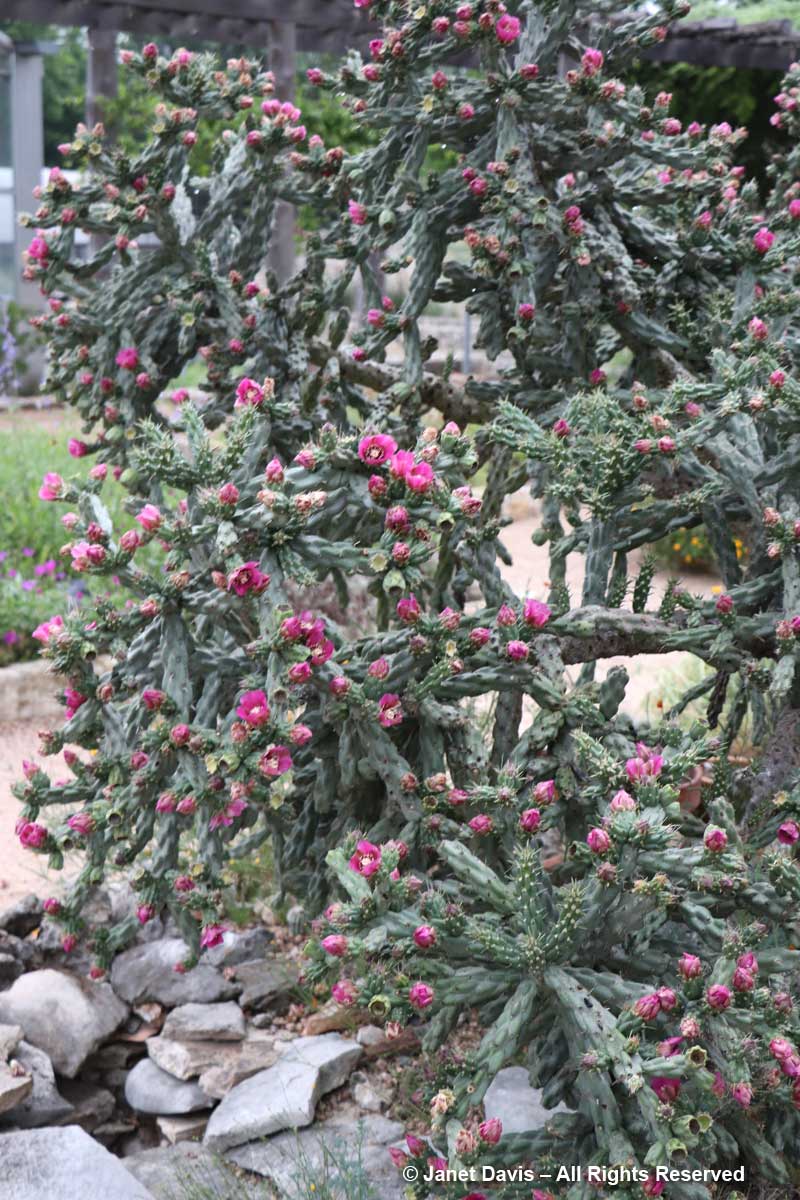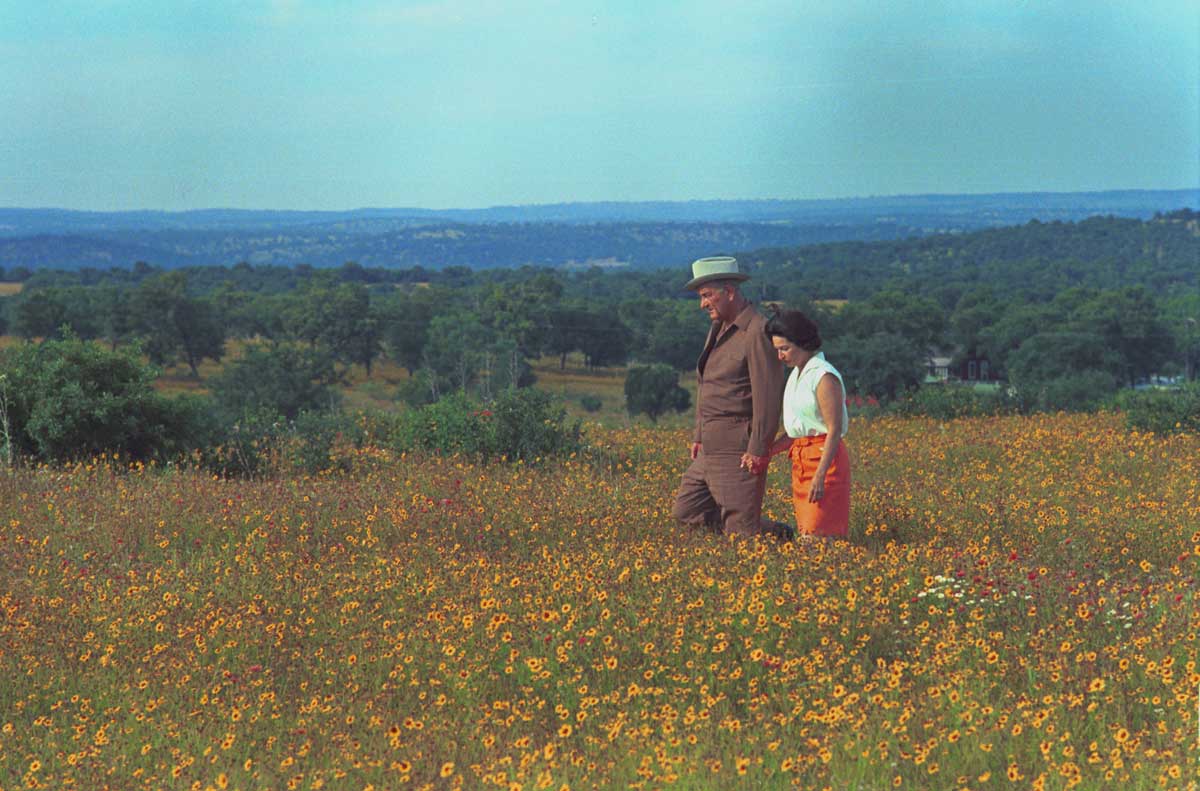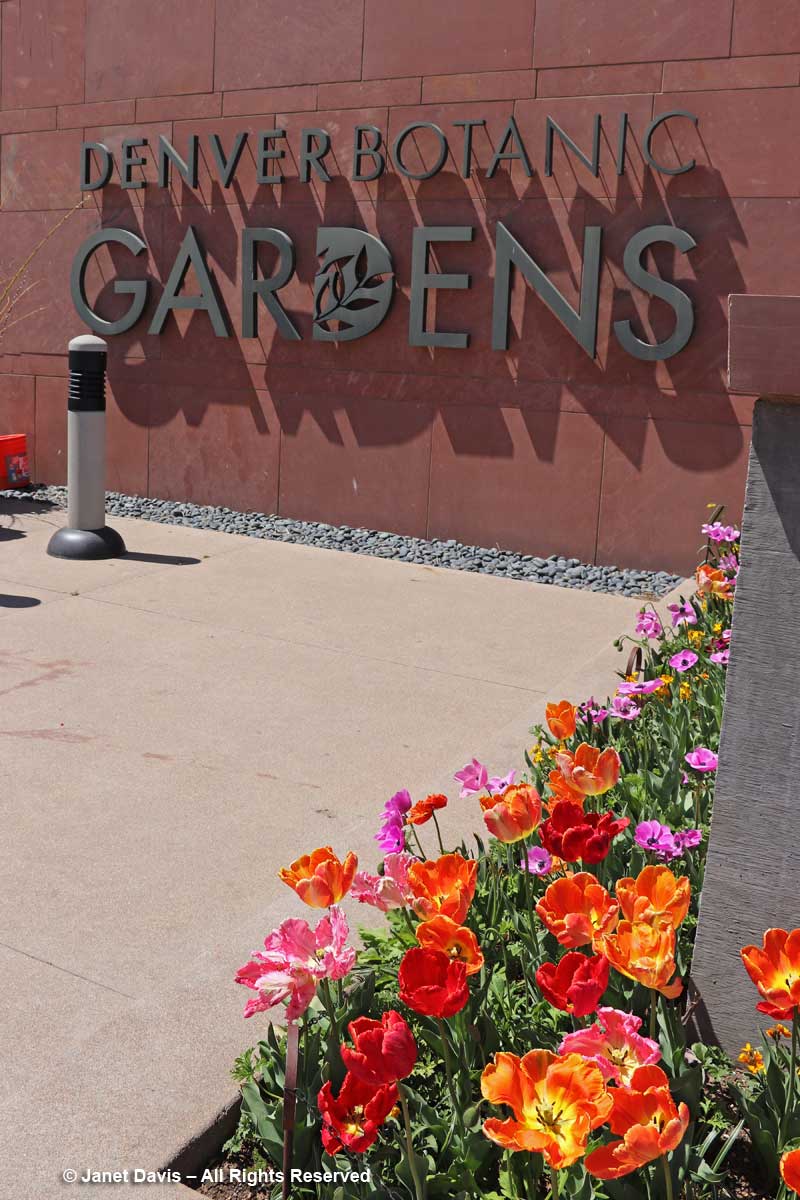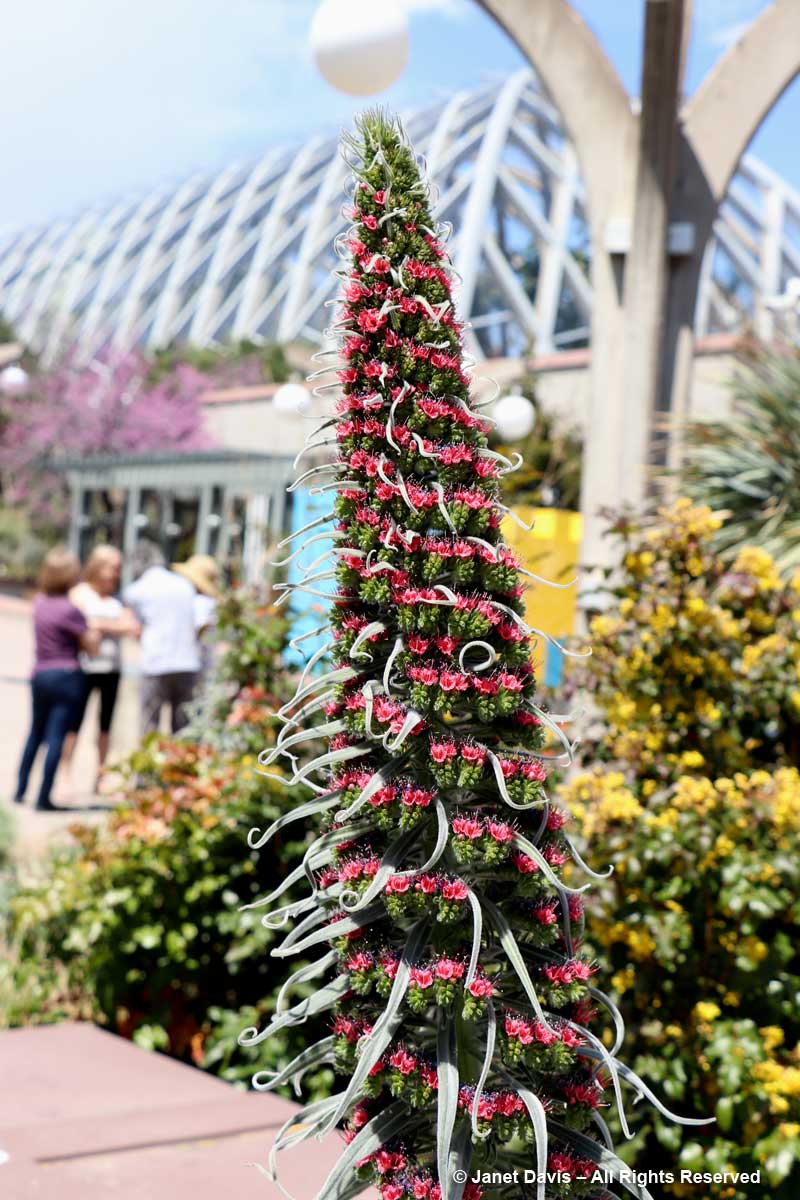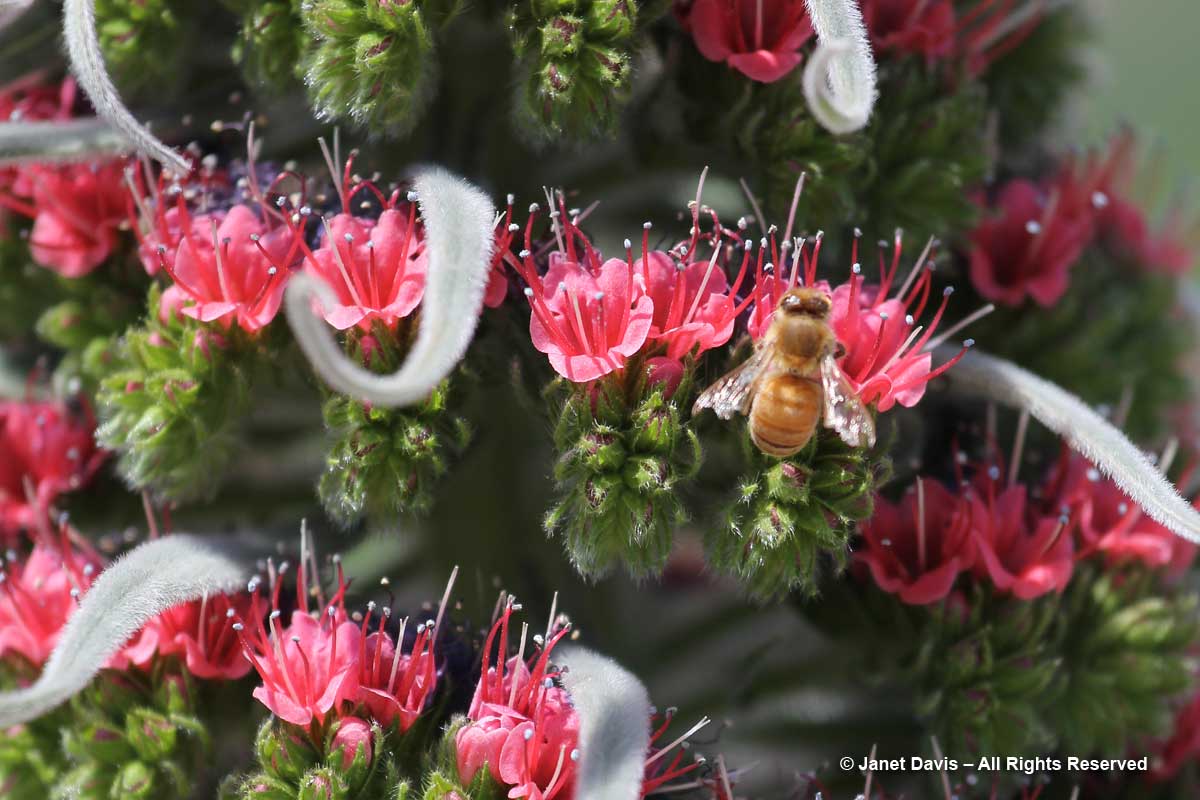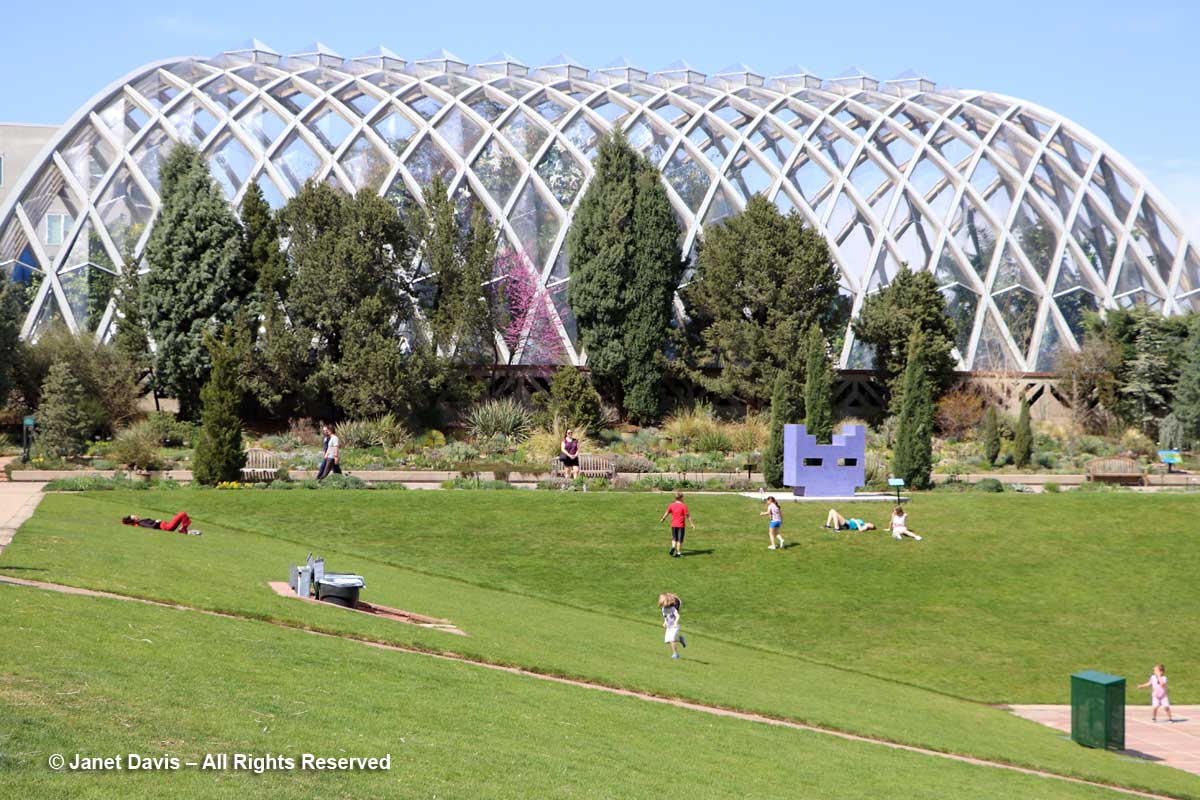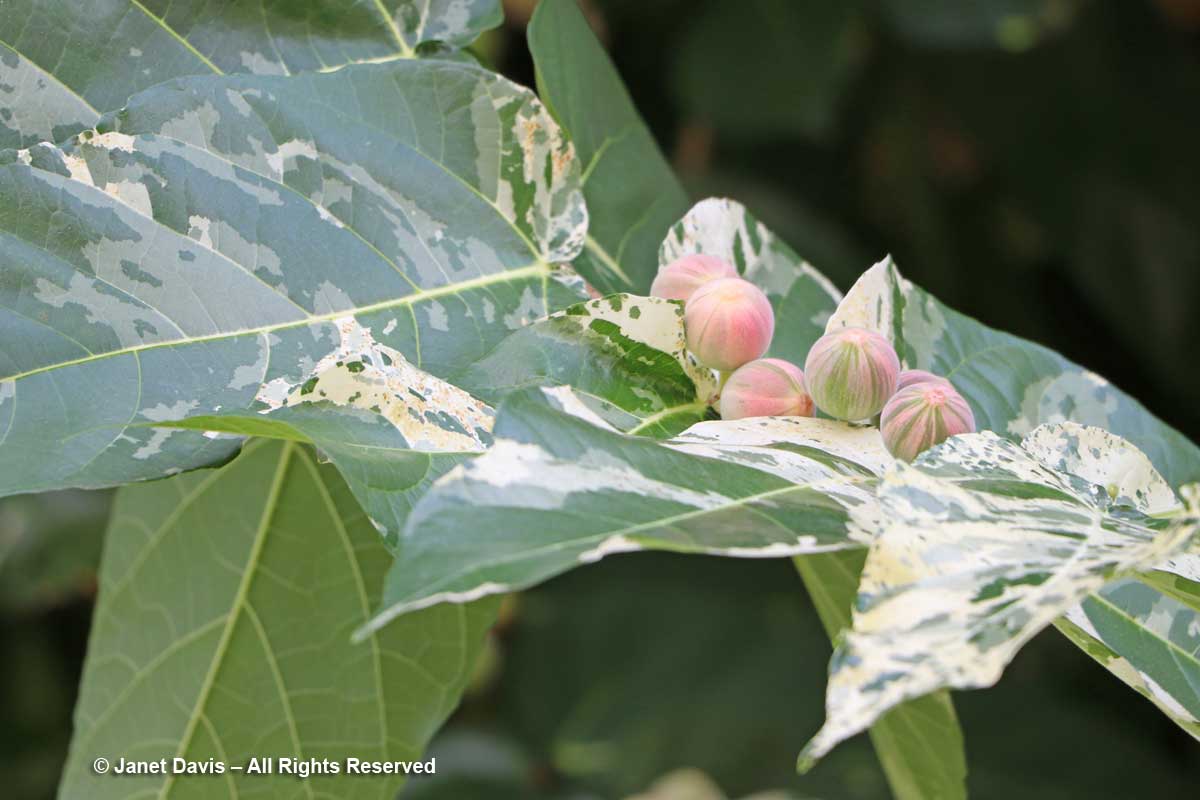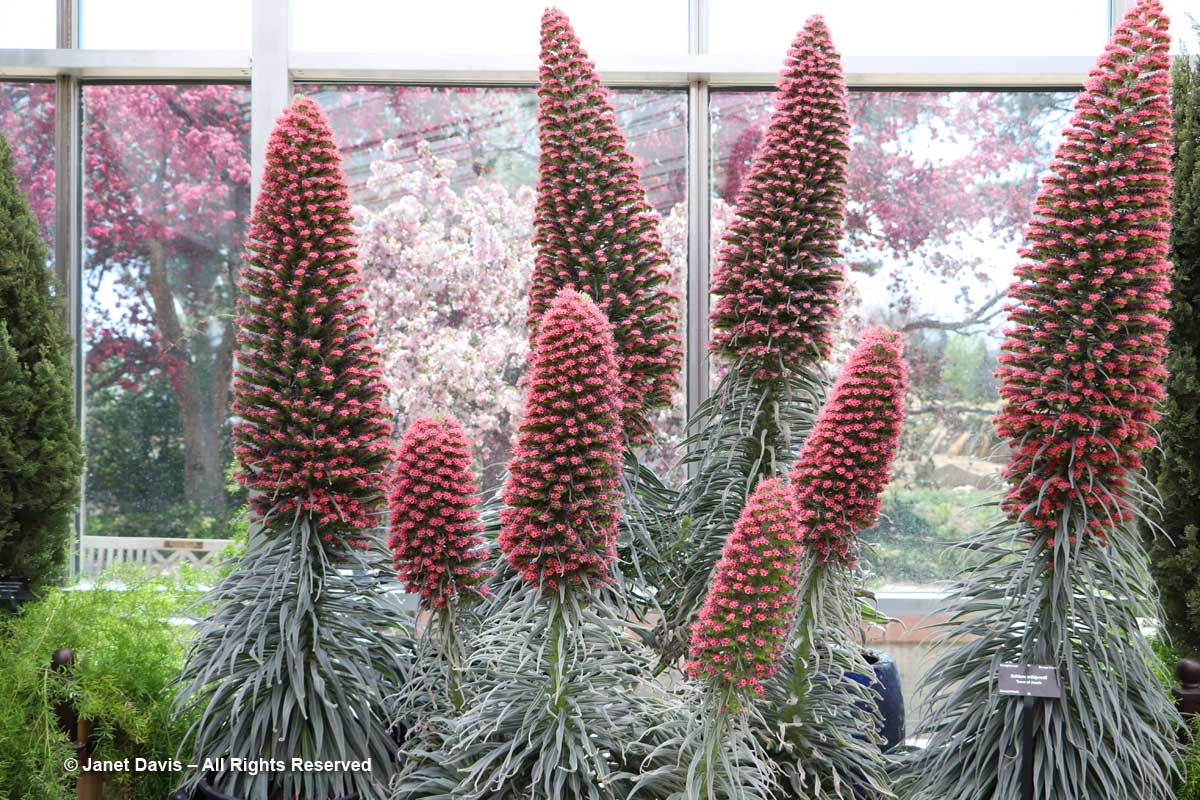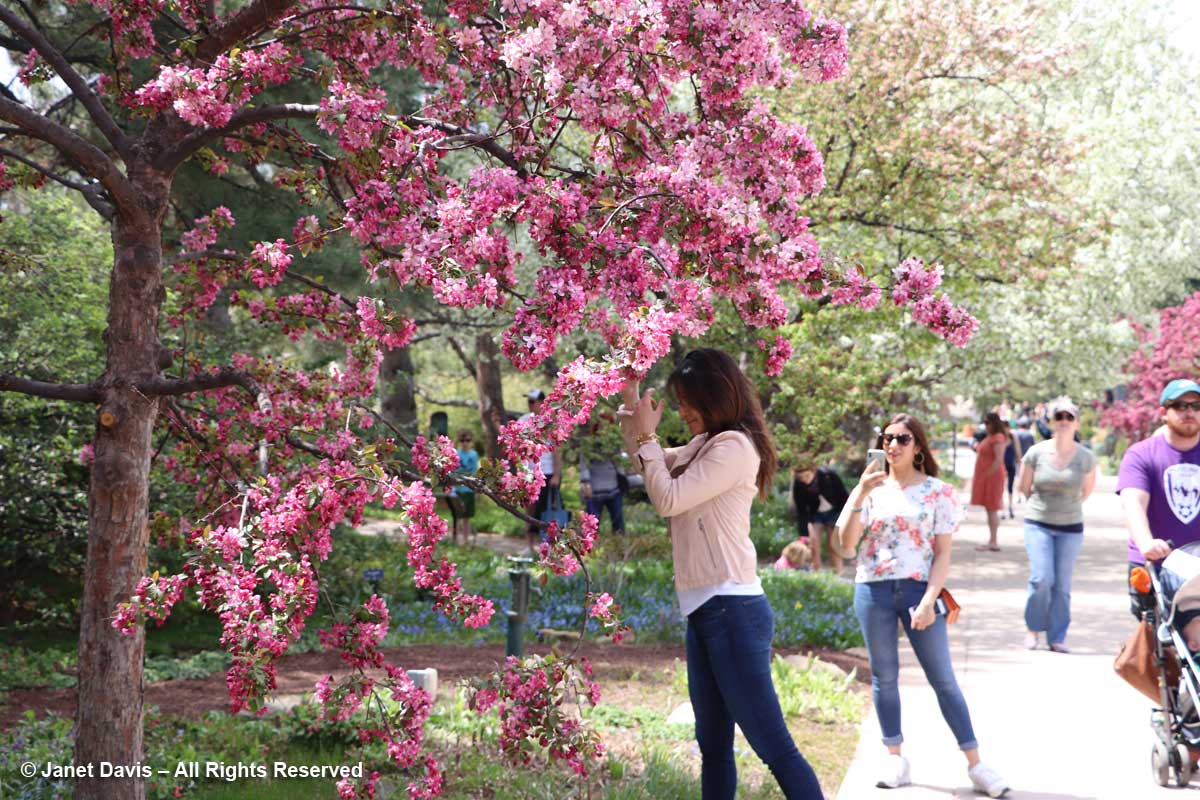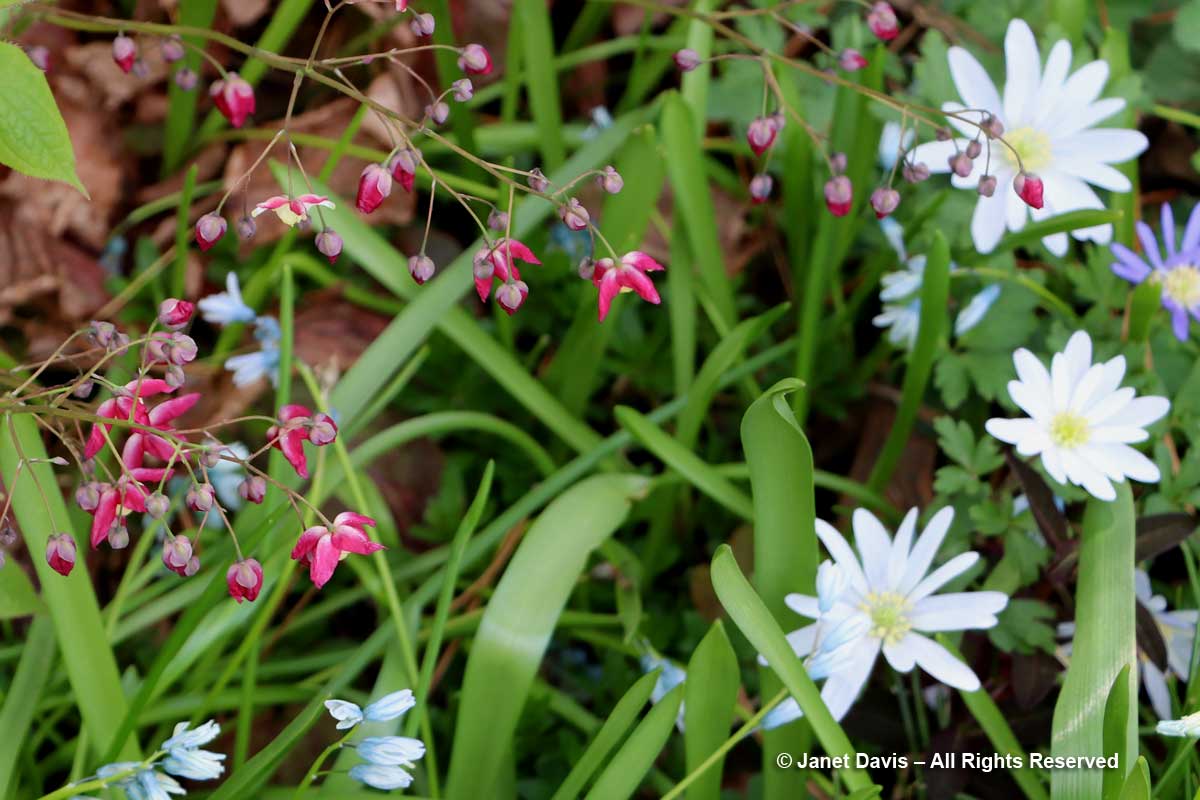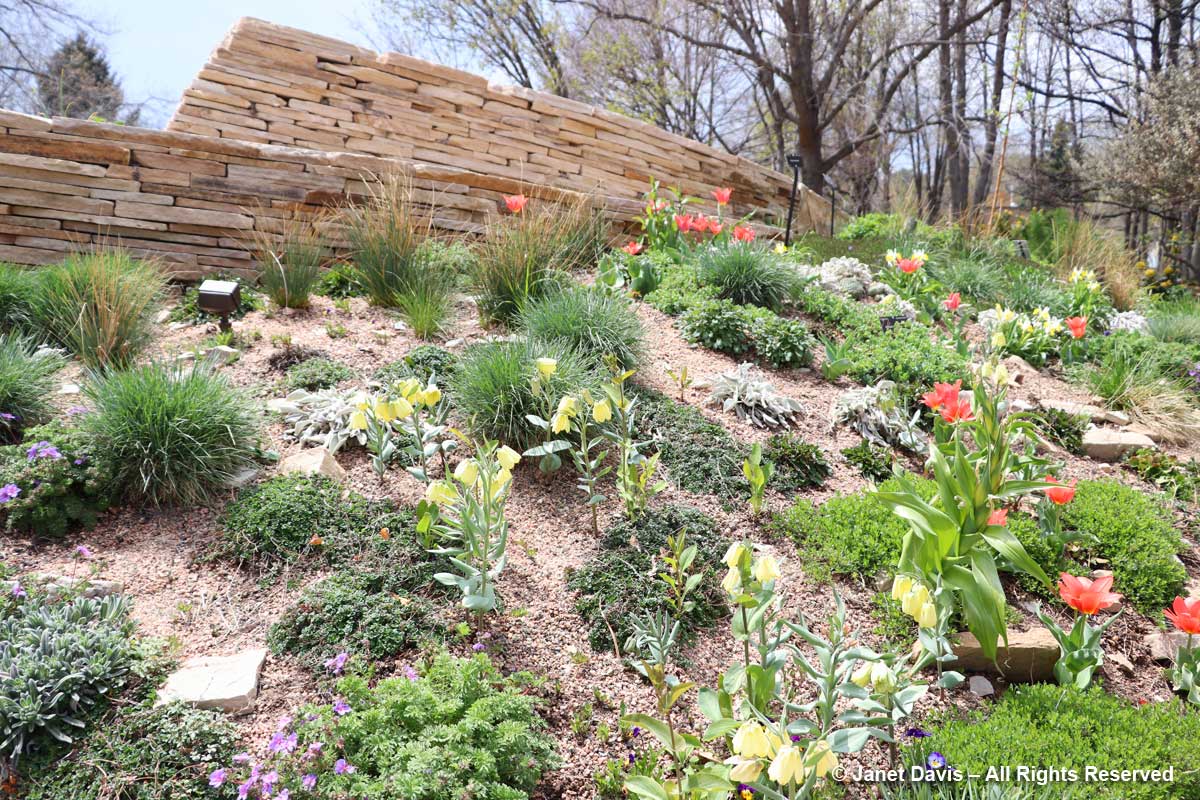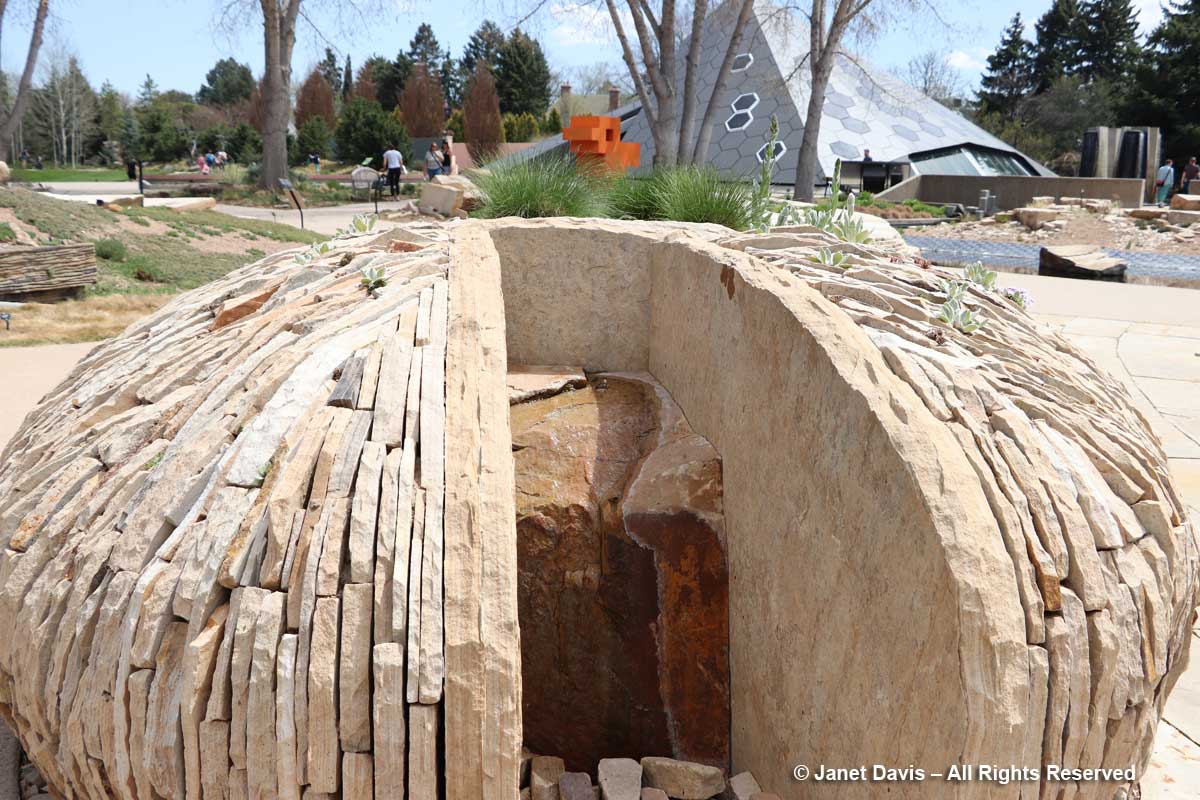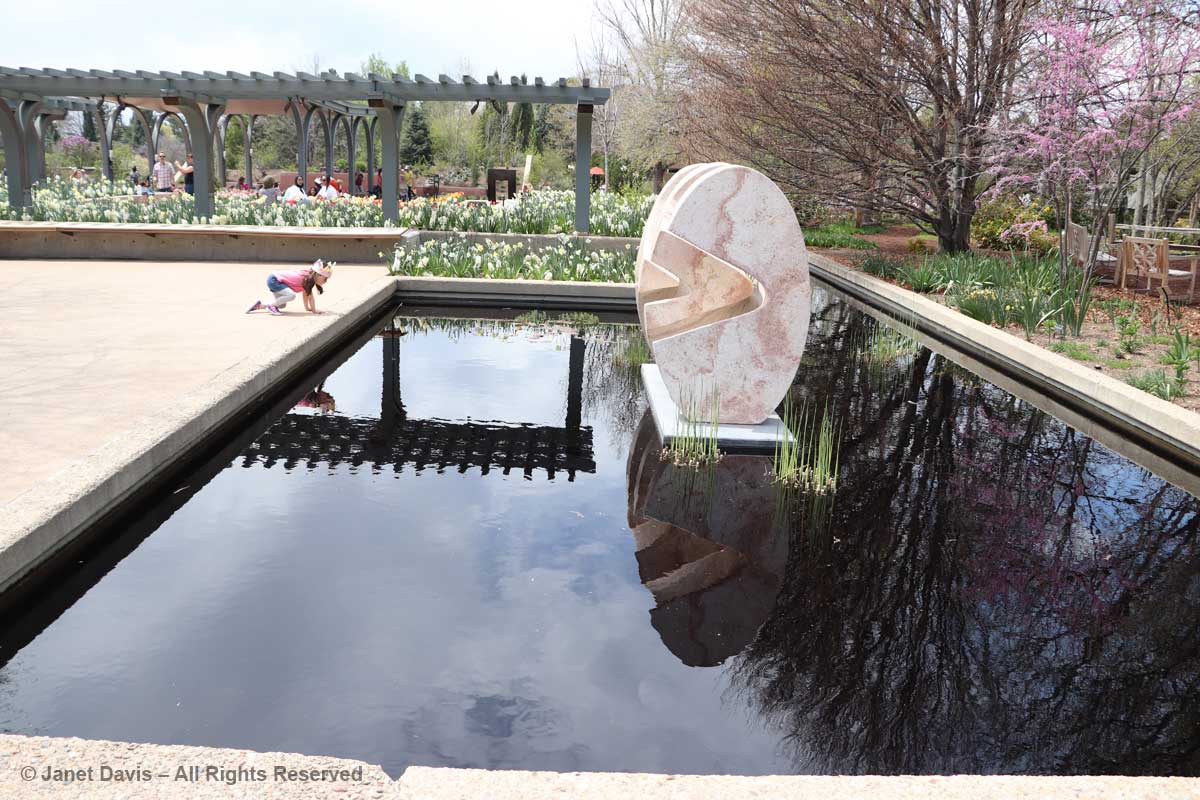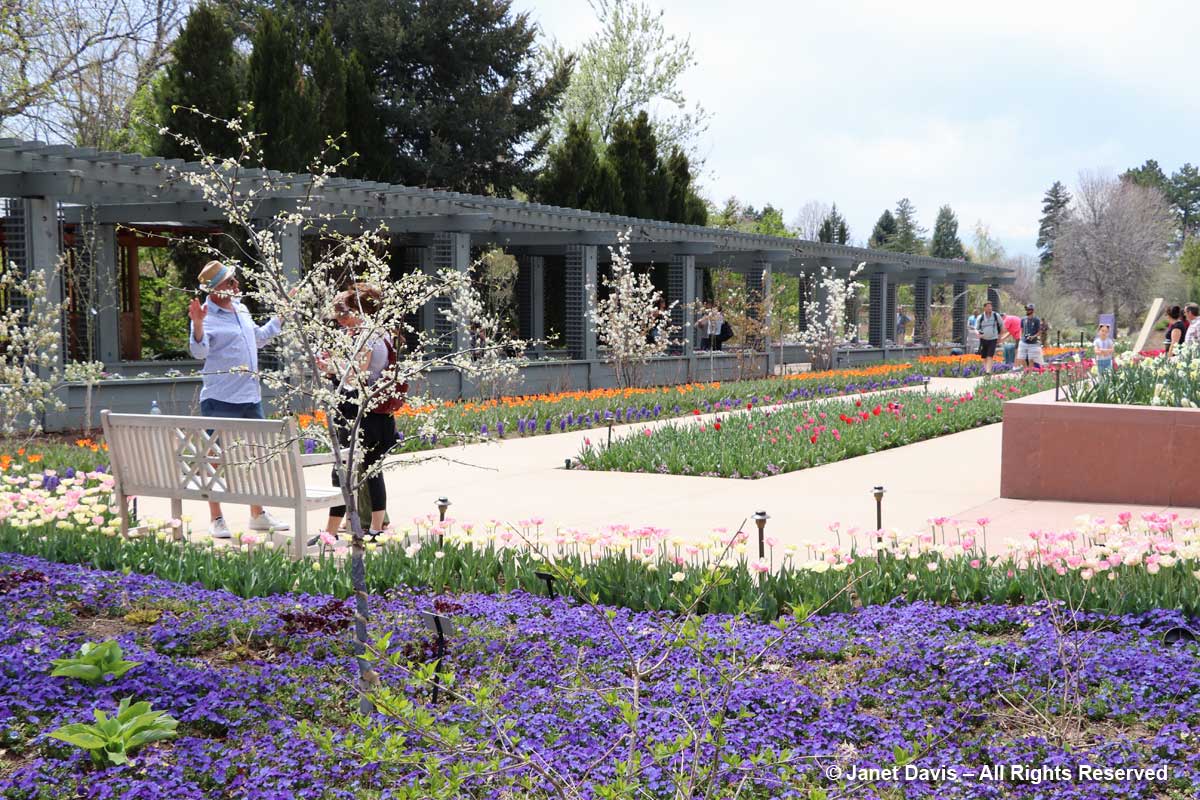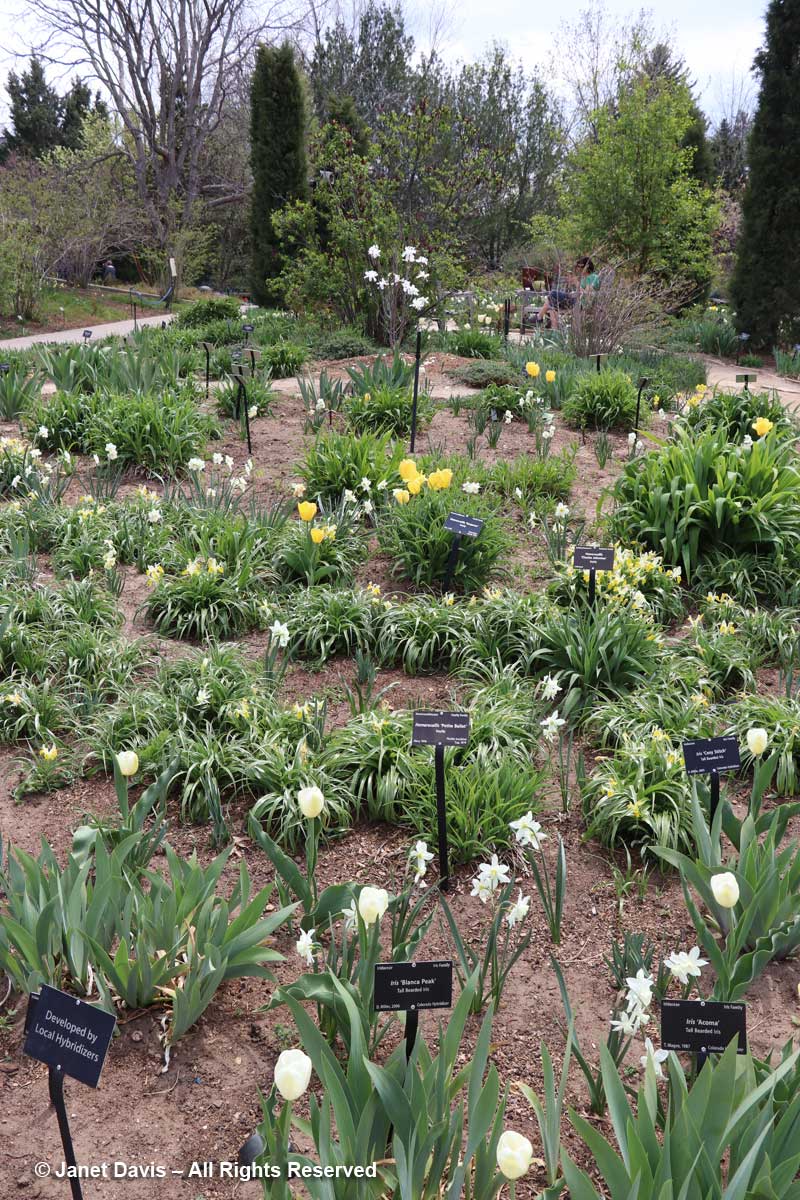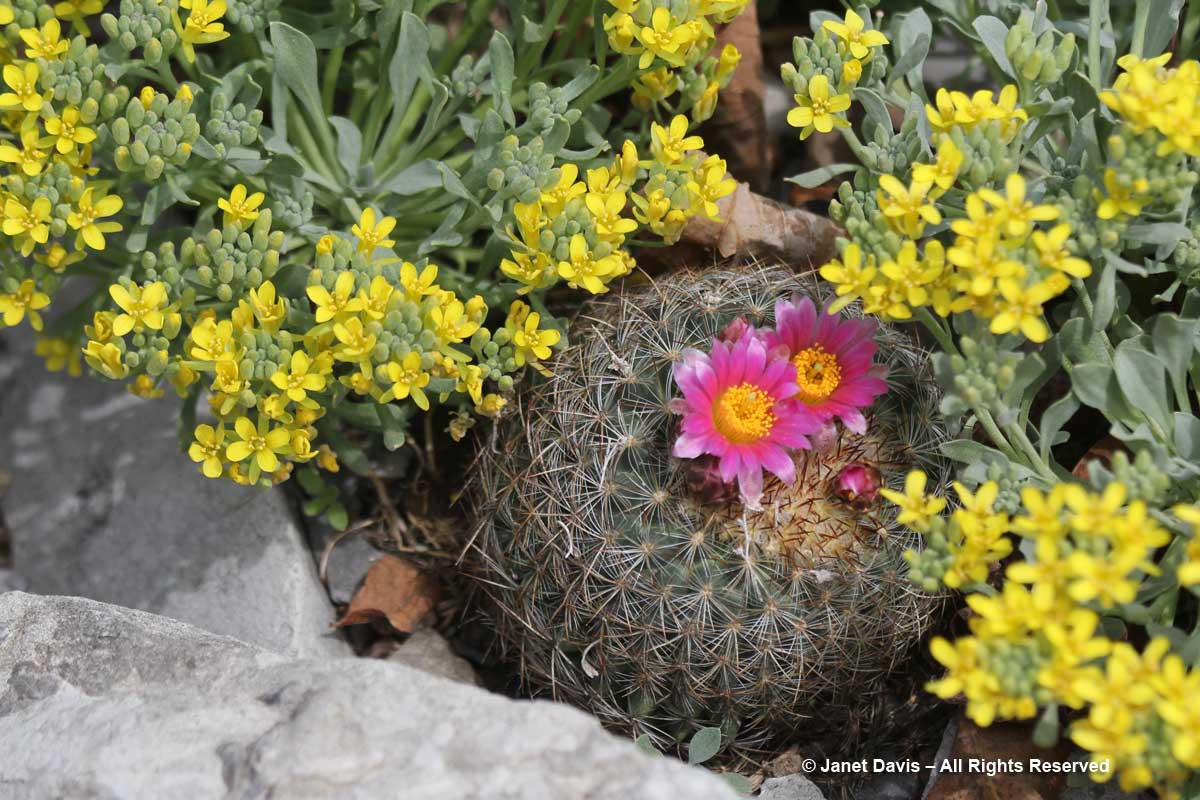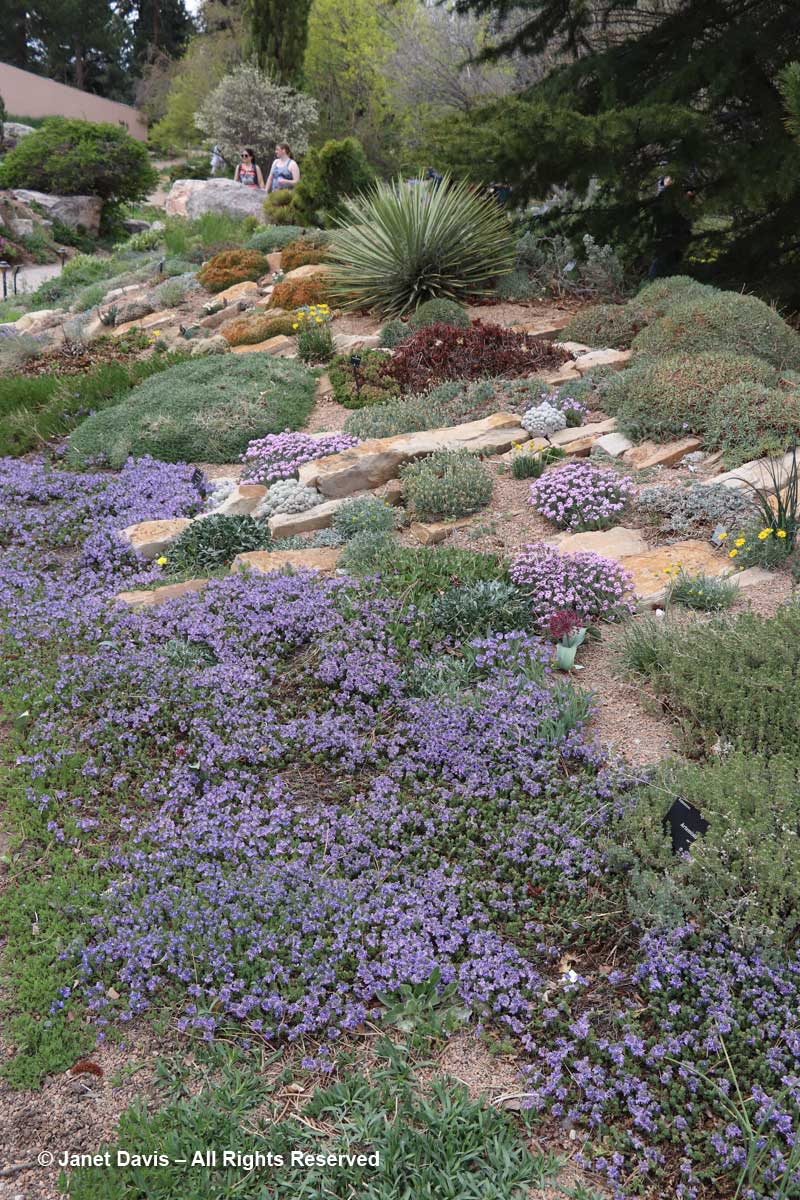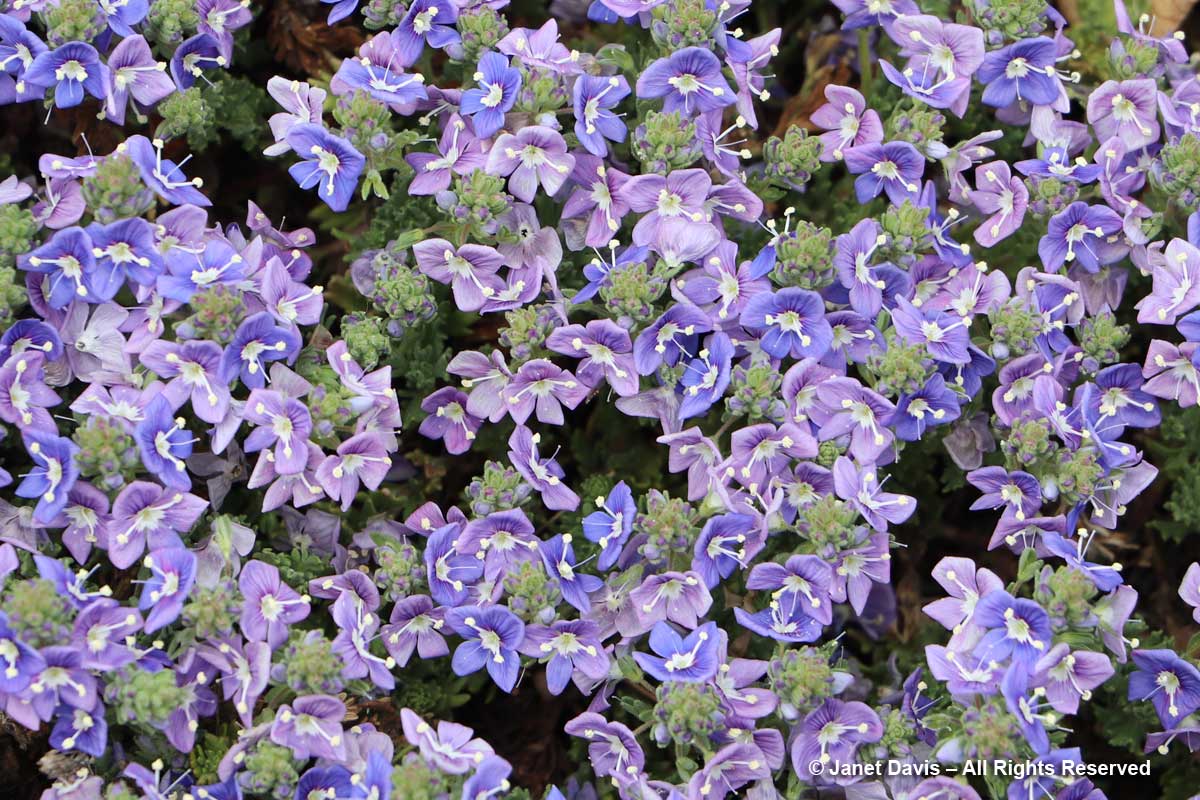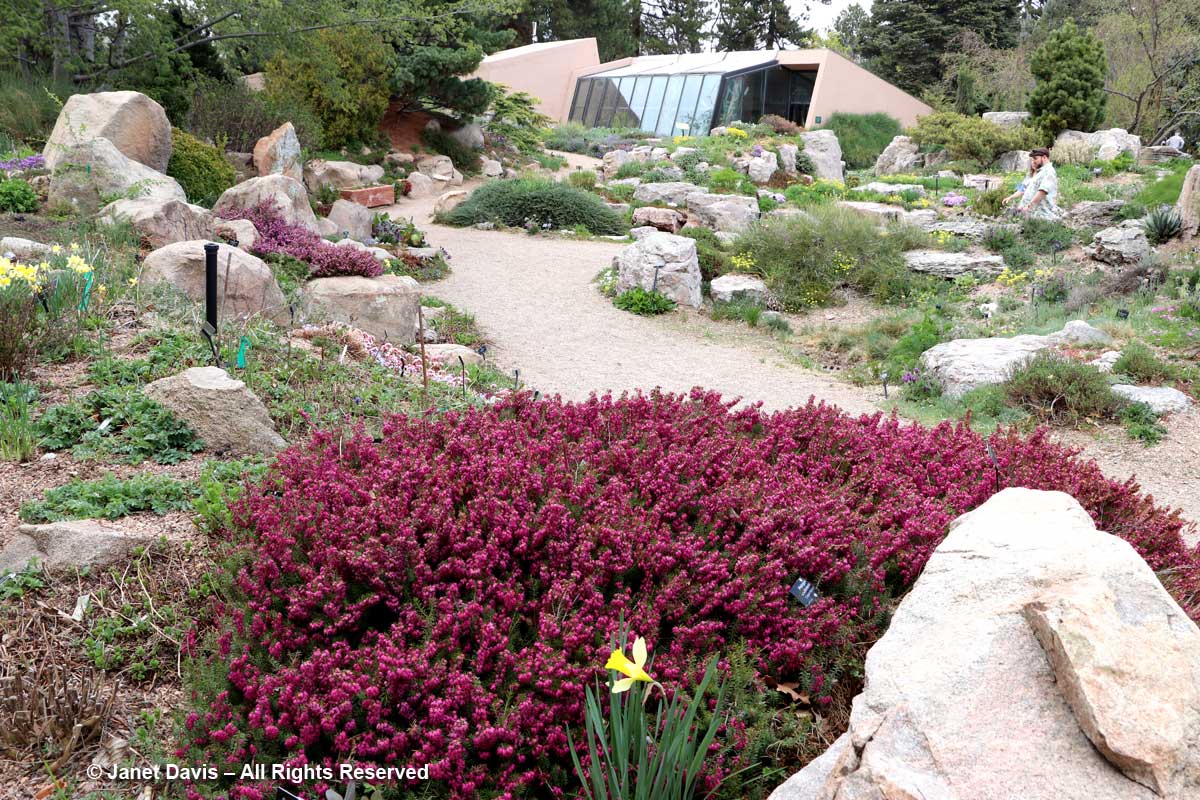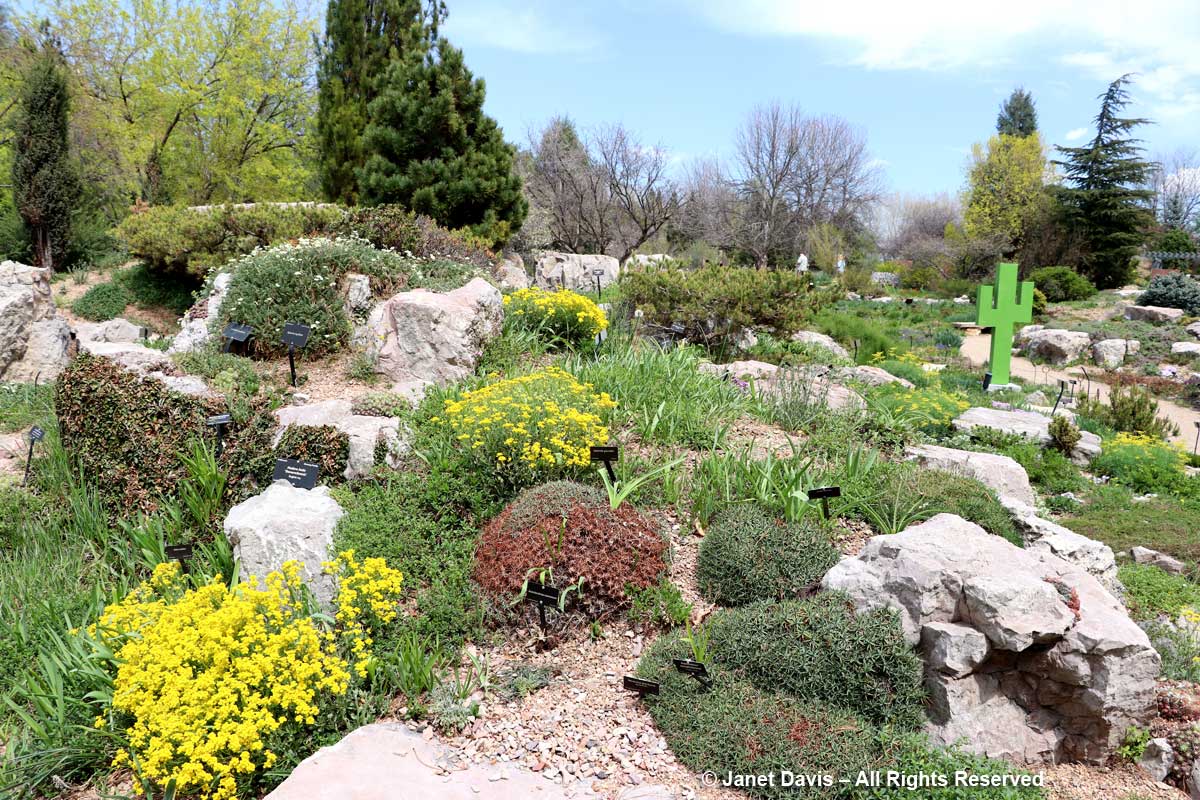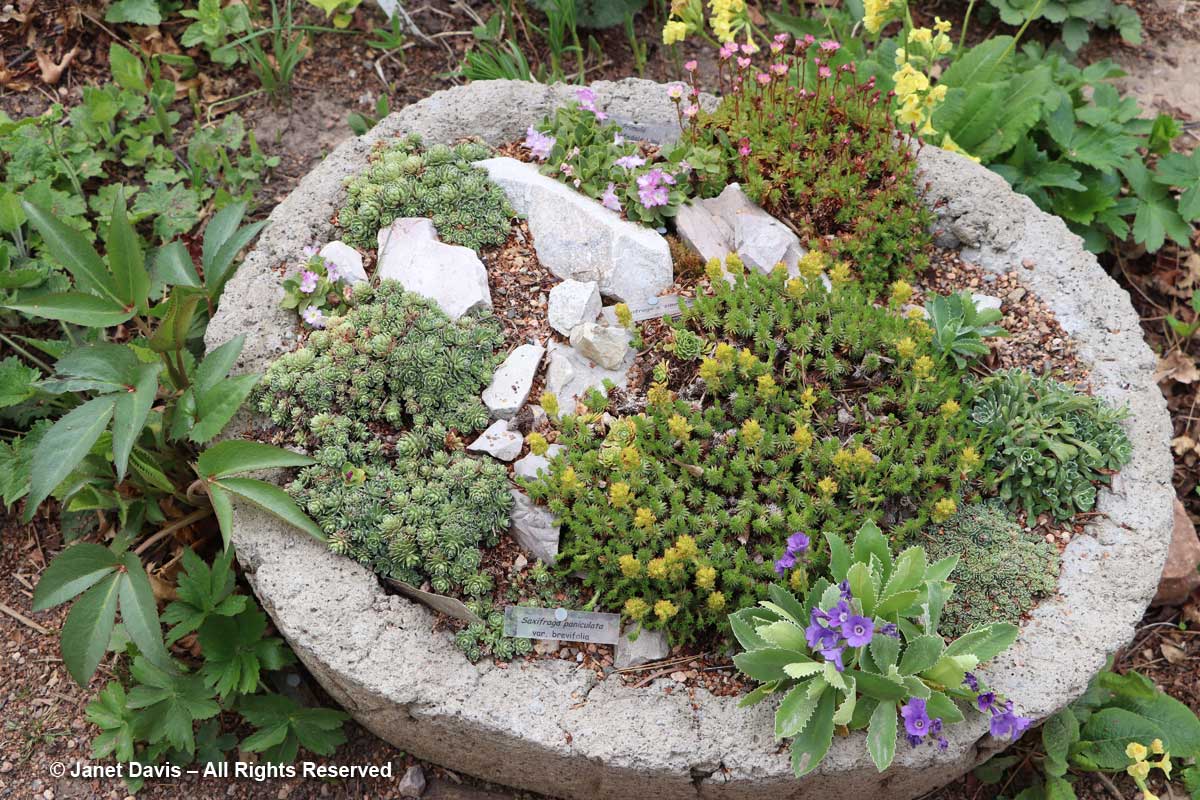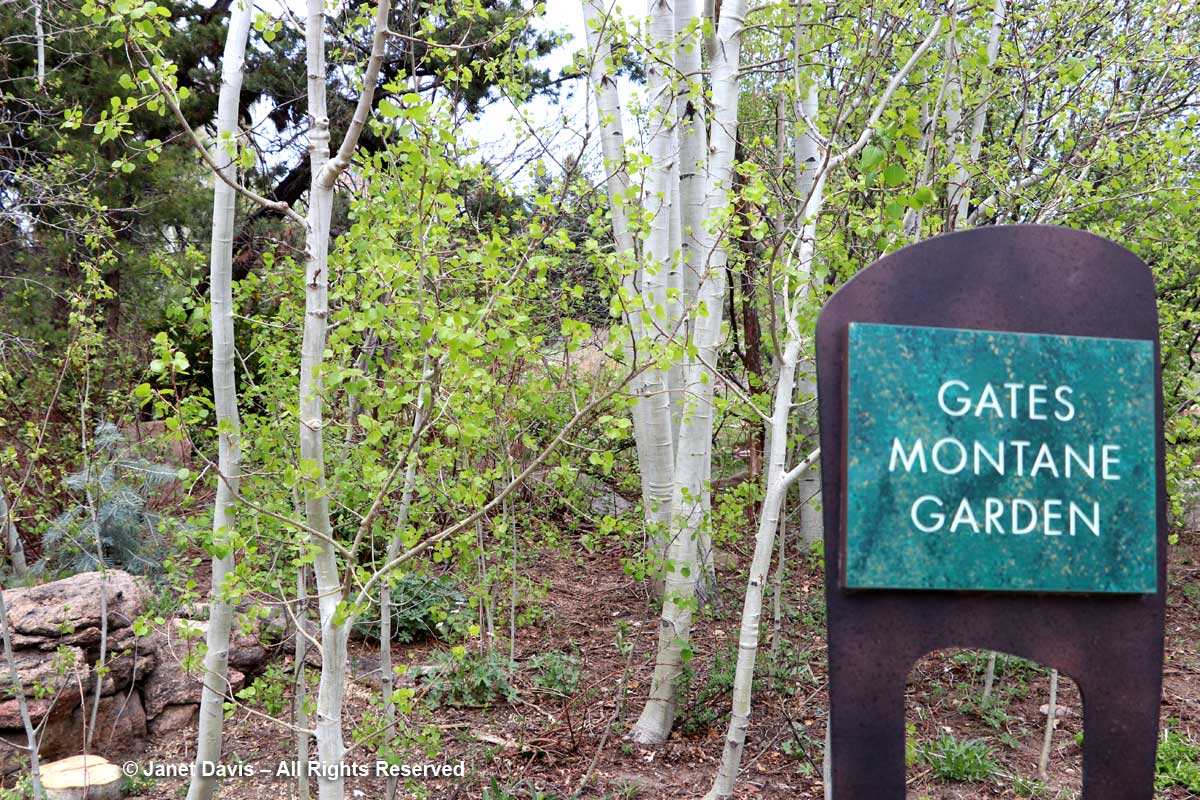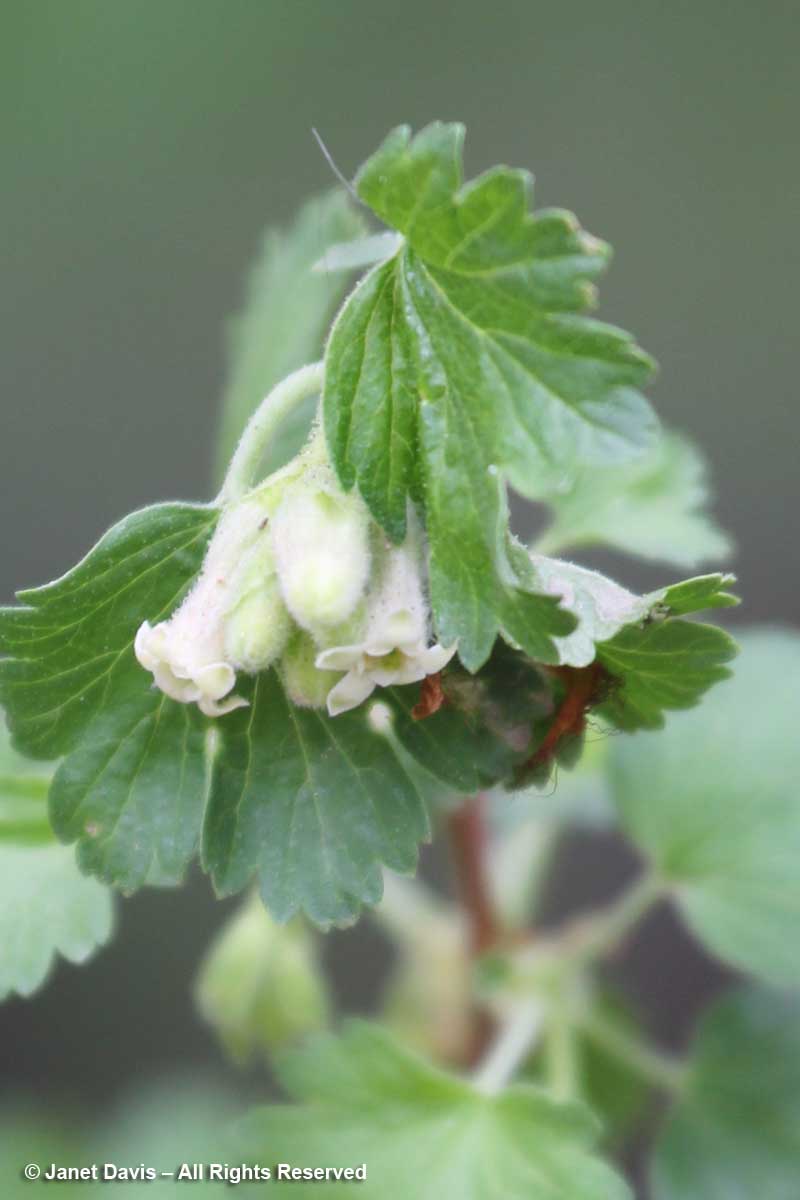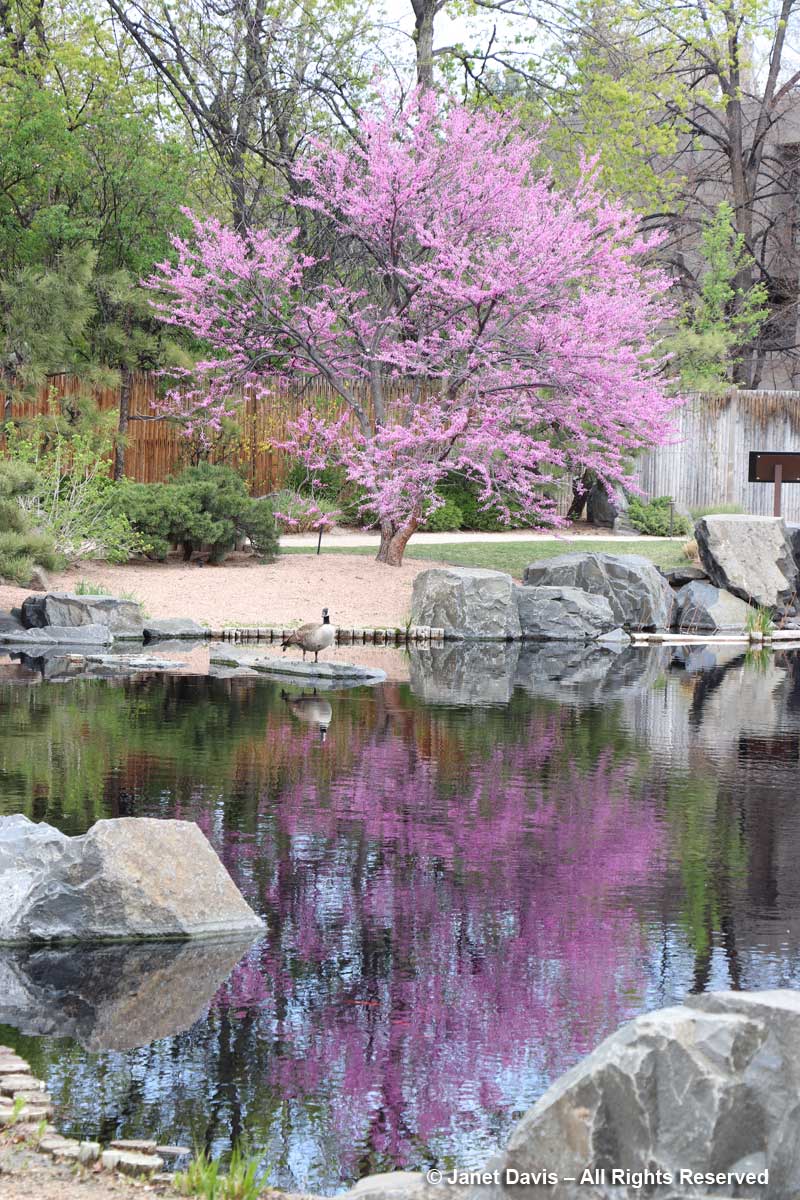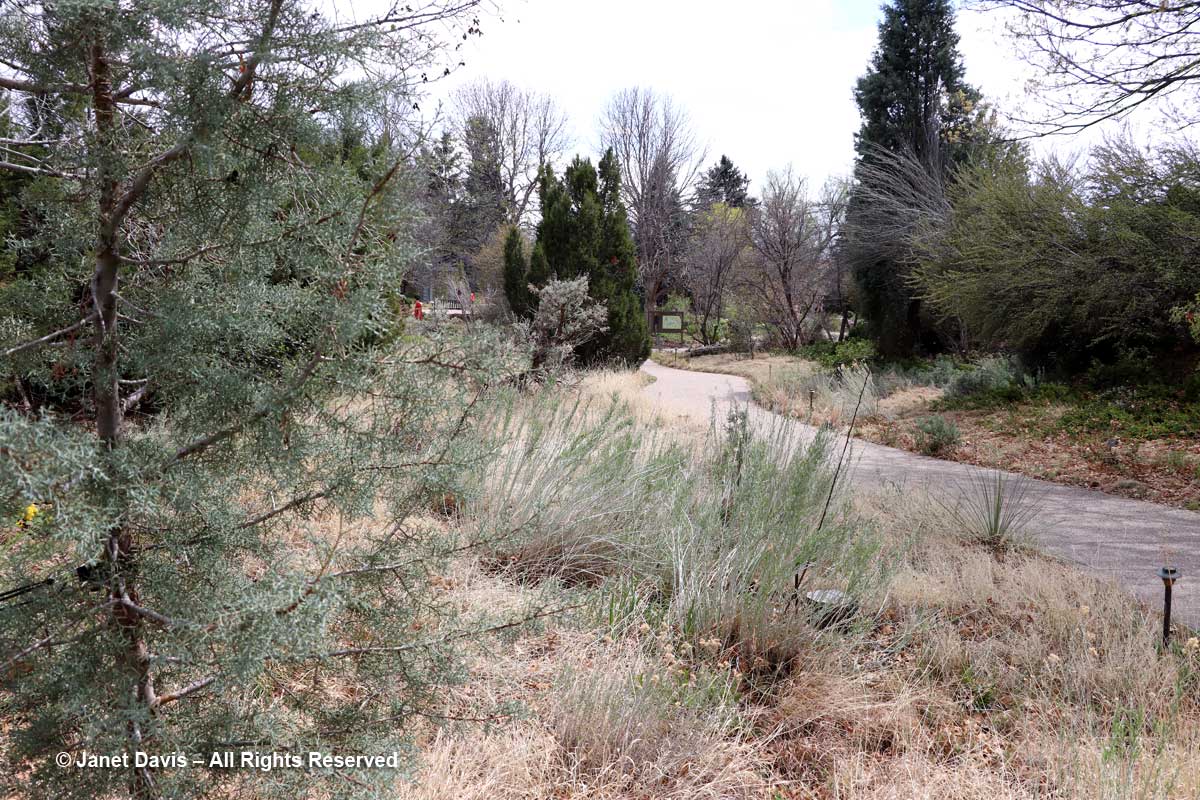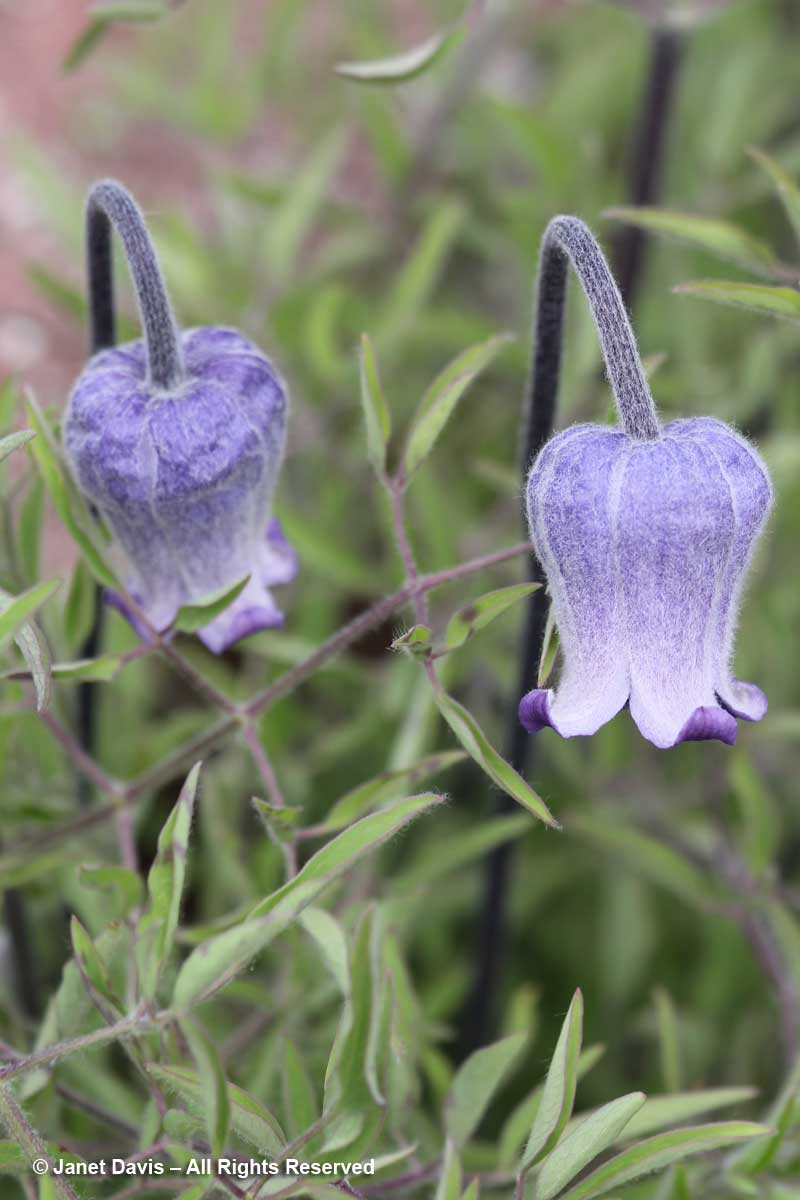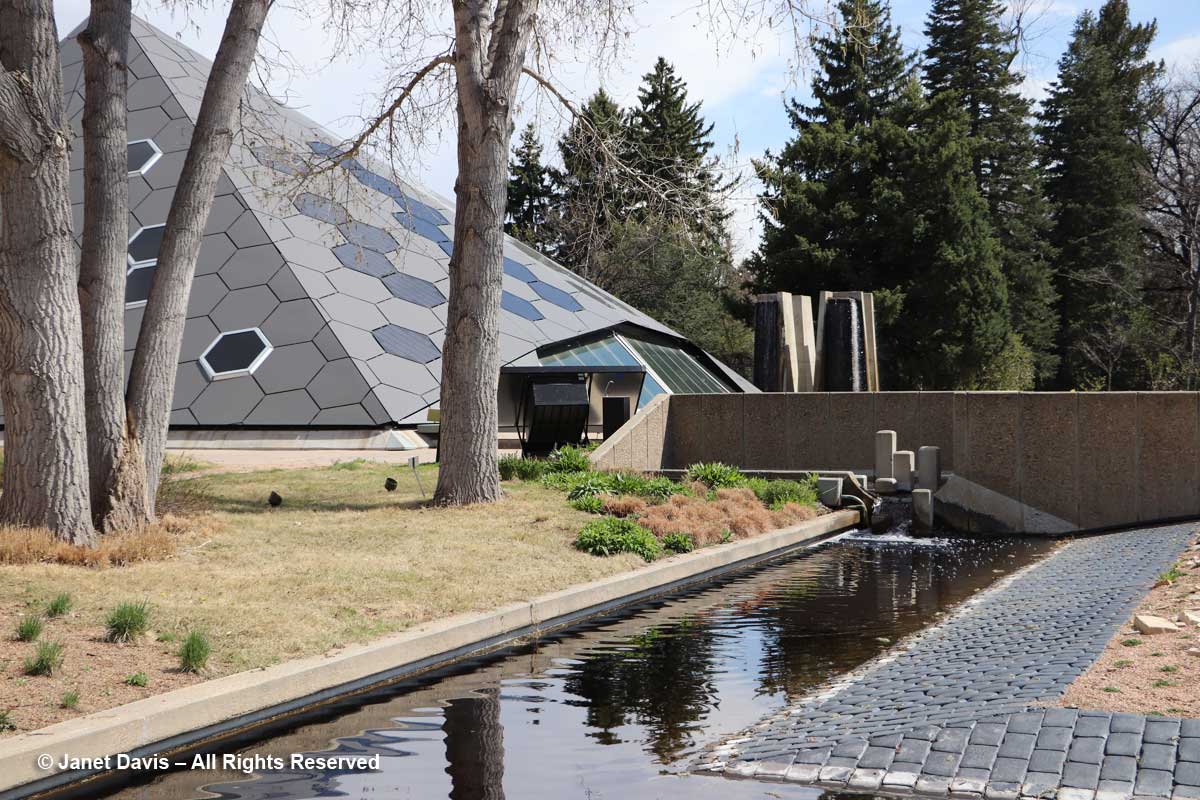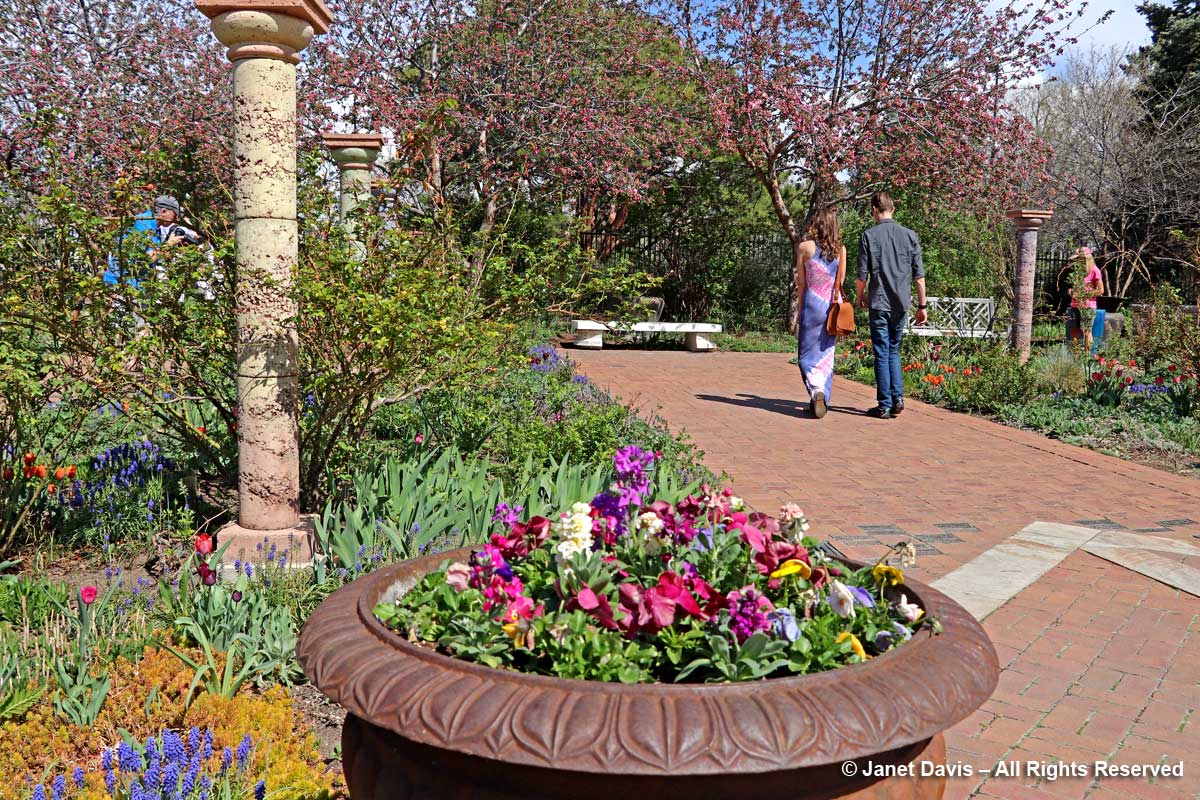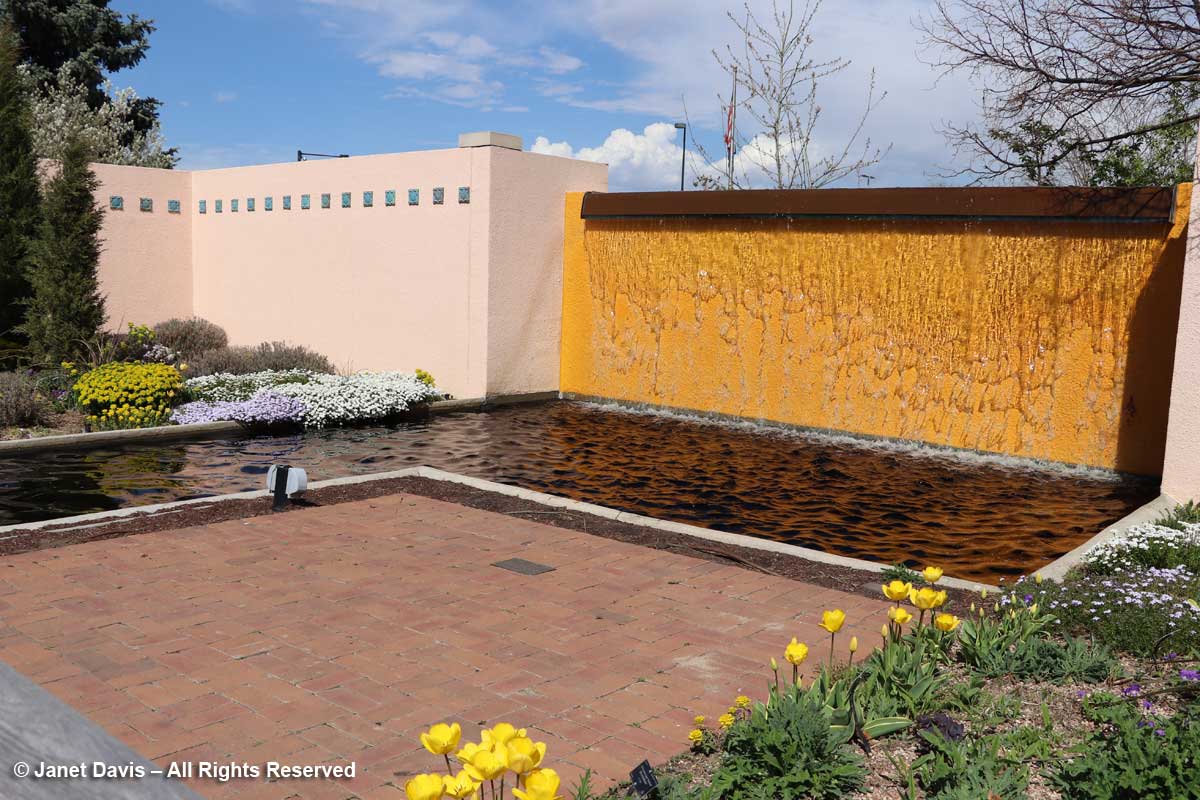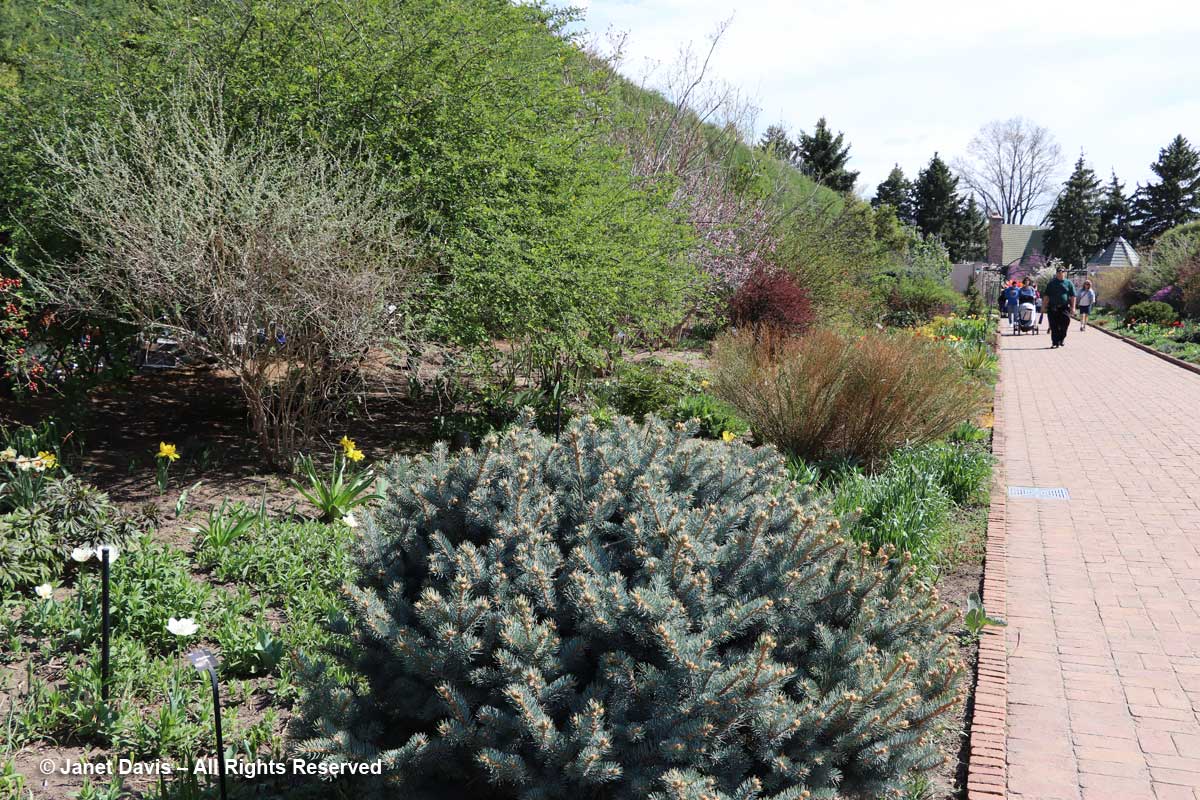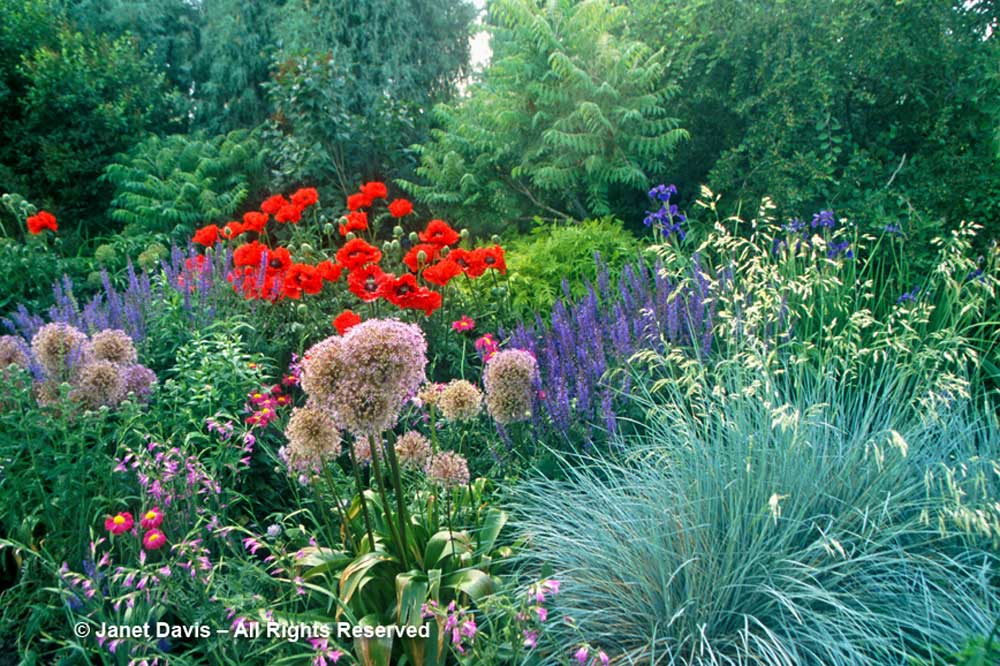It was another perfect spring day for this year’s edition of the Blossom Party, one of the TBG’s major fundraising events. Its lovely new name (it was formerly called the Woman to Woman Party) makes it more welcoming for all the men who like to attend this happy party, and I saw quite a few in the crowd yesterday.
But it’s also about friendship and celebrating spring and the gardening season after a long, cold winter. There were friends at tables on the Westview Terrace….
…..and TBG supporters like Jim Mosher of Landscape Plus Ltd., a Blossom Party sponsor, here with family members of his company…..
….. and Mary Gore, centre, with members of her accounting firm. She owns one of Toronto’s finest gardens out in the Beaches.
There were friends at tables in the tent…..
…. and friends in deep conversation under the warm sun (but fortunately not the blazing-hot sun of the day before!)……
…. and friends checking out the TBG’s Edibles Garden, still planted with spring bulbs (hello Janet & Patsy!).
I found Kathy Dembroski, founding patron of the Blossom Party Committee, at a table with her friends.
You might know her name from the TBG’s principal building. This is what generosity in Toronto looks like, as I saw it after a lecture late one night! Thanks to George and Kathy, as always.
And speaking of sponsorship, flowery hats off to TD Wealth for providing the major sponsorship for this lovely event!
Some of my own garden writing pals were wearing their finest. This is Aldona Satterthwaite, who was the editor of Canadian Gardening Magazine for eight years, before becoming the TBG’s Executive Director for three years. She’s now happily retired and travelling the world and enjoying her garden and grandbabies.
Garden writers Tara Nolan and Sonia Day found a spot in the shade to trade stories. And Sonia later won the Monica van Maris Green Professionals Woman of Influence Award from Landscape Ontario!
I handed my camera to the TBG’s beautiful head gardener Sandra Pella (thanks Sandra!), to capture a moment with some of my long-time garden friends and colleagues. At left is Susan Dyer, a wonderful gardener and part of a dynamic TBG support team with husband Geoffrey, former chair of the garden’s board of directors. (They were also good friends with the late Christopher Lloyd, and Geoffrey Dyer set up the charitable trust for Great Dixter Garden in East Sussex, UK). Next is Bayla Gross, with whom I helped organize out-of-city garden tours for the old Civic Garden Centre (the TBG’s predecessor). In fabulous yellow is urban planner Lindsay Dale-Harris, former board member of the Civic Garden Centre and chief fundraiser a decade ago for the development of the new Toronto Botanical Garden. Then there’s a very warm garden blogger with a floral hat that’s drooping, but still quite perfumed. To my left is artist Susanne Drinkwater. Beside her is former Ryerson University School of Landscape Architecture professor Sue Macaulay.
I found horticultural gurus Owen Reeves and the TBG’s own Paul Zammit chatting under a Japanese maple.
It was the Blossom Party – so NATURALLY there were flowers, not just in the lovely gardens, where willowleaf amsonia, lilacs and alliums were putting on a show….
…. but all over the party venue. This was the spectacular mannequin under the marquee, courtesy of Fleurs de Villes.
And this was a lovely windowbox display inside the new-this-year Spa Room.
Of course, there were flowers in the main tent, at the bar…..
…. and at each table, courtesy of a dozen of the city’s most fabulous floral designers. Here are just a few; it would be hard for me to pick a favourite, but peonies are perfect for this time of year…..
….. and more peonies (what great vases!)…..
….. and chic calla lilies…
…… and luscious ranunculus with lily-of-the-valley and freesias (this was my fave.)
There were dancing ‘flowers’ in the garden as well, featuring a trio from Hit & Run Dance Productions, from left Järvi Raudsepp, Minami Suzuki and Elizabeth Gagnon.
To the envy of many of us with feet squeezed into high heels, they took to the water channel on the Westview Terrace barefoot to perform one ballet…..
…. and greeted visitors as they arrived, along with fetching aerial artist Jamie Holmes.
Here’s a taste of some of their performance:
Are you thirsty yet? We could have a glass of rosé….
…. or we could sip one of the hottest-coolest new drinks, a botanical treat whose eponymous…uh, pea-forward… garden won a Gold Award at this years’s Chelsea Flower Show. Meet Seedlip, which, though it’s non-alcoholic, would certainly make a nice pairing with gin, in my humble opinion. And since I’ve had the good fortune of sampling this fizzy herbal on two occasions this week (the first time featured an opened pea pod as garnish), I can tell you it’s a unique and delicious treat.
As always, the food was delicious and showed off the talents of some of Toronto’s finest caterers. These little crudité flowerpots were courtesy of Yorkshire Pudding Catering (who might make the best wedding cake I’ve ever tasted, anywhere….) The veggies are ‘planted’ in edible soil over green-goddess dip. Very gardenesque!
10tation Event Catering offered yummy bowls of vegan salad.
Encore Catering served up these delicate, mouthwatering morsels, “salmon poke taro taco”.
And Daniel et Daniel sweetened our palates with delectable desserts…
…. along with Eatertainment, who crafted these vegan chocolate terrariums with “edible soil”, sponge toffee and raspberries.
New this year in the Garden Hall was the Spa, with Murale providing make-up…..
…. and soothing hand massages.
Mindham Jewelry was there, too, and party-goers were seen trying on some of the bijoux. And isn’t that fascinator wonderful?
Yes, let’s face it. The Blossom Party is all about THE HATS! There were tall confections in yellow tulle….
…. and magnificent magenta with feathers!
I saw pussy willows…..
…. and scads of blossoms…..
…. and loads of pollinators.
Bees were well-represented….
…. as were butterflies!
TBG Executive Director Harry Jongerden, with Lorna McKay at left, was wearing his expansion hardhat!
Because, if you don’t know by now, the TBG is about to embark upon a massive expansion that will see it go from 4 to 35 acres and encompass Edwards Gardens.
Back to the party! There were baseball caps attached to floral balloons….
…. and hats that went perfectly with flowery frocks….
…including some that highlighted passionate purple….
….and azure-blue (hello Marjorie!)….
…..and shimmering white.
So many blossoms – fascinators, hats, dresses – what a lovely time of year in Toronto!
A few of us tried our hands at ‘fresh flower flourishes’. I compared notes with Barbara Fleming of the Garden Club of Toronto, who favoured roses, geraniums and hydrangea leaves….
…. while I wove a hat-band of Meyer dwarf lilacs and lily-of-the-valley from my garden for my own flowery chapeau. (For a how-to from 2016, read my lily-of-the-valley hat blog.)
CBC reporter Tashauna Reid was on hand to emcee.
Harry Jongerden made a few, brief comments and the Monica van Maris Green Professionals Woman of Influence Award co-sponsored by Landscape Ontario Horticultural Trades Association and Toronto Botanical Garden was presented to Sonia Day.
Then it was time for the winners of the hat competition, judged by some of Toronto’s most fashionable femmes. Sylvie Hatch was runner-up, with her perfectly accessorized, veiled, yellow-and-black chapeau.
And the top prize? It went to vivacious Tenny Nigoghossian, left, one of Toronto’s powerhouse fundraisers – pictured here with the TBG’s own powerhouse fundraiser, Claudia Zuccato Ria. Tenny told me she found her dramatic, bejeweled headpiece at an end-of-season costume sale at Canadian Stage Company Ltd., when she was Executive Director of Advancement there. “It was sitting unwanted on a table, going for $5 or $10, and no one wanted it. So I bought it.” It appears Tenny, who was sparkling all the way down to her stilettos (which was noted by the judges), knew a very good thing when she saw it.
There were a pair of great door prizes – a trip to the Arctic, courtesy of Adventure Canada (I’ve been on one of their spectacular cruises through Nunavut and Greenland, lucky winner!), and one that included air fare and accommodation to see the gardens of Pennsylvania, including gorgeous Chanticleer Garden in Wayne (here’s my double blog on that stunning garden, my very favourite public garden in the United States).
So ended another lovely Blossom Party, all proceeds going to benefit the good work of the Toronto Botanical Garden. May it thrive and grow for generations to come!


